(Fair warning, this will be a long post with a lot of pictures… there was a lot to see today.)
Our time on Saaremaa ended this morning and we headed for Tallinn, the capital of Estonia. We again had to take the ferry, which is thankfully only a 20 minute ride.
Once we arrived in Tallinn, we hit the ground running, which seems to be the only way we know how to function on our trips! Our hotel was just on the other side of a major arterial from old town. So with our bags dropped off at the hotel we were able to walk into old town, crossing a major arterial through an underground tunnel (with shops and entertainment in it), which came out into Freedom Square.
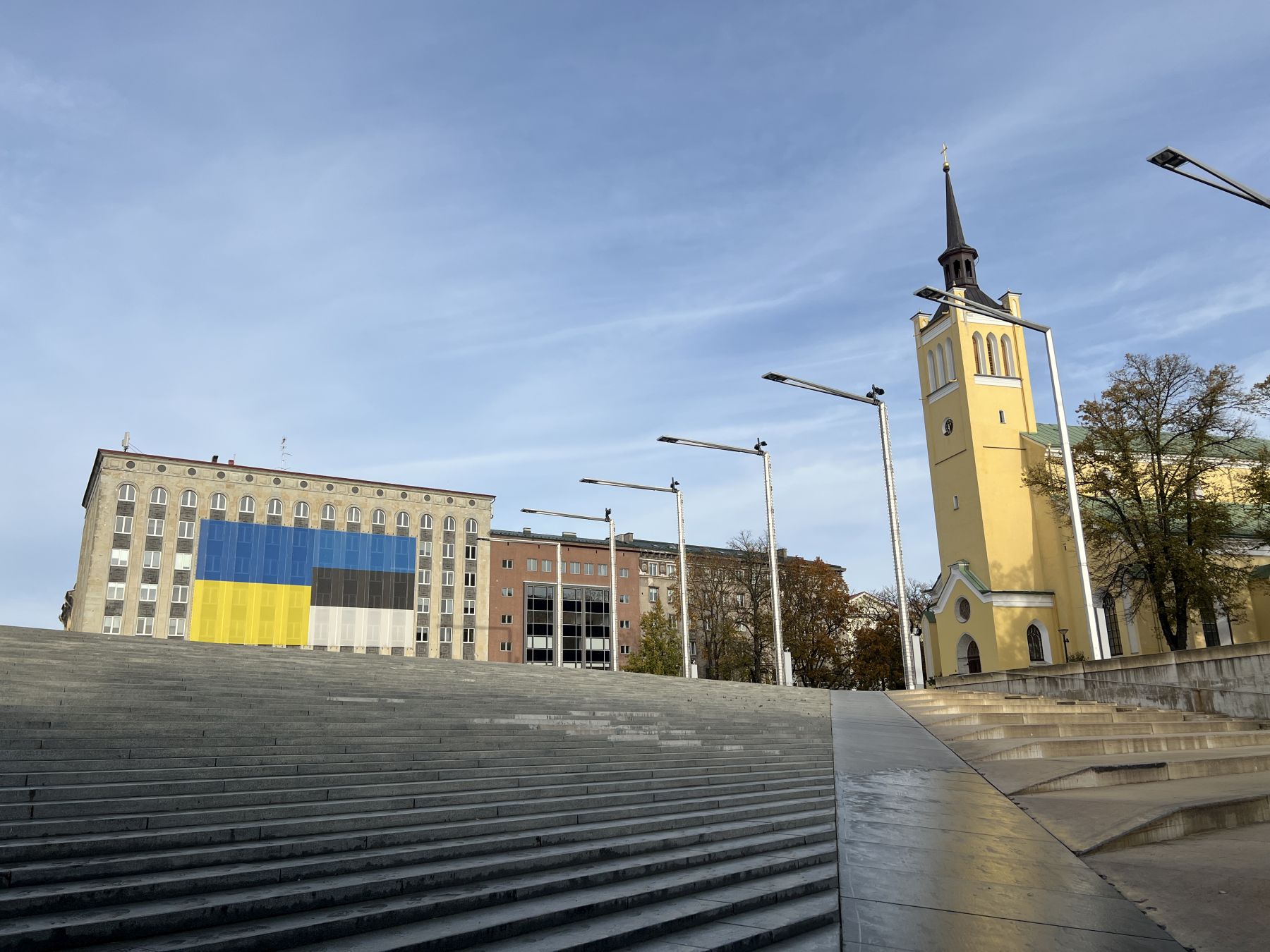
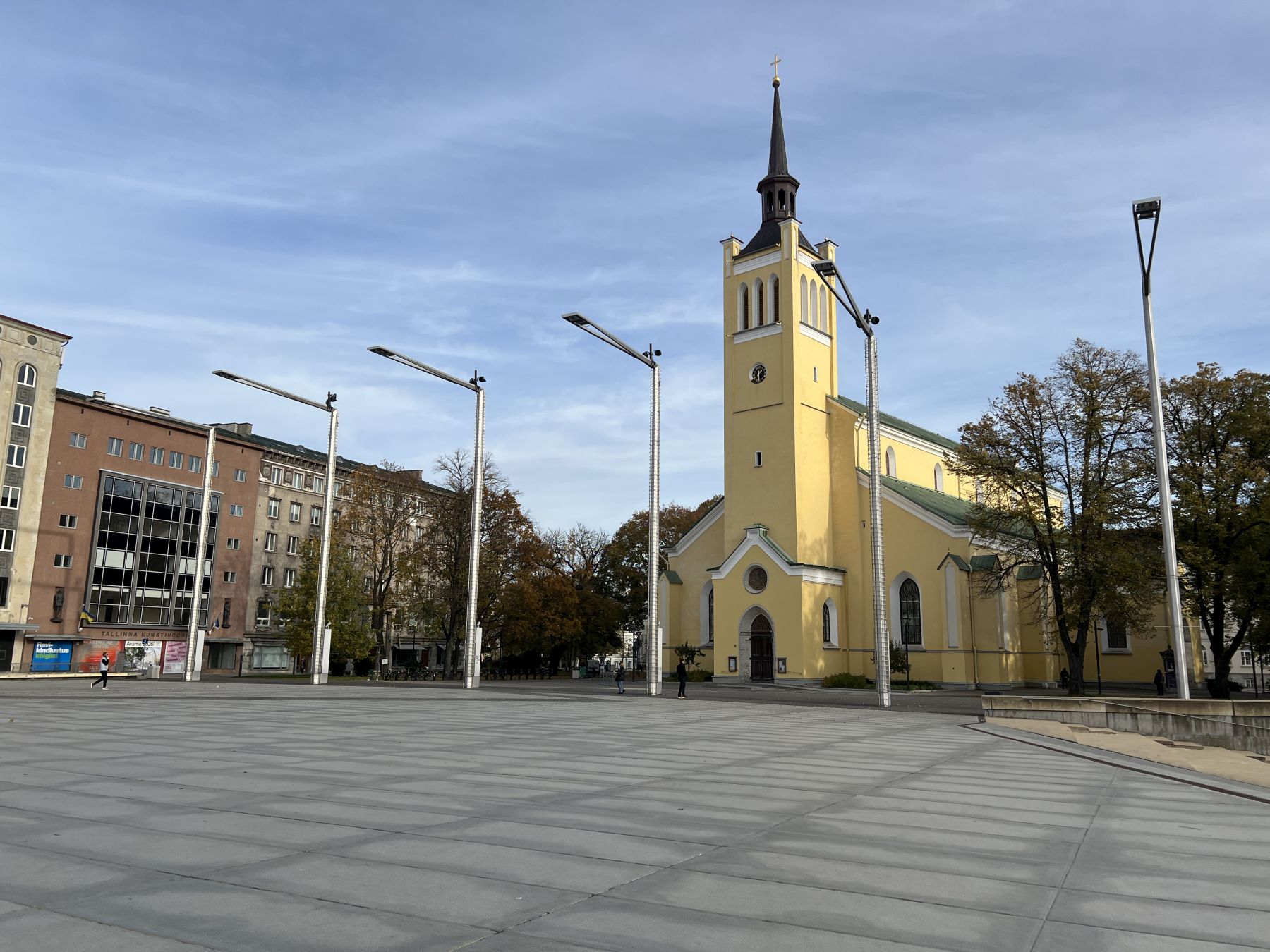
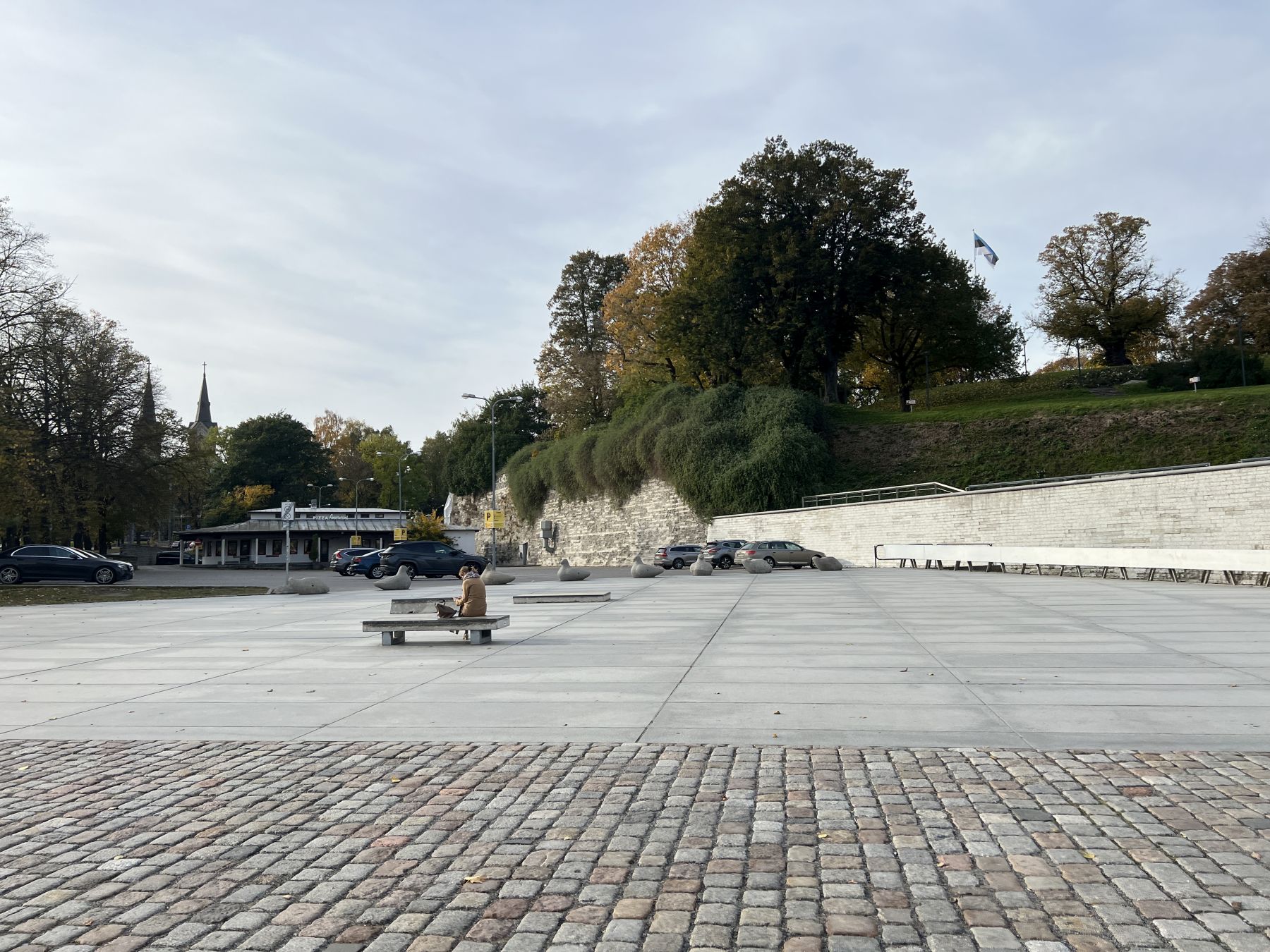
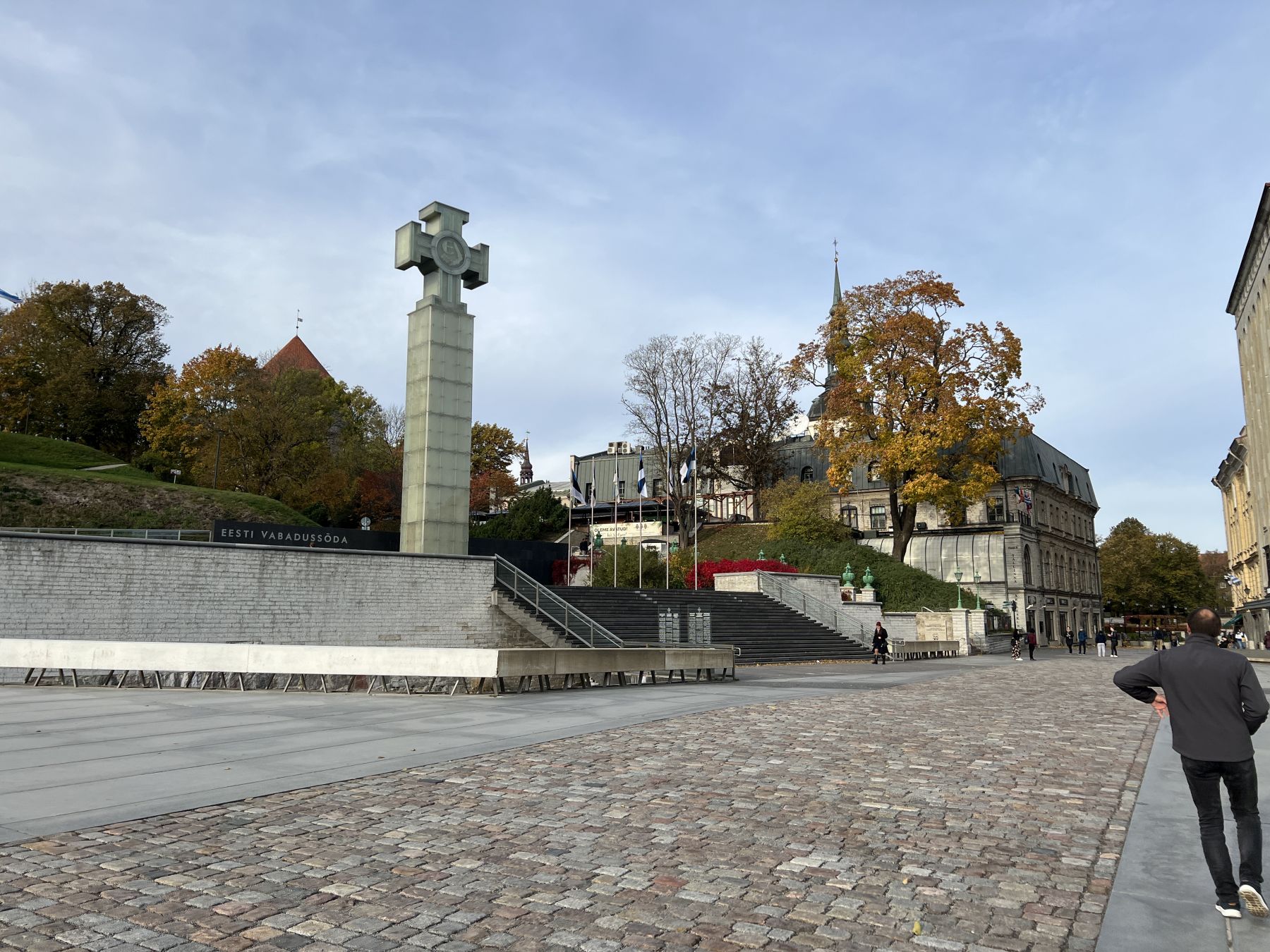
Walking through the area of the old gates, we decided we needed to find and eat lunch before our afternoon excursion. Just that first 5 minutes of the walk, as we were entering old town, we could already see many amazing sites and areas needing explored.
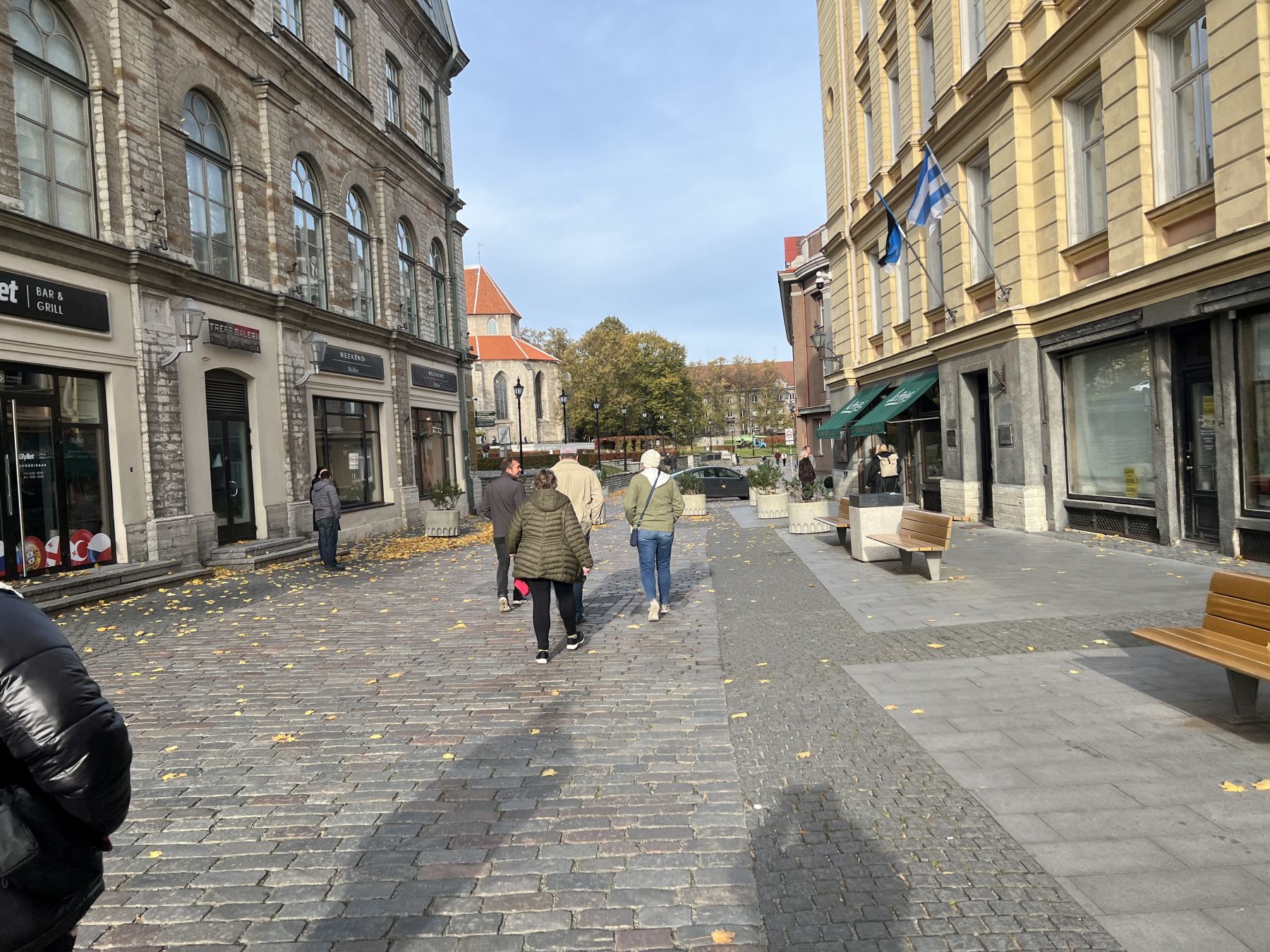
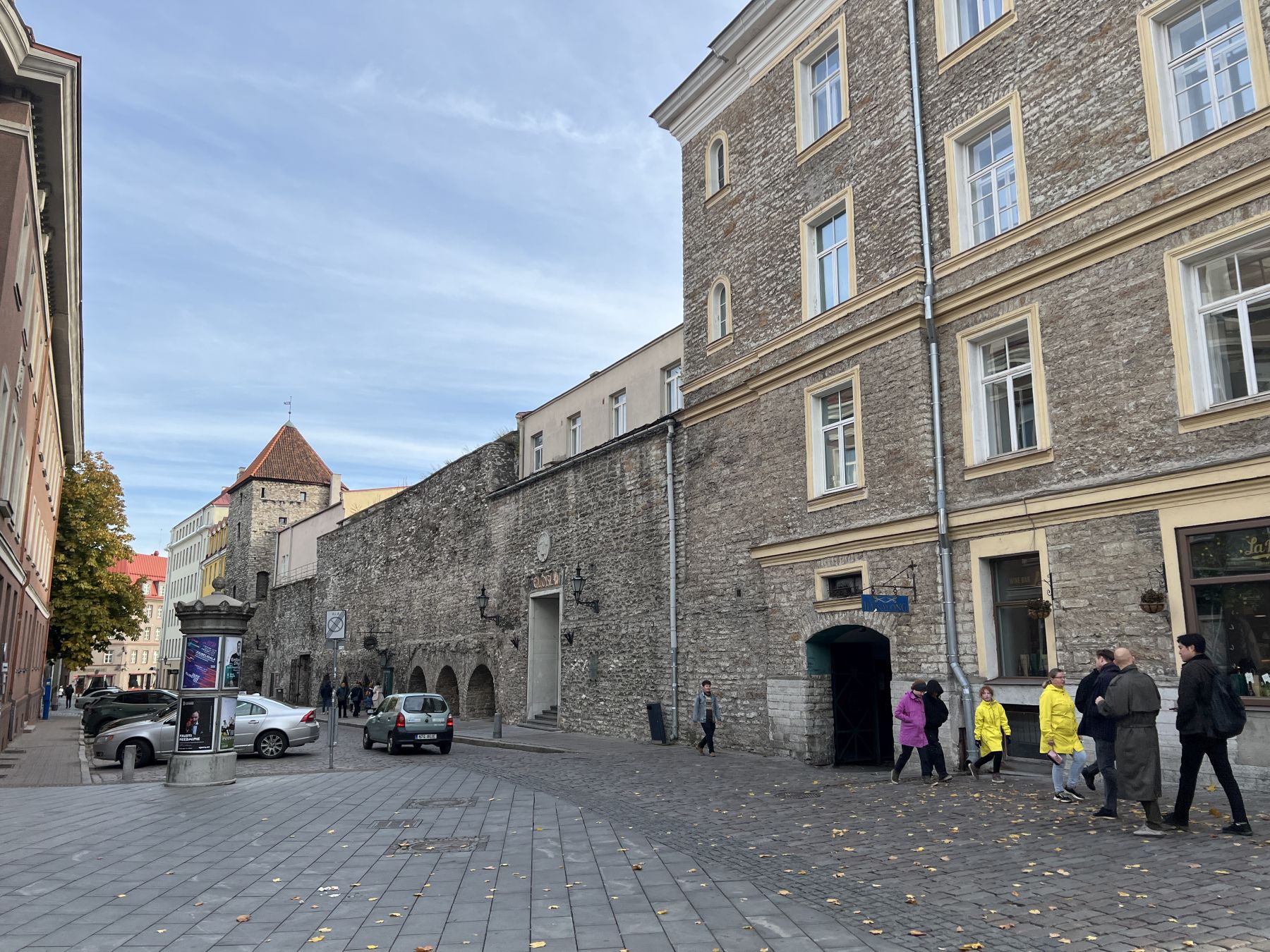
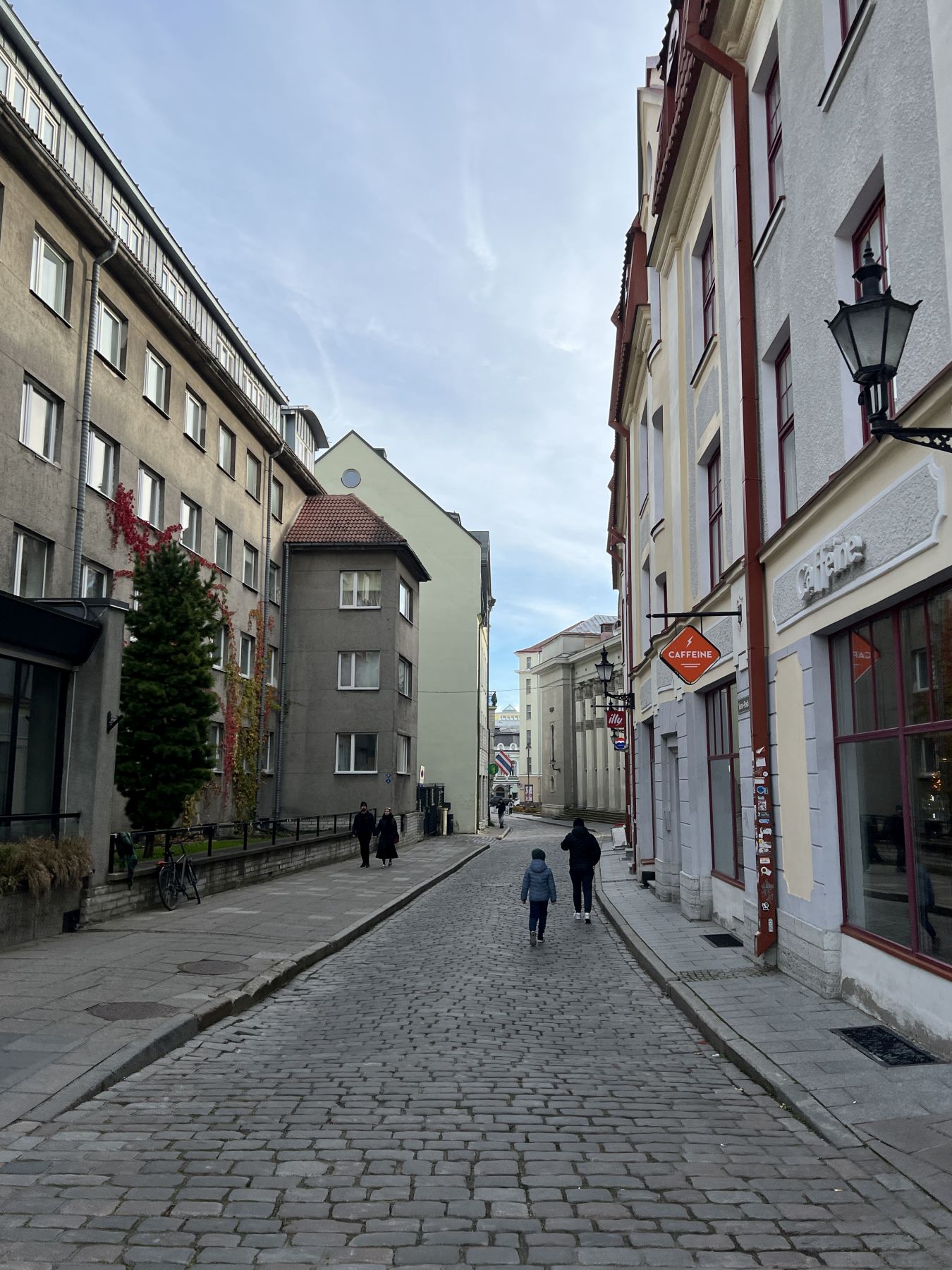
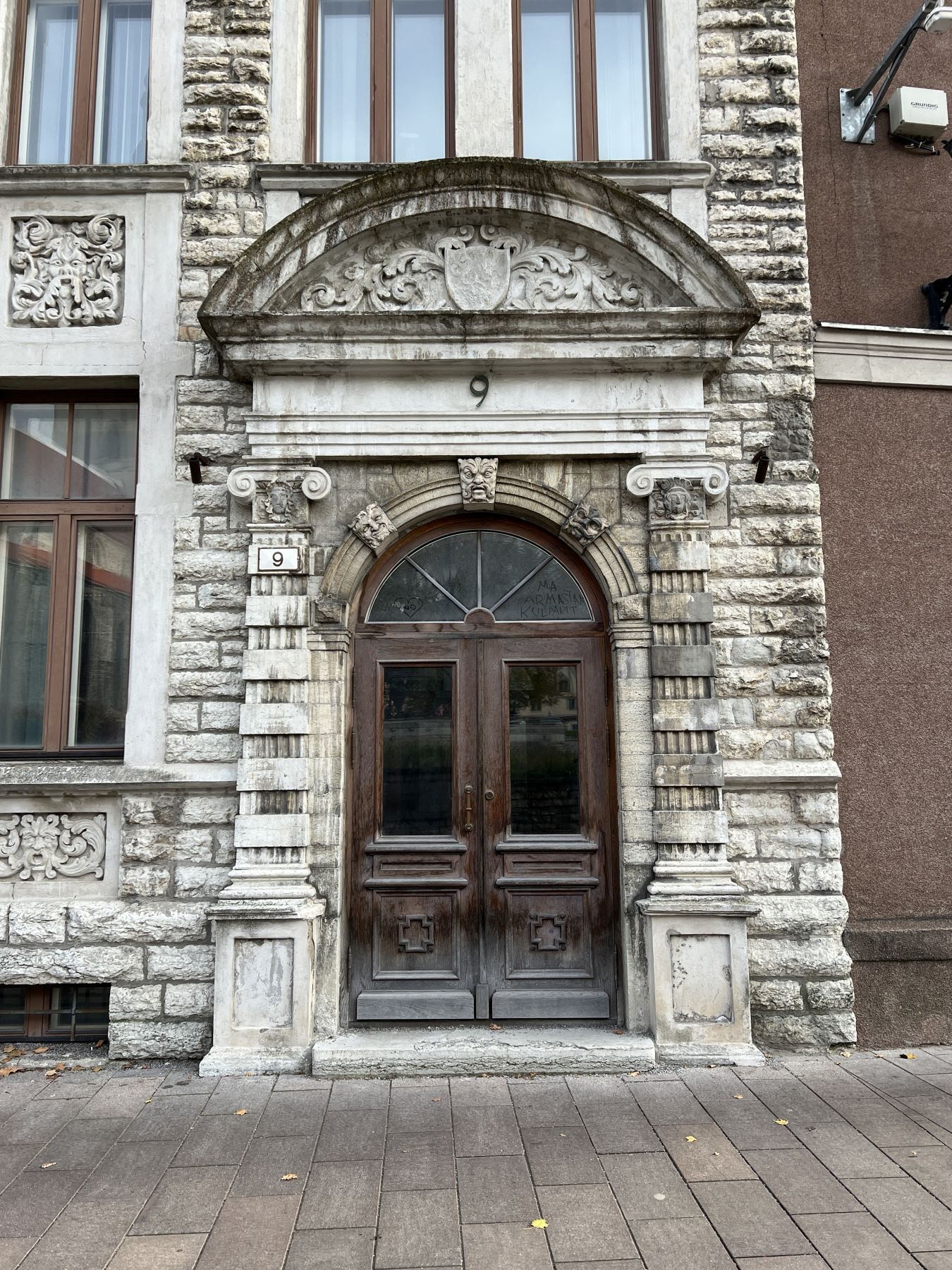

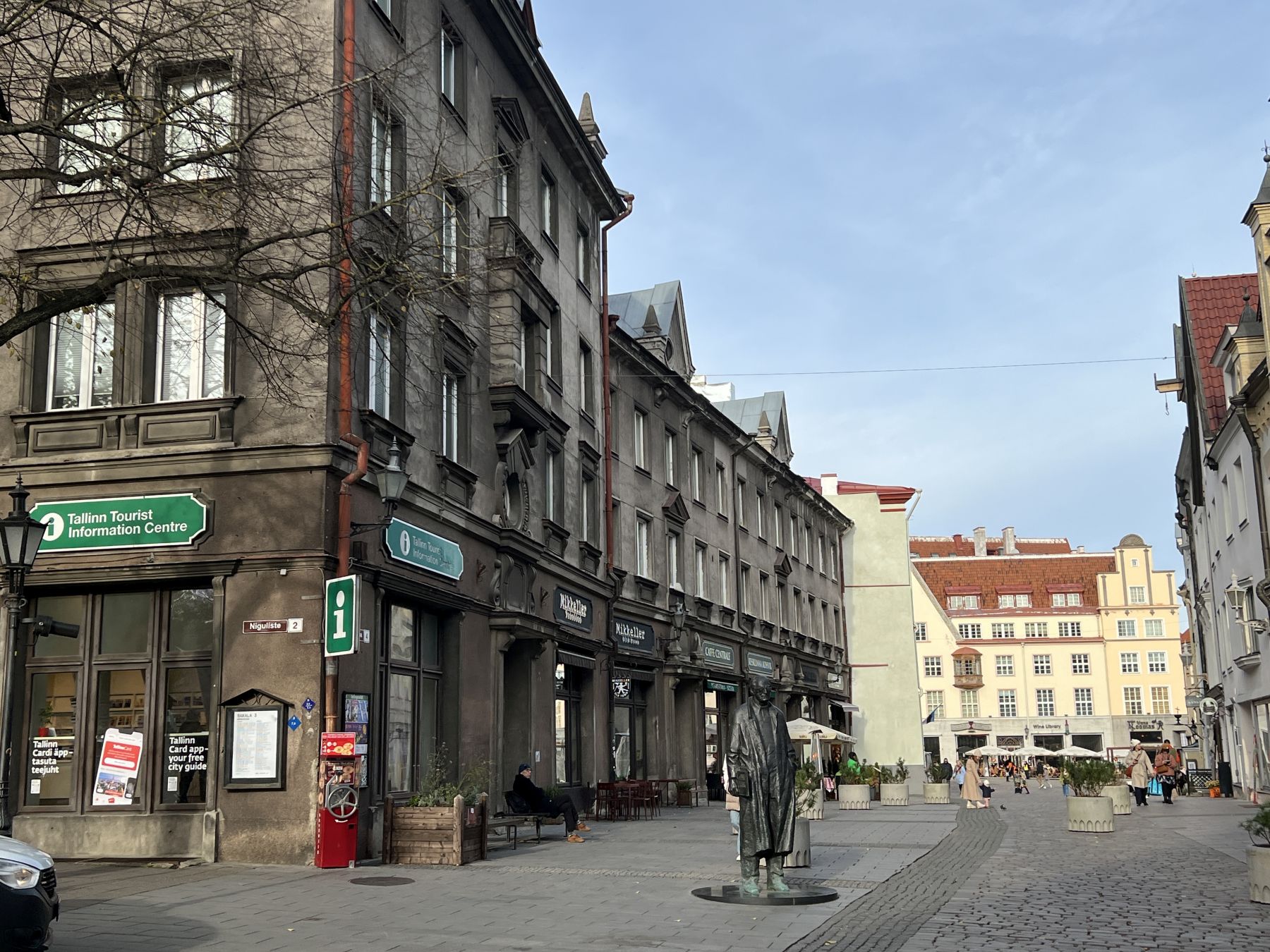
We first saw an exceptionally appealing (very authentic looking) restaurant called the Olde Hansa, which was a former merchant guild house. However, it looked very involved and time consuming, so since we had a pending appointment, we moved on.
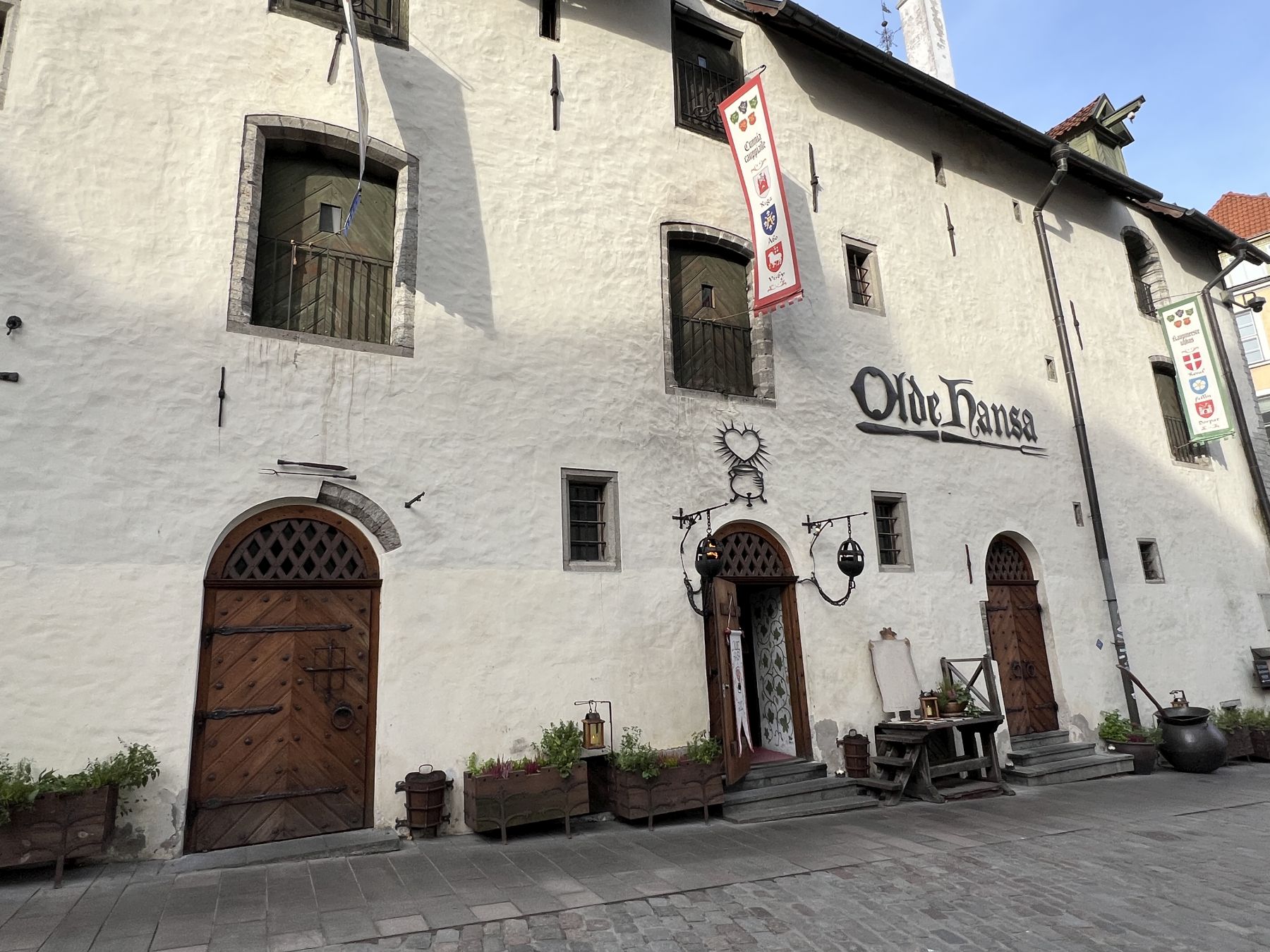
Not too far away, we found a very cool Medieval restaurant called the Peppersack at a small cross road. It was a little expensive for lunch, but the atmosphere was crazy cool, the food was good, and Tomas our guide did have a positive recommendation of it.

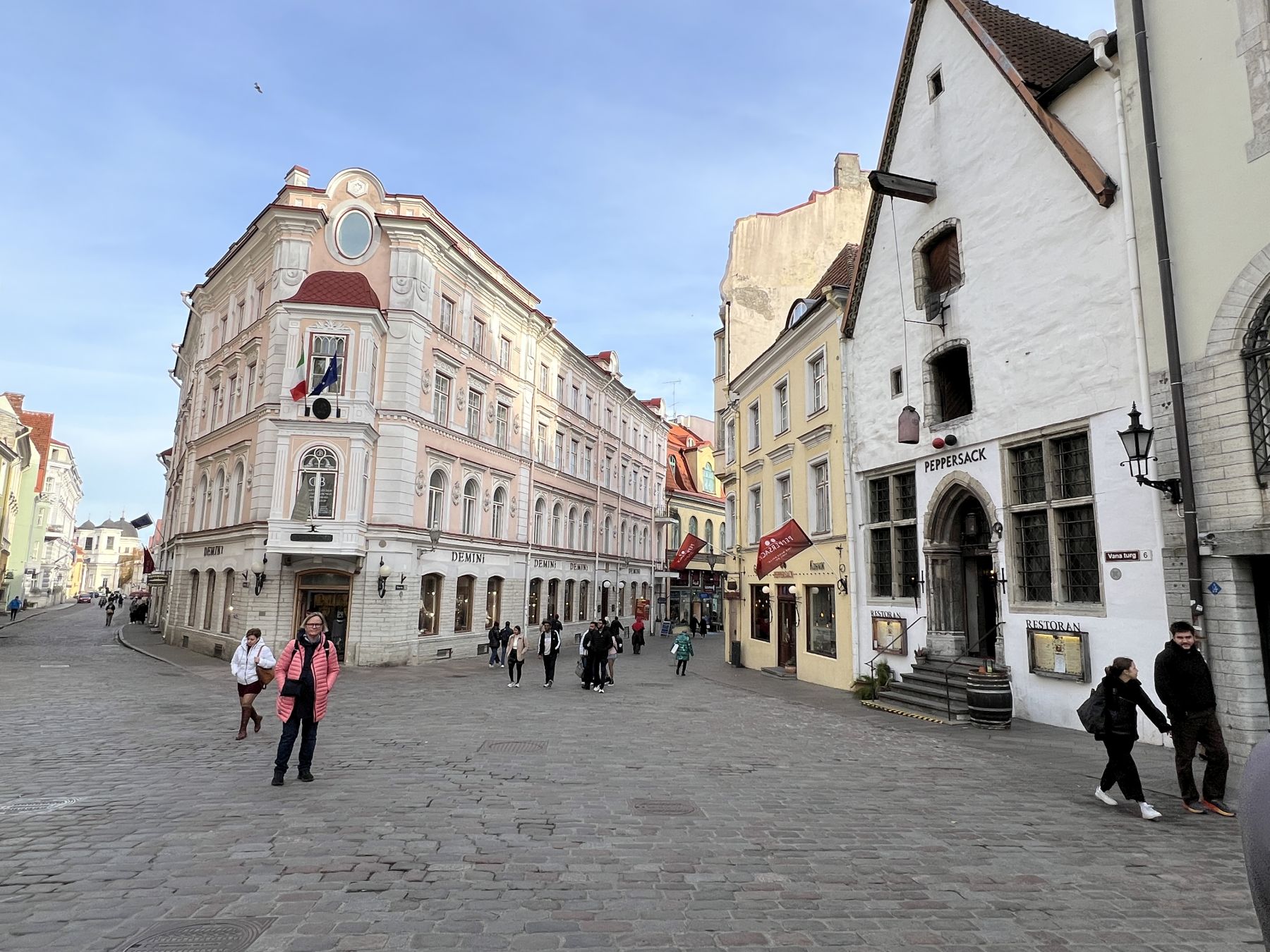
It too was in an medieval building converted into a restaurant, and the atmosphere was all one could ask for when dining in an old medieval old town.
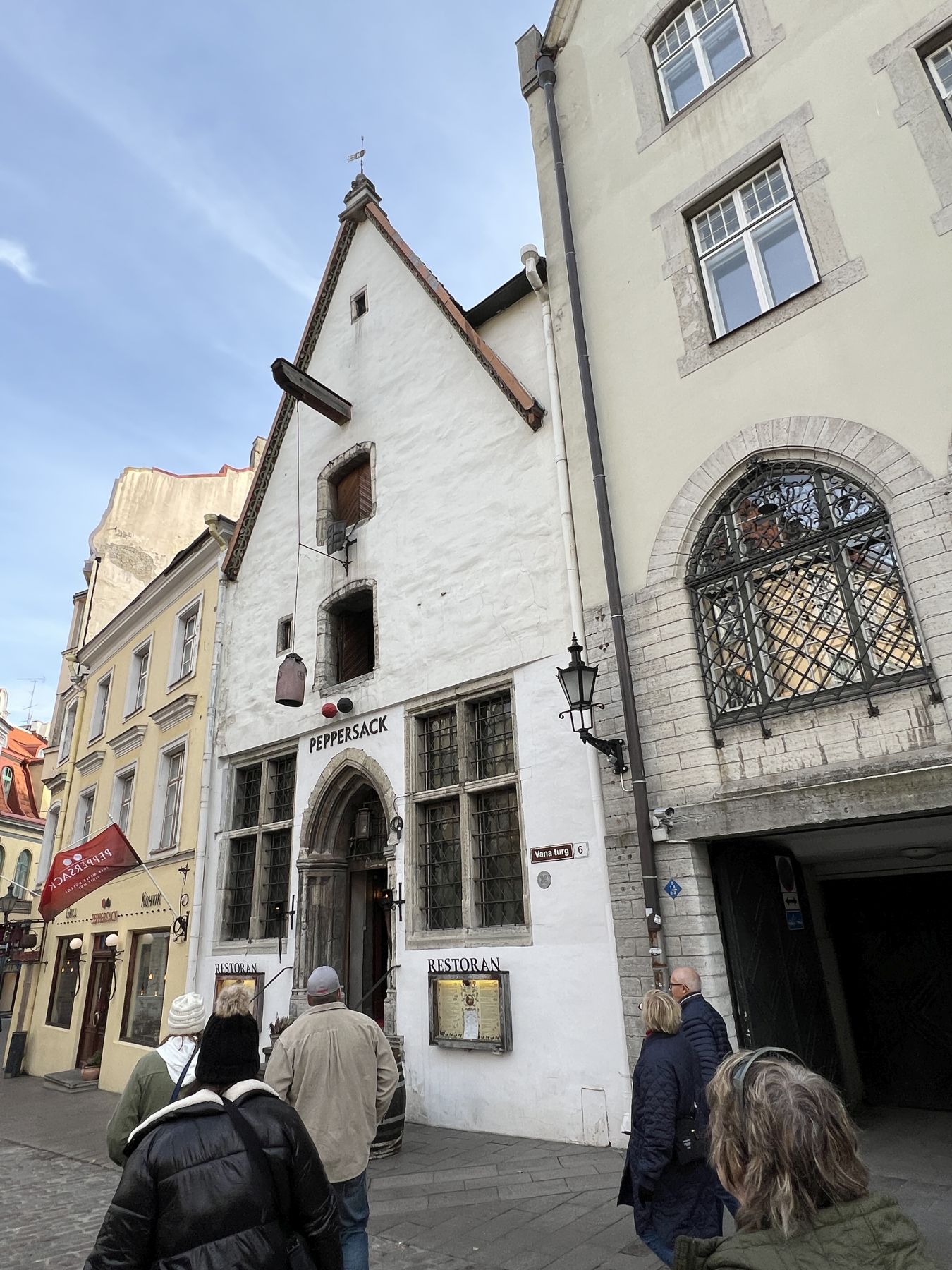
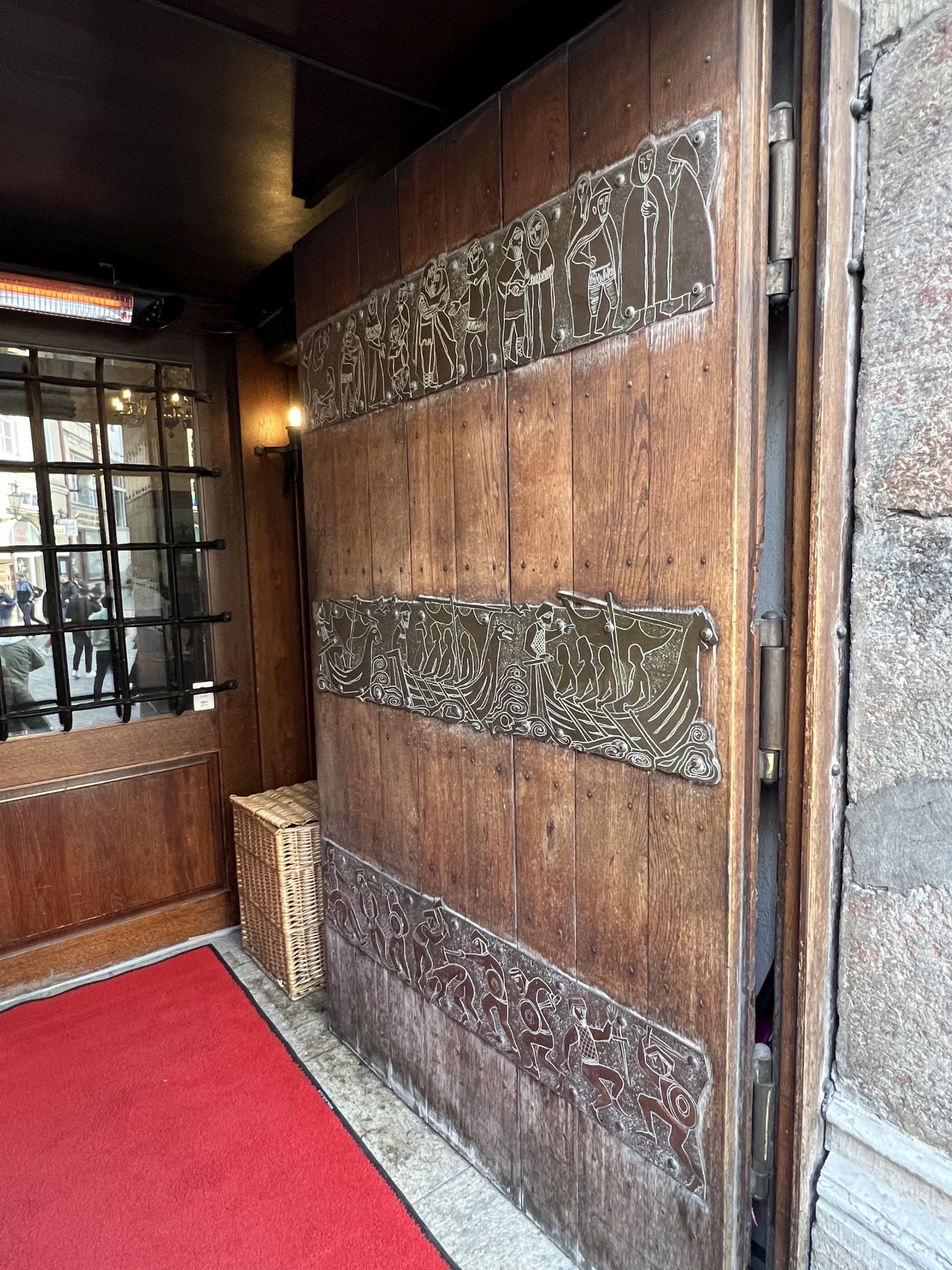
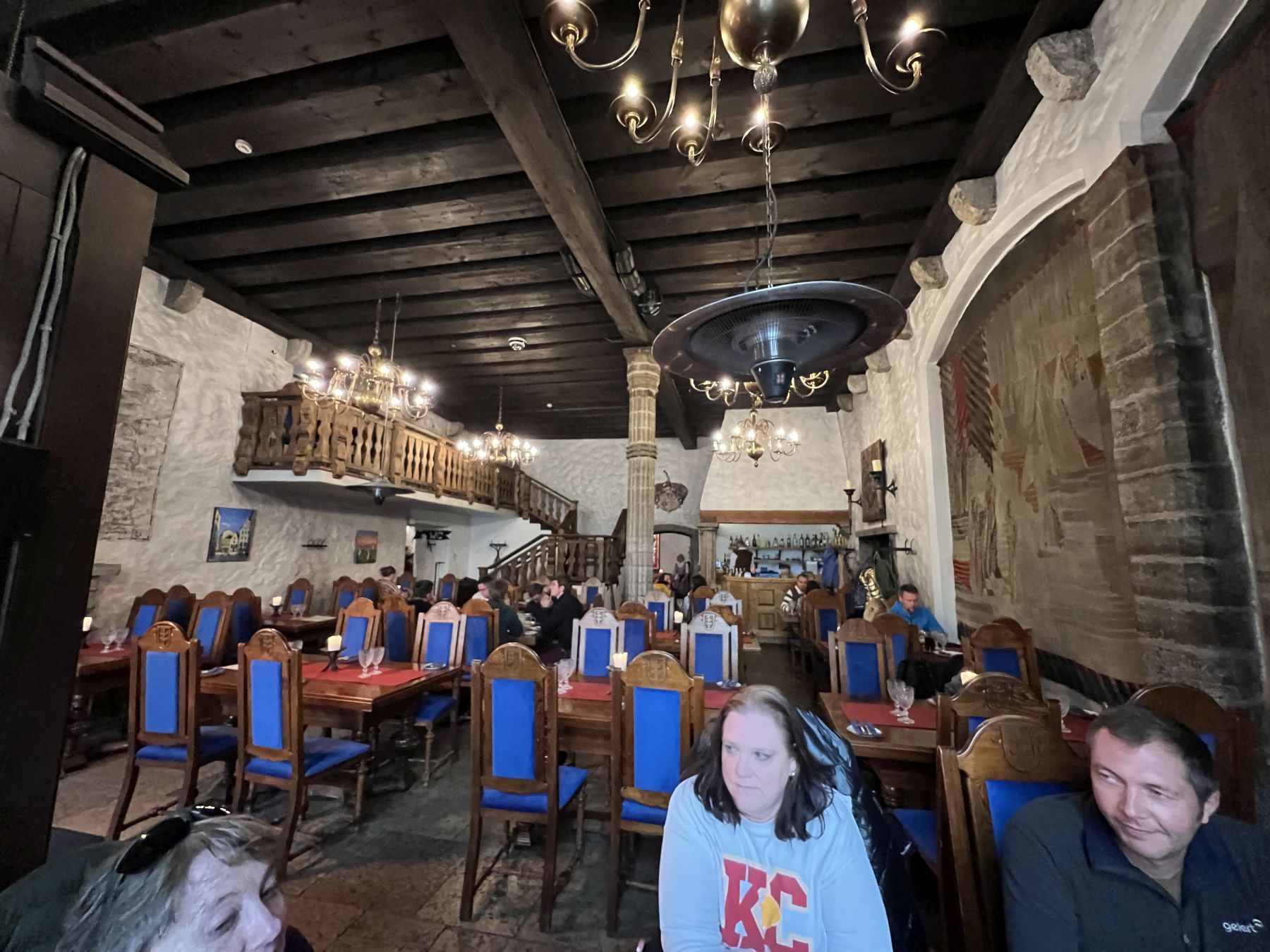
Whether it was the ladies salads, Tomas’s moose, or Tim’s fish the meal was excellent. But the atmosphere did come at a price, and it was a little slower than desired as well. We wrapped up lunch as quickly as we could to head to our appointment at the legendary Sokos Hotel Viru, spy central (the KGB) from the Soviet era.
Before getting to the KGB appointment, there was one quite interesting area to share on the way. Just outside the old city gates, there is a long standing flower market. (In the third picture down showing both gates, the tall white building in the background is the Viru hotel.)
The flower market was called long standing as we were told that several years ago they had tried to get rid of the market in order to modernize, and it has had/been such a long tradition that there was a huge up-roar, and as you can see… it still stands.
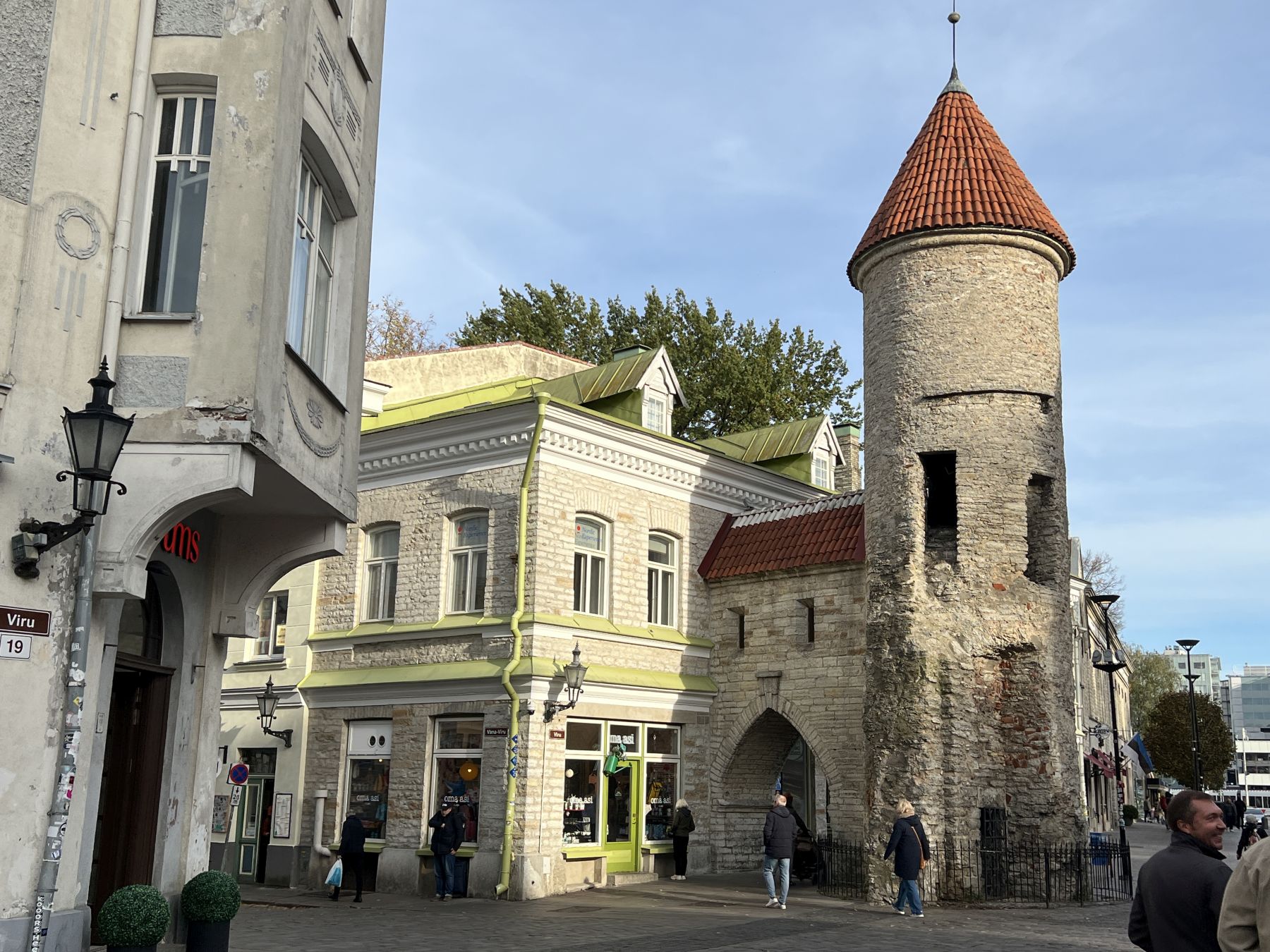
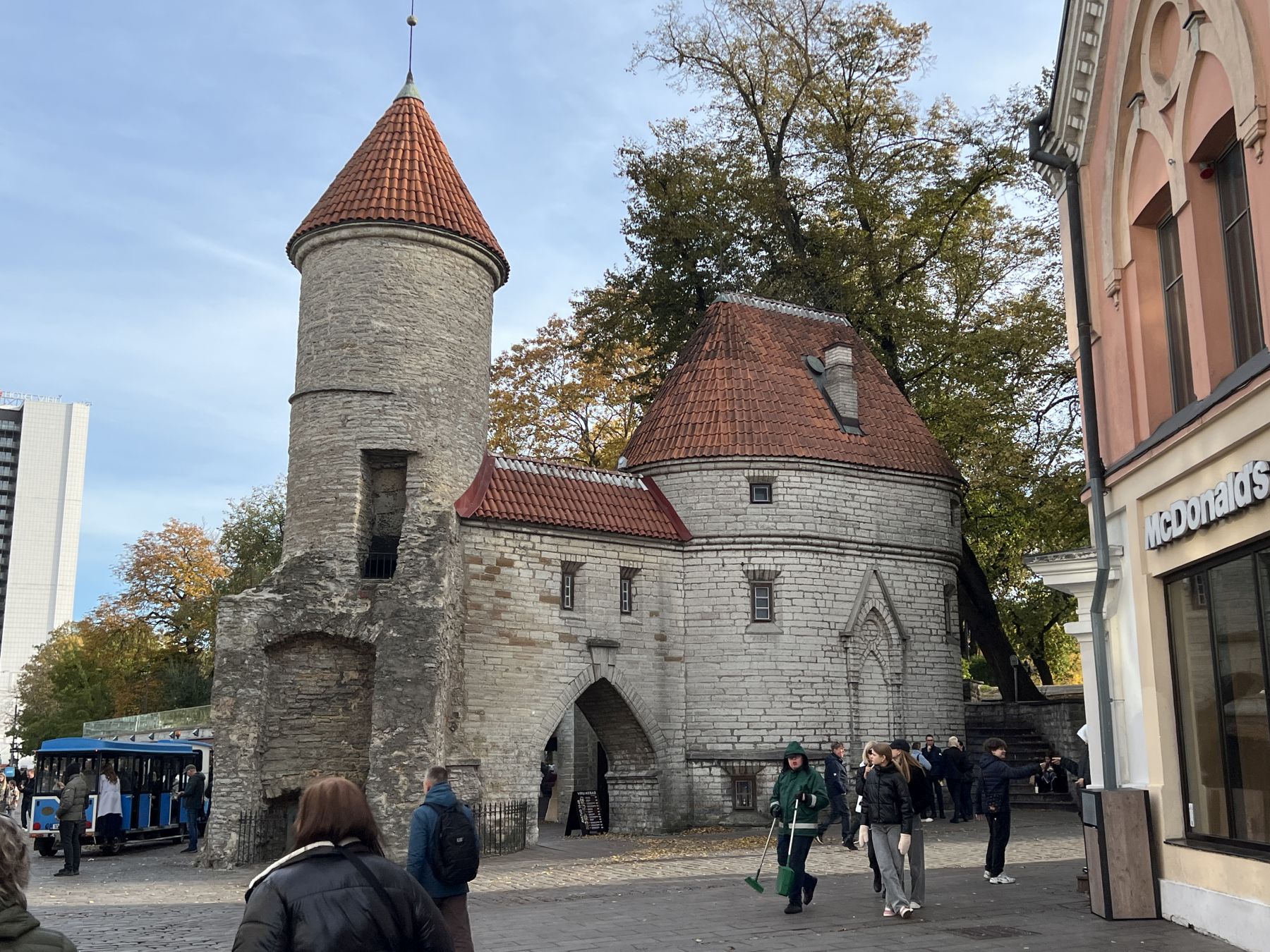
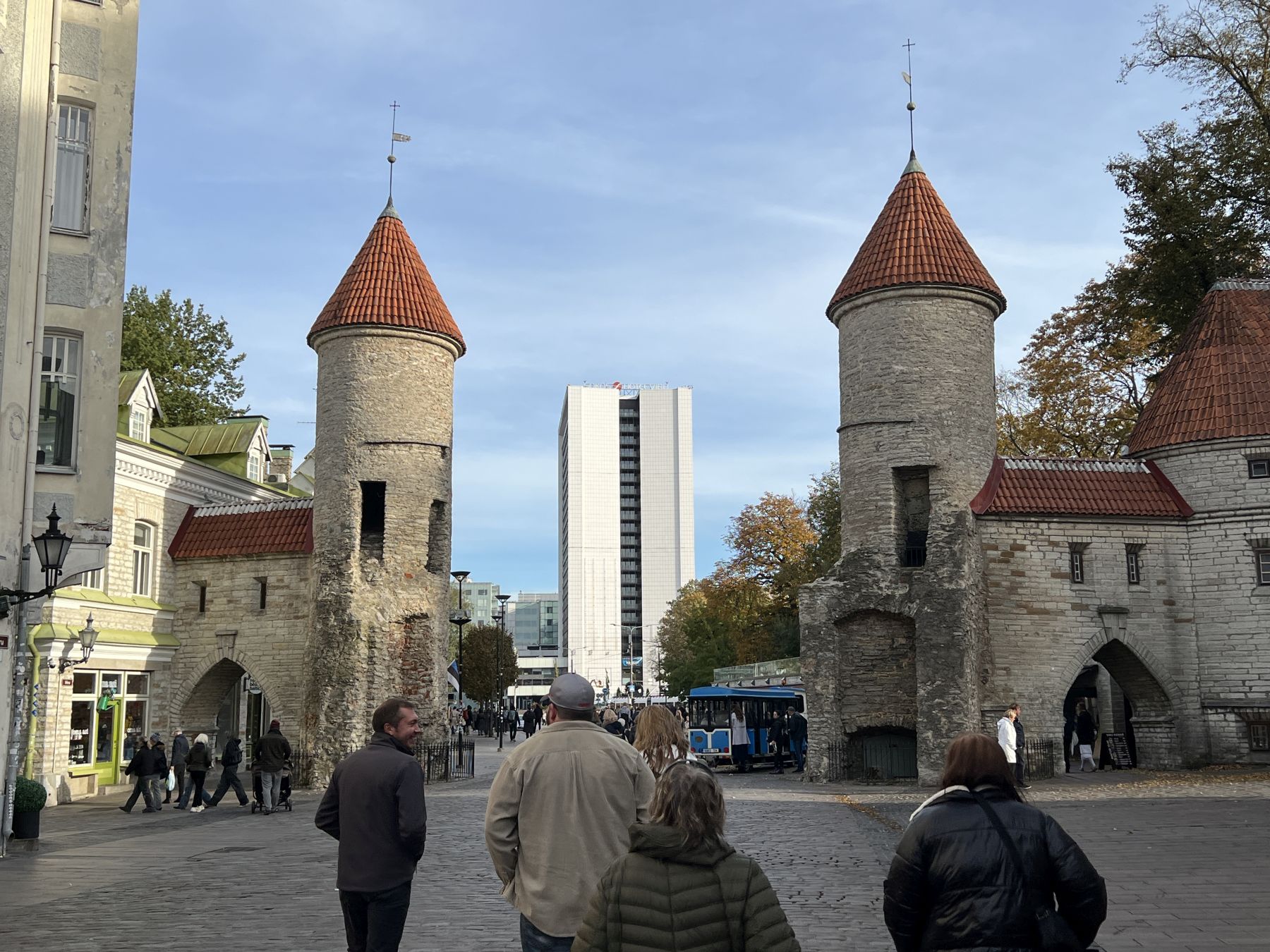
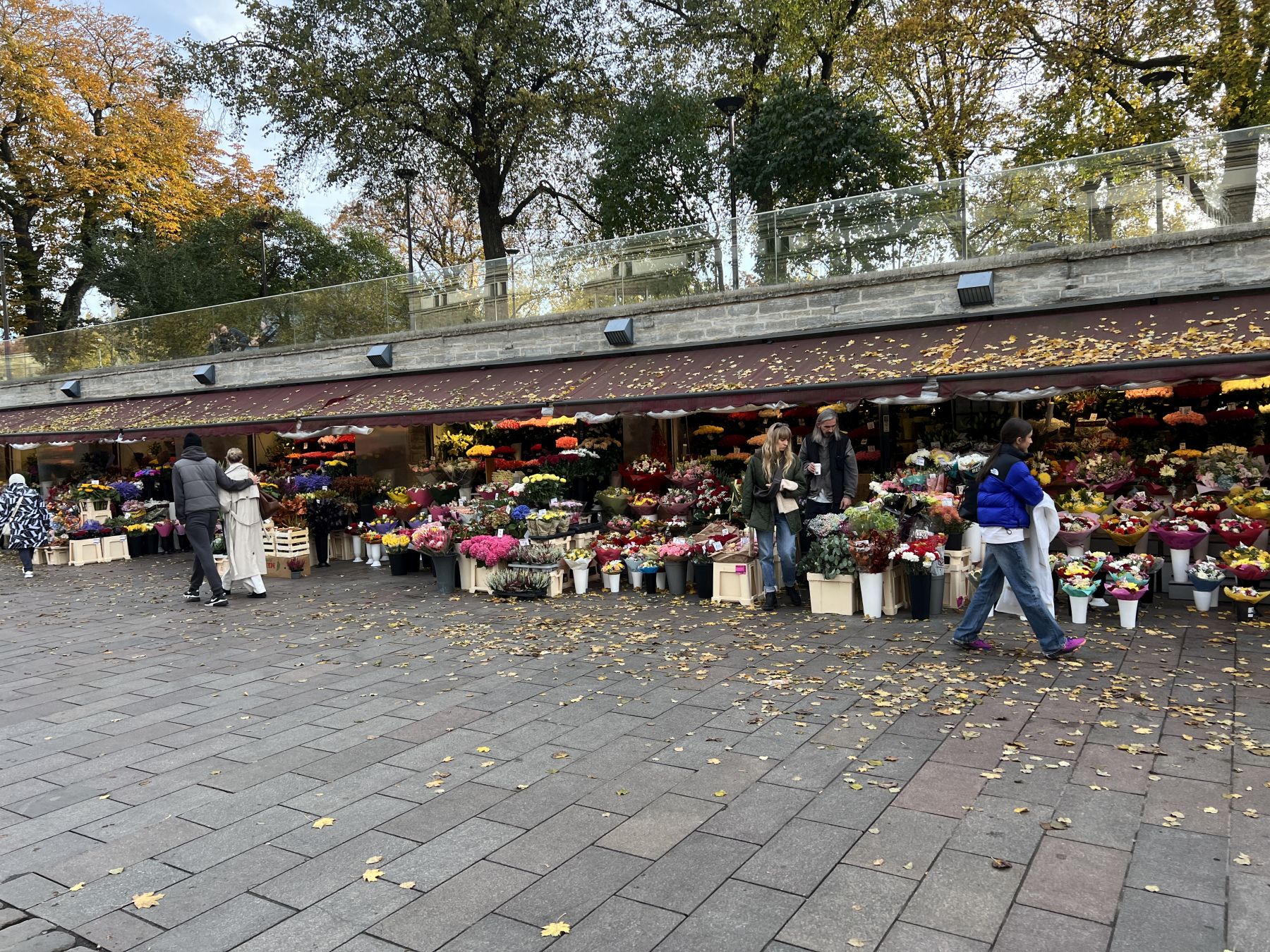
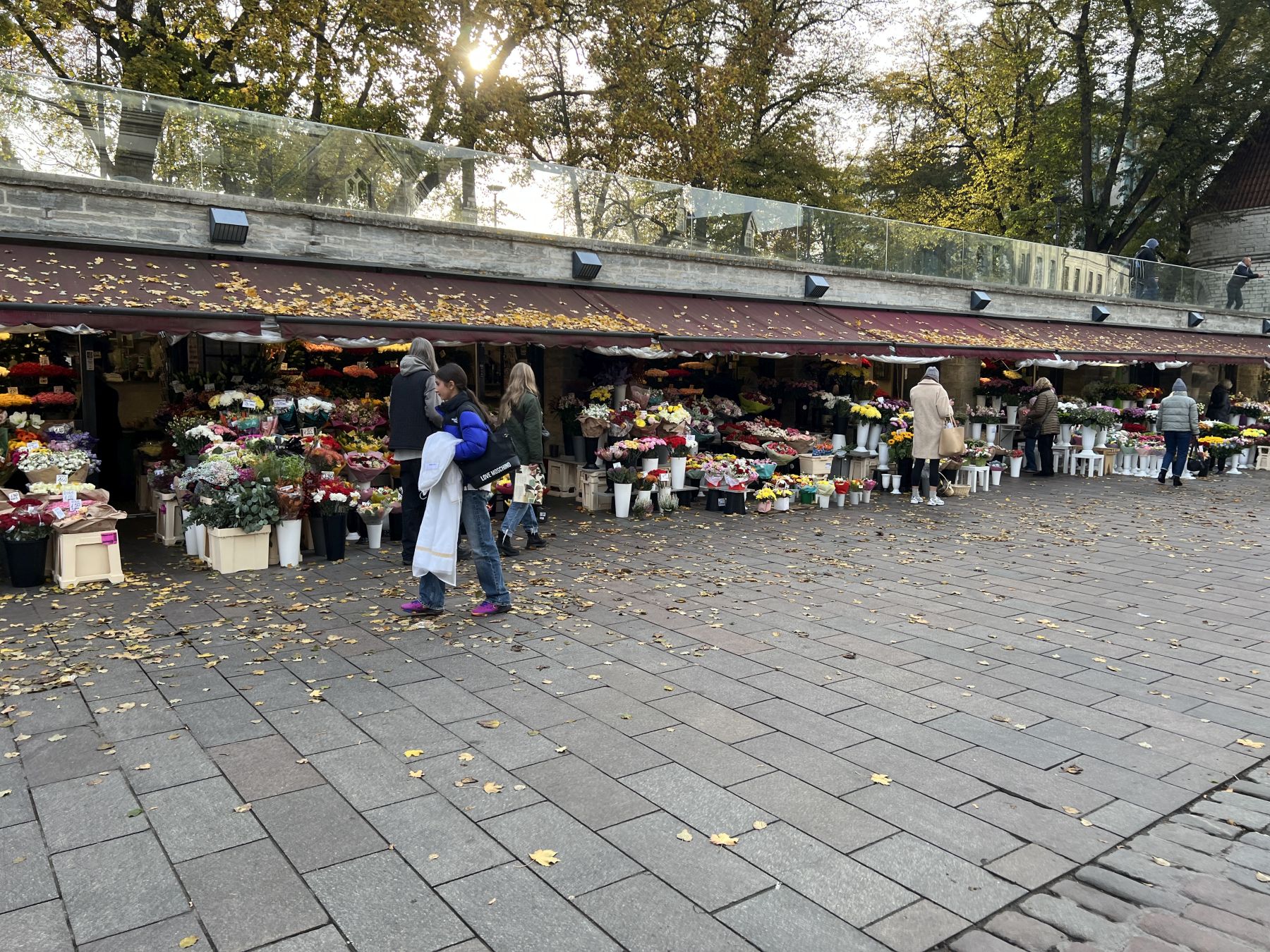
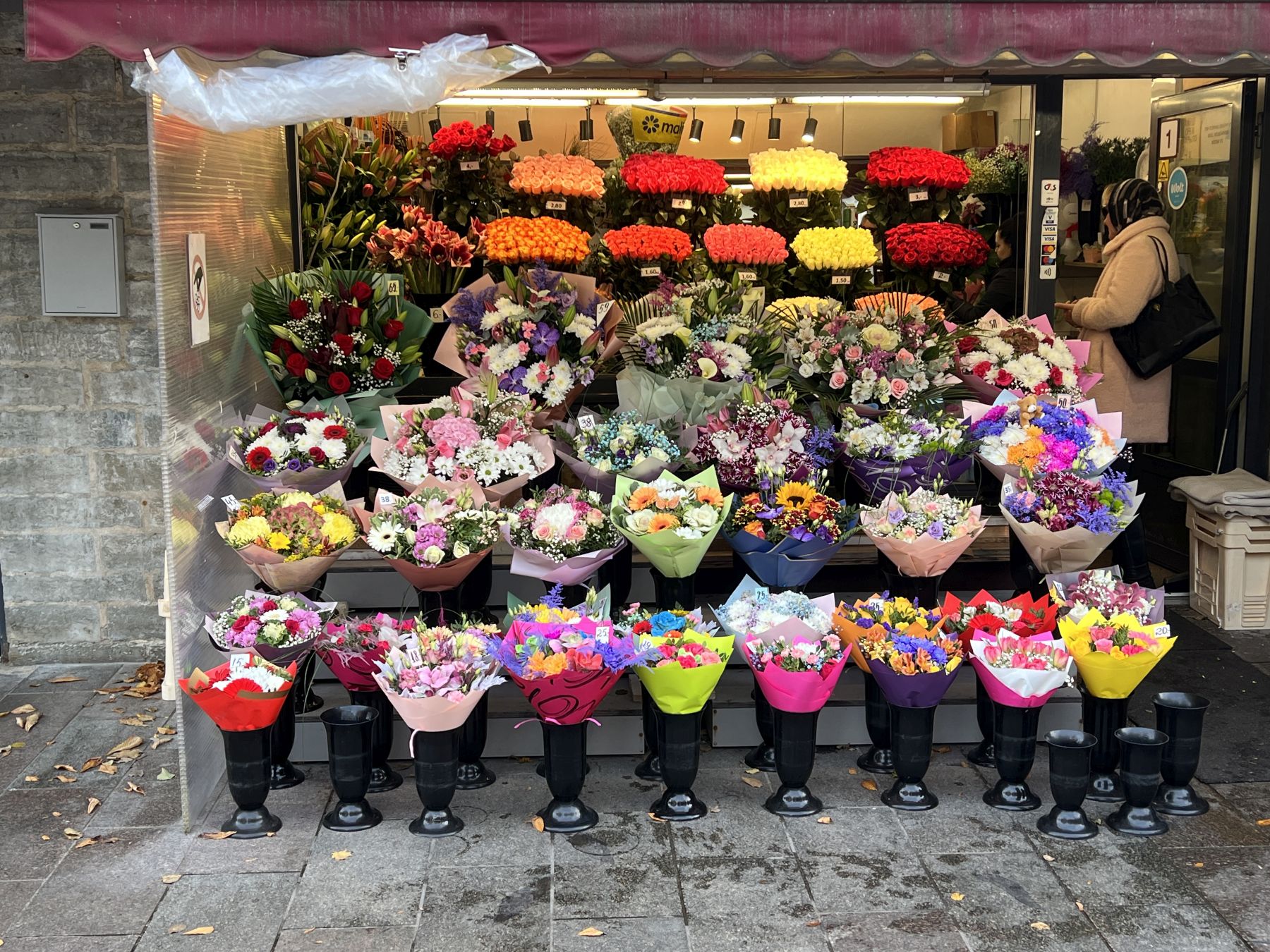
Although we had walked as quickly as we could to the hotel, we ended up being late for our 2:30 reservations for the KGB Museum tour. A hotel staff member was quite rattled at us being late, stating “the tour started 10 minutes ago” multiple times. By multiple times, I mean so frequently that by the time he acquiesced to taking us up to the 23rd floor to join the tour in progress, we were 18 minutes late.
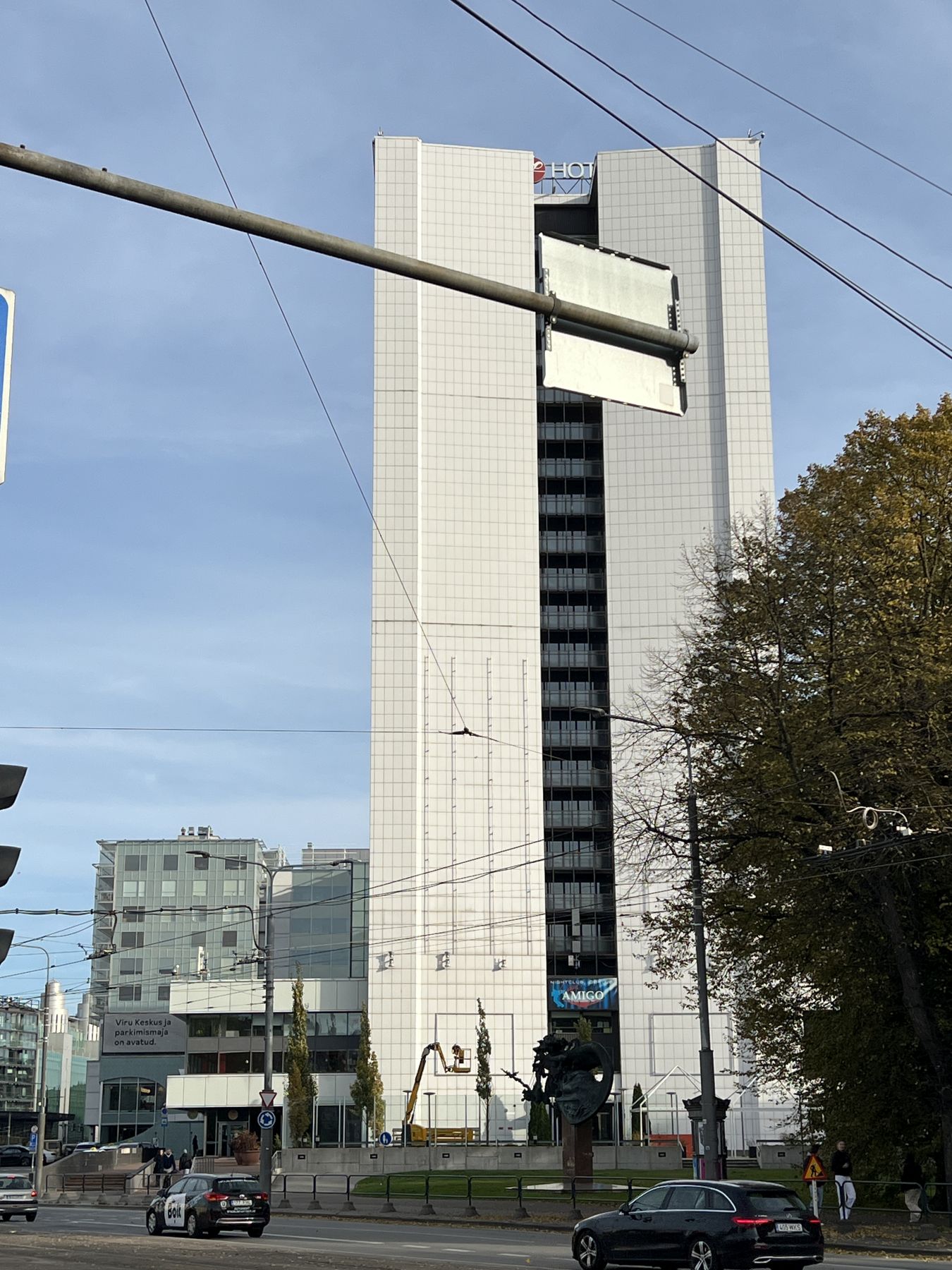
As it turned out, it really wasn’t a problem that we were late, and we actually hadn’t missed much, and the actual tour guide was indifferent. We joined the large group just outside the first of two locked and secret rooms, but before the guide opened the door, he unlocked a door to the outside.
The 23rd floor is mostly at the top of the hotel and there was a large outdoor balcony area that offered a fantastic view of the City.

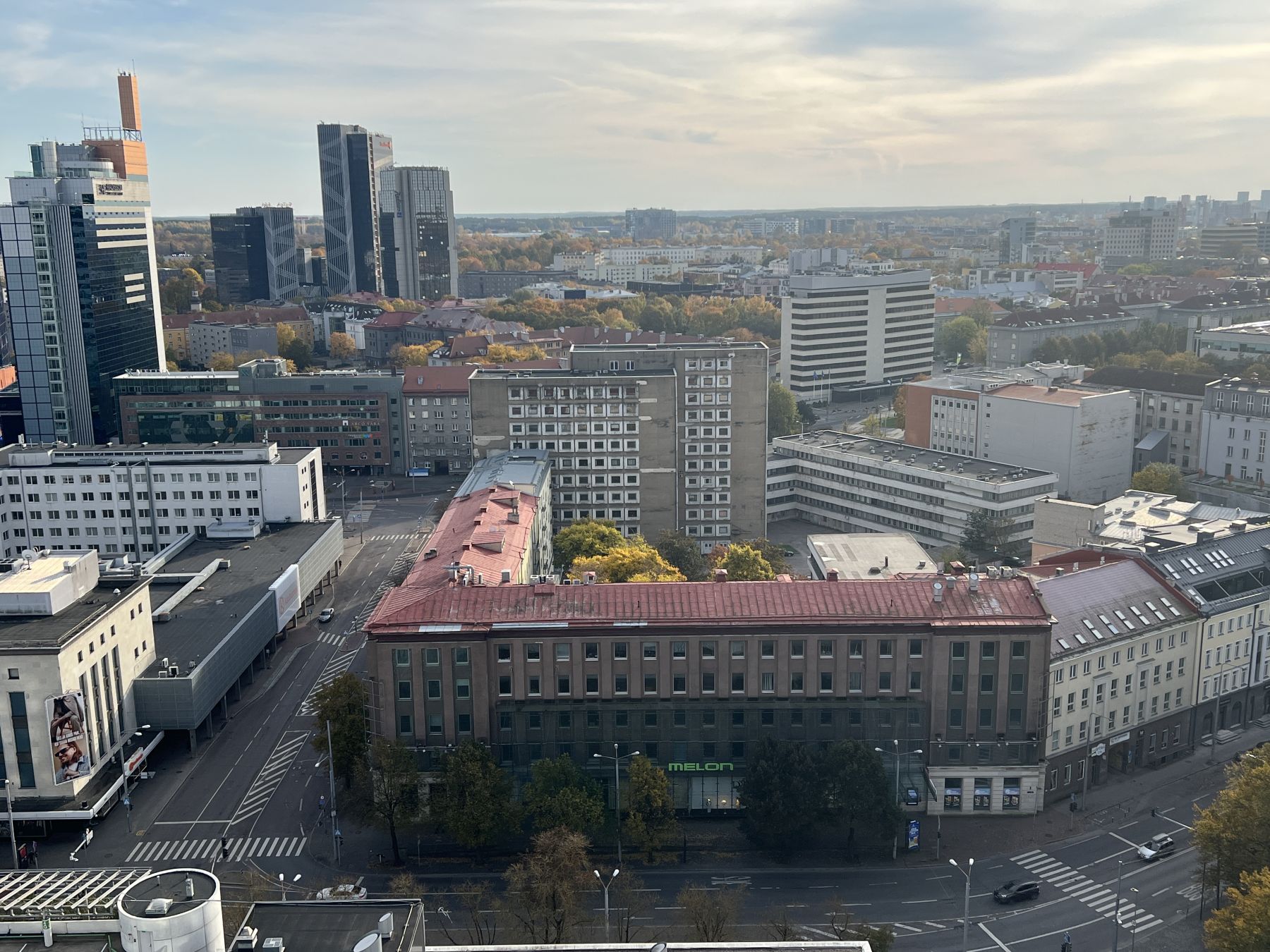
One really cool thing about the balcony was that it was where the Hotel Viru sign was located.
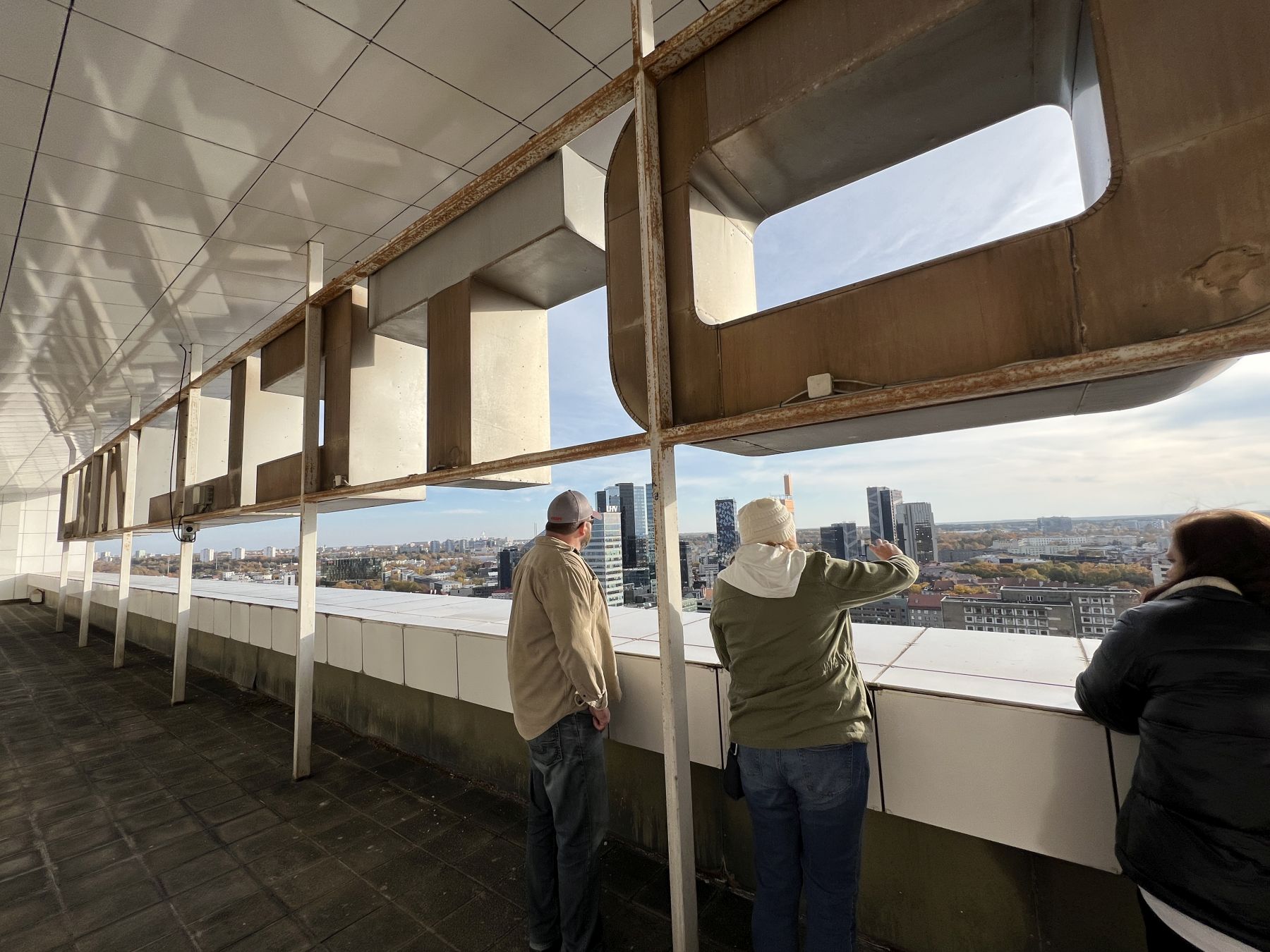
Which made for a REALLY cool shadow effect behind the sign!
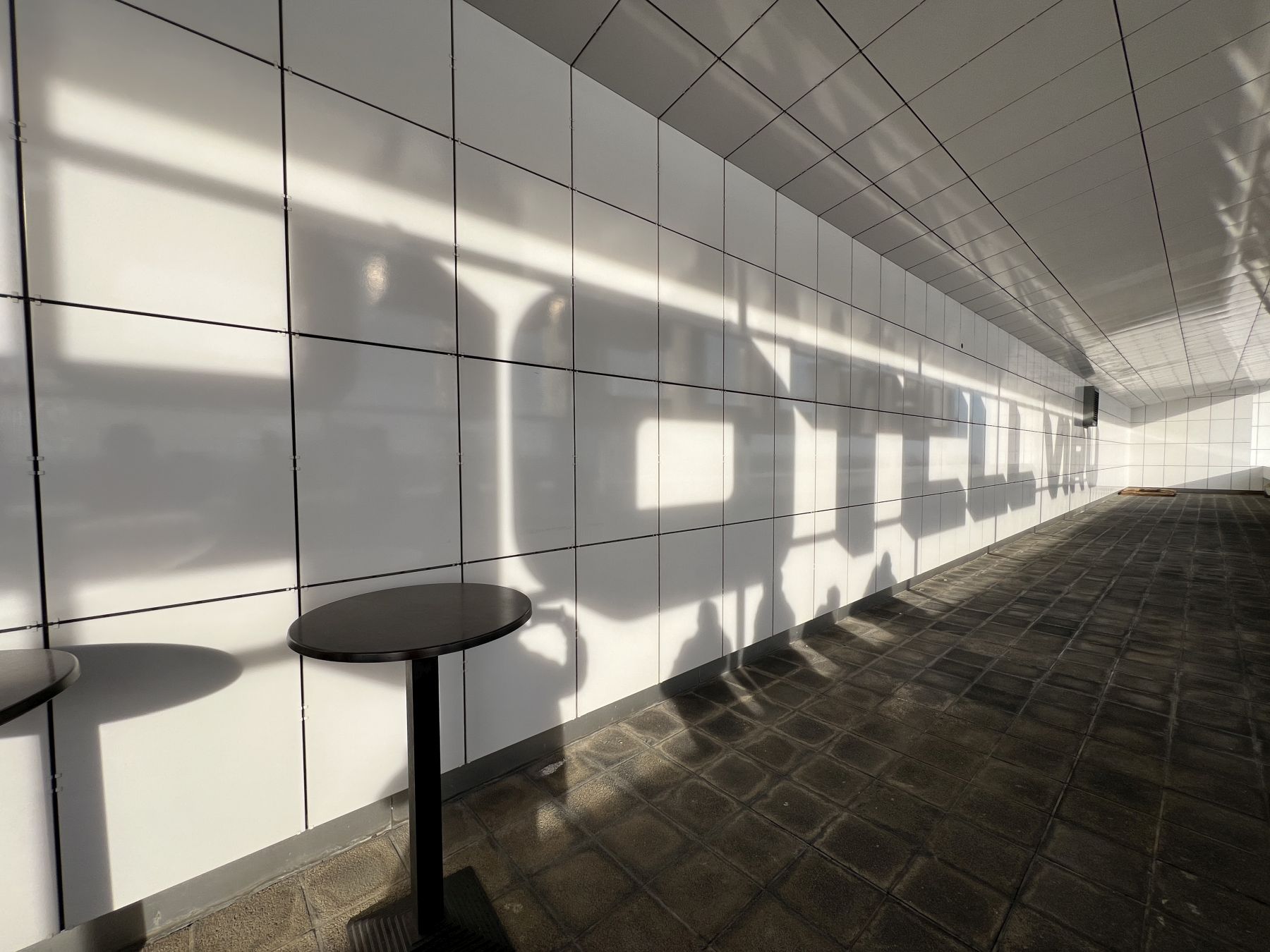
Back just inside from the balcony, was that first locked door that hotel staff did not have keys to, nor did they know what was behind the door. (Obviously from the rumor mill they would have guessed it was those KGB people… but if you had any intentions of NOT going to Siberia, you didn’t talk about things like that.)
The door led to a short hallway, with another locked door.
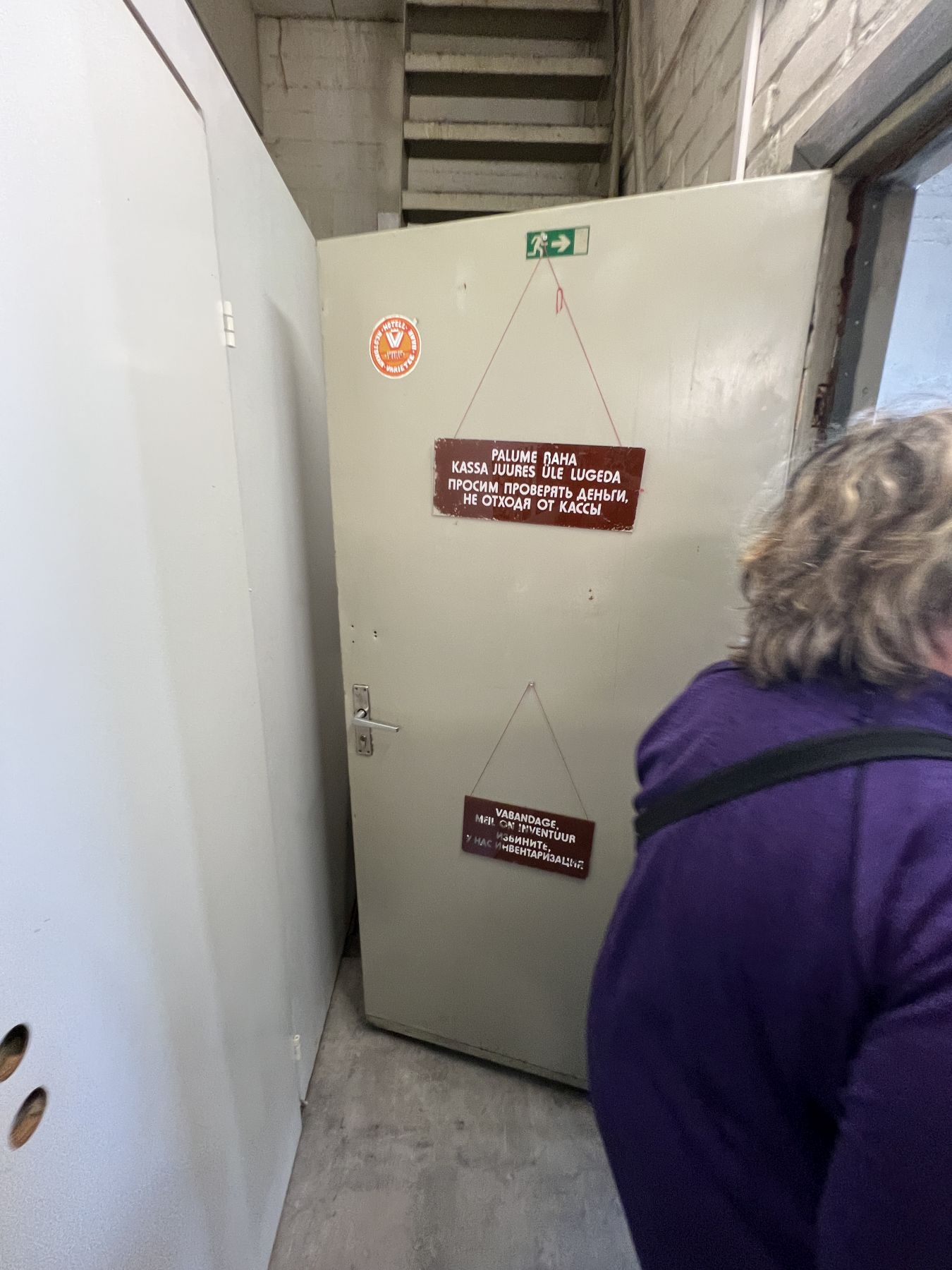
This door opened into the first of the two rooms, which was the communications hub where all of the spy equipment in the hotel terminated and was recorded. It also doubled as the Commander’s office (neither of us recollect the actual title the man held) in charge of the Viru station.
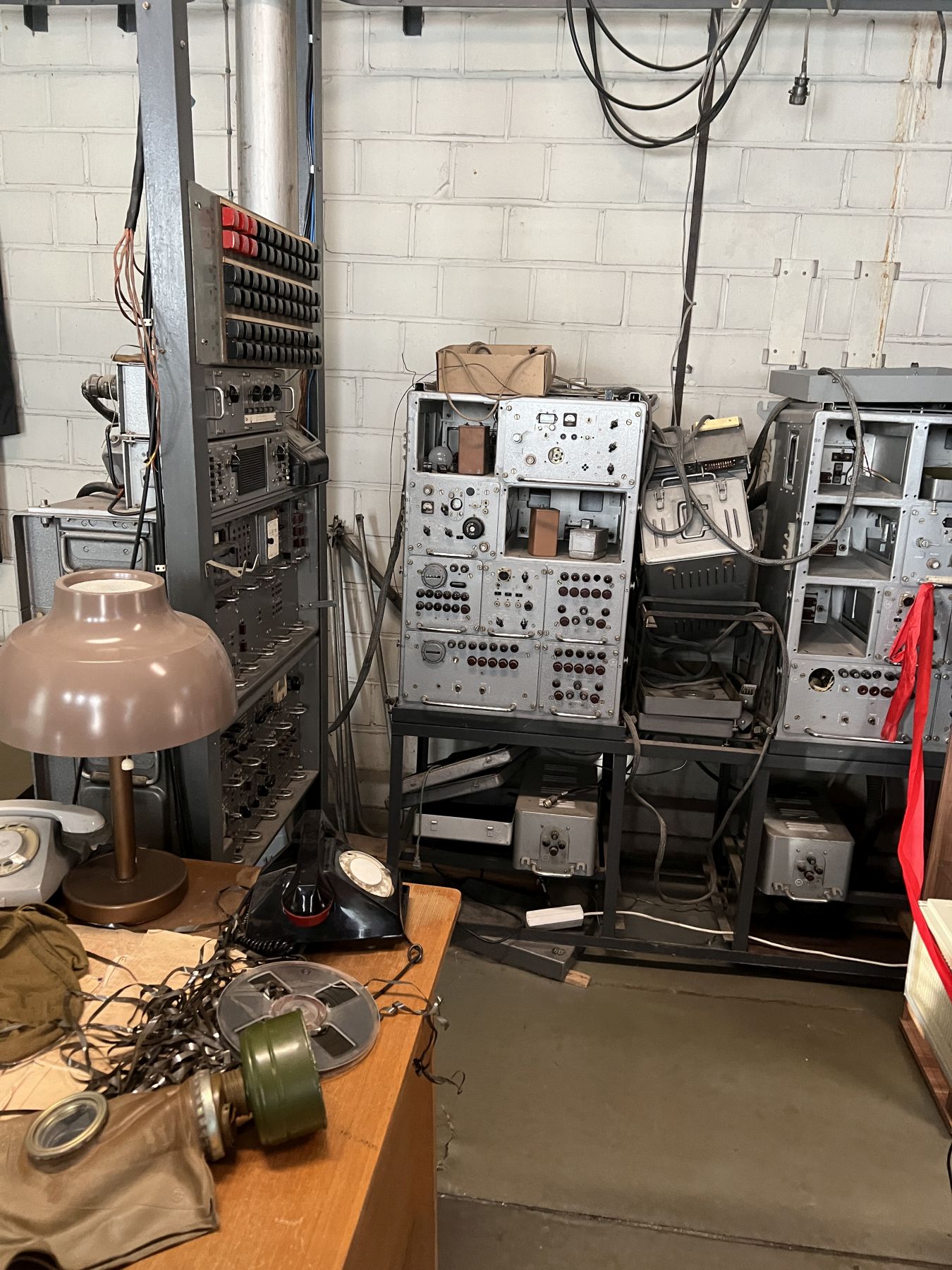
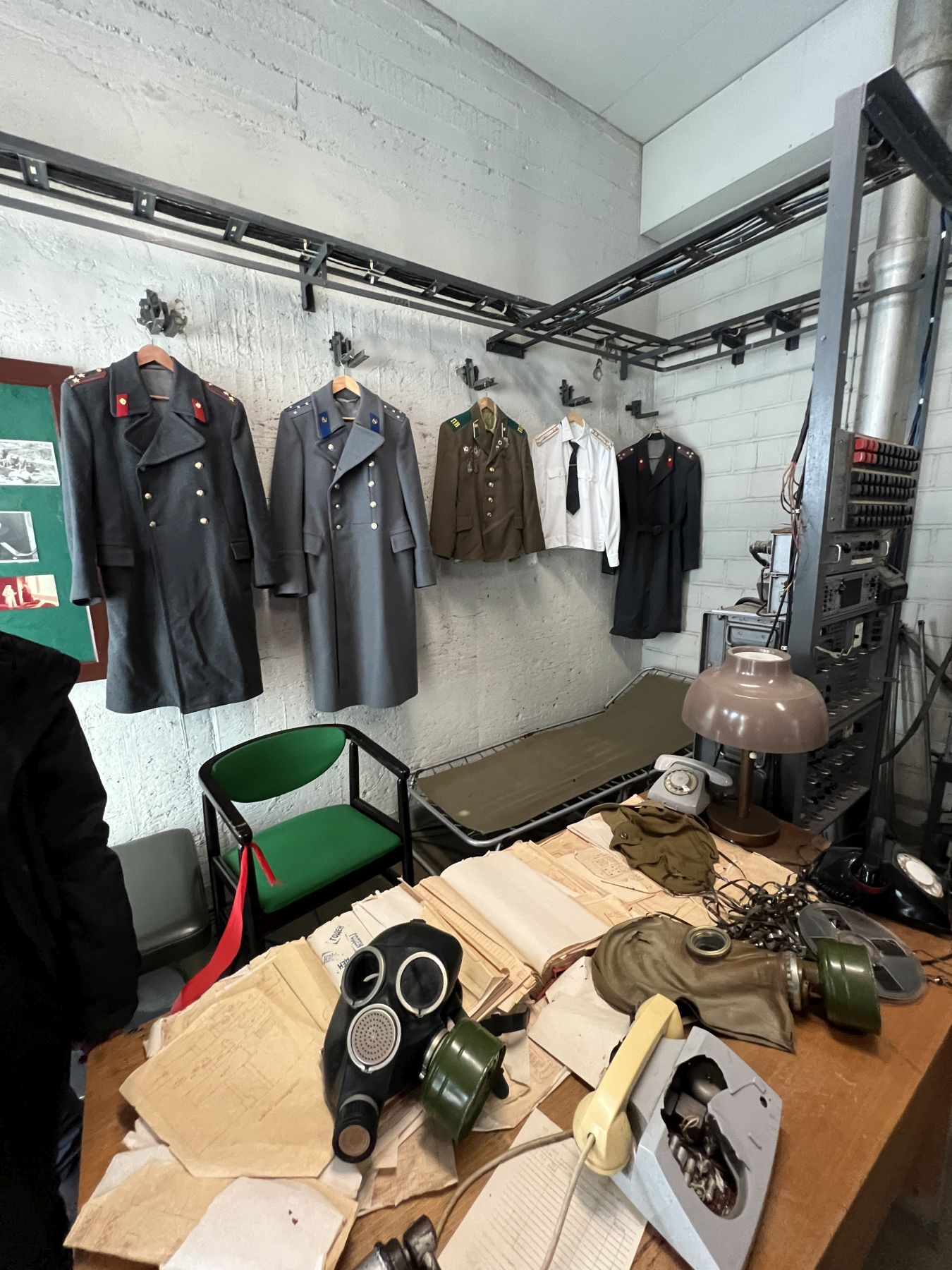
The hotel mystery men (the KGB contingent) had disappeared from the hotel about 4 months prior to the fall of the Soviet Union, and what is seen in these pictures is what was left. Note the damaged gray phone above. This damage is from them quickly removing the bug that was inside the phone prior to leaving.
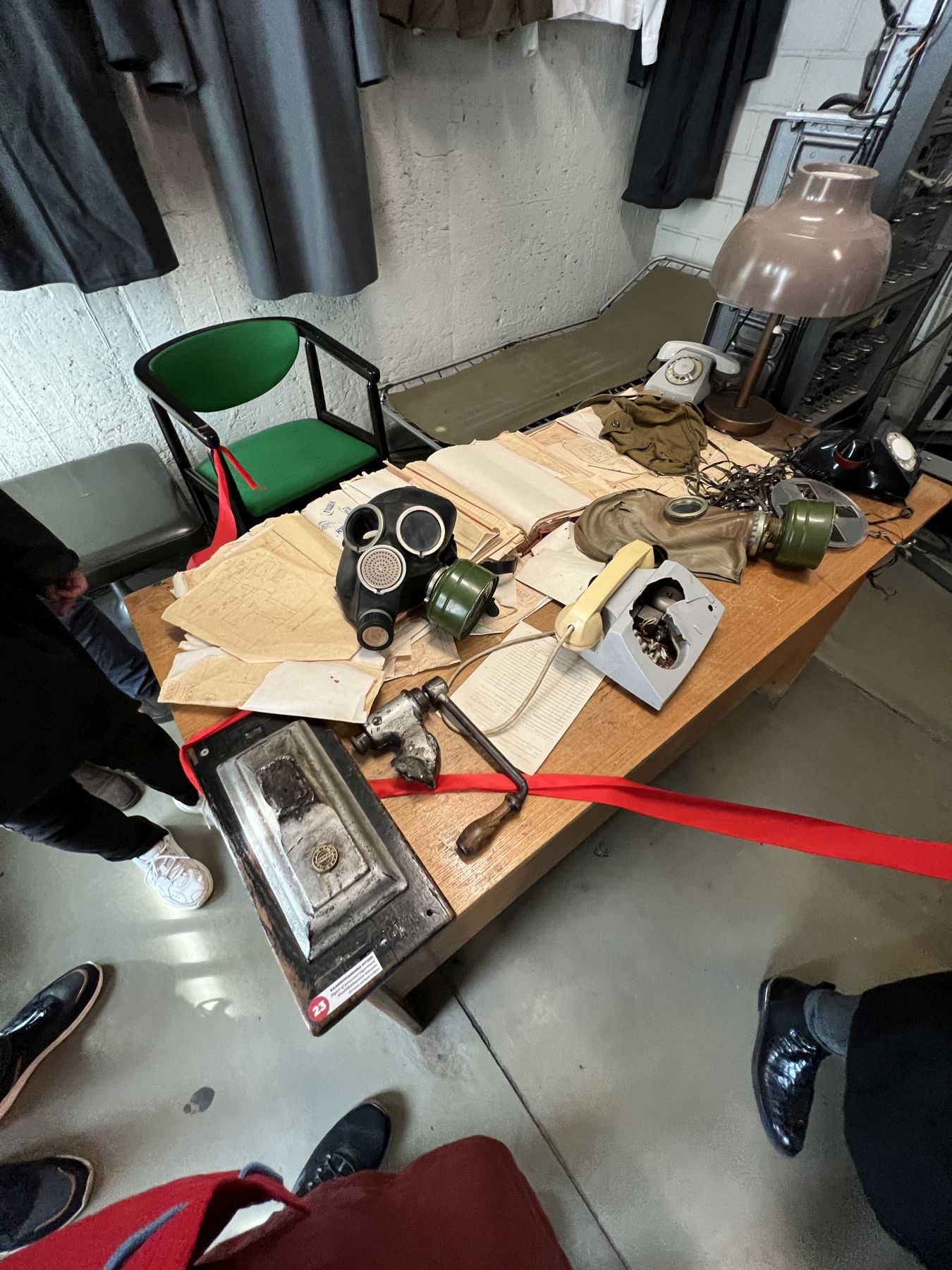
The cryptic gray thing on the corner of the desk was also obviously destroyed, but otherwise we were told that things were largely found to be disheveled and in chaos from a hasty exit.
Although the Soviet Union collapsed in December of 1991, as noted above, the KGB abandoned this station approximately 4 months prior to the collapse. The reason we bring this timing up, is that the hotel staff were so afraid of the mystery men, that it was another 6 months after the actual collapse before any of the staff were brave enough to force entry into either of the two rooms.
The second room was on the other side of the building (with entry just down the hall from the first door described above). Below is a picture of the locked door that so frightened staff. The top language is Estonian, repeated on the bottom in Russian.
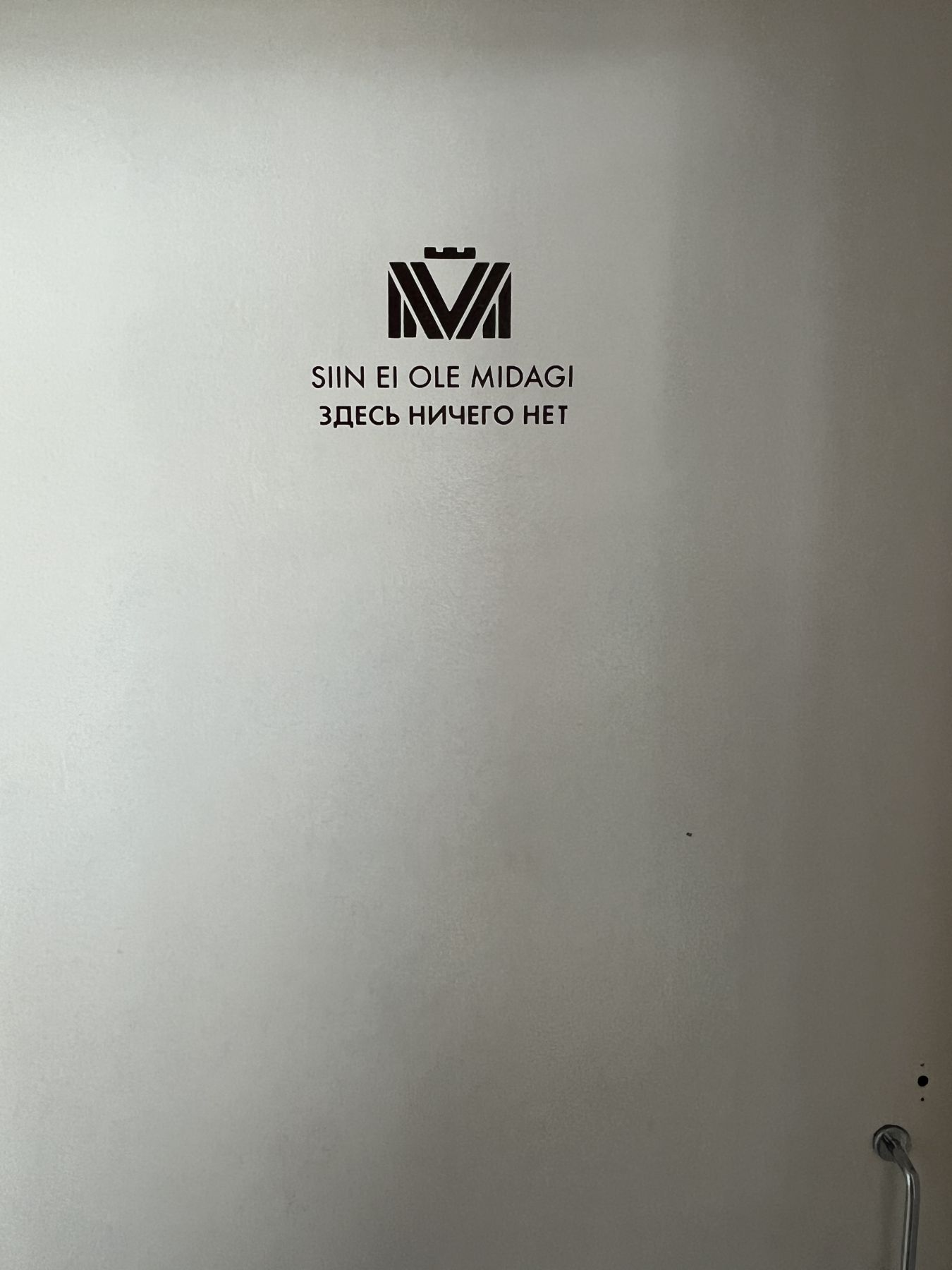
And what does the Estonian words SIIN EI OLE MIDAGI translate to you ask?
Why simple, it translates to: “There is nothing (here).”
This door opened into the workroom where 4 KGB agents (analysts essentially) each had a desk and did their work. Easy to see why staff would be unnerved that 4 men would daily show up to the hotel and then disappear behind a locked door, where “There is Nothing”.
We didn’t take pictures in this room, as it was fairly crowded, and more importantly it had been cleaned up and decorated with various items from the period such as news clipping reproductions, etc. (i.e. it wasn’t how they found it).
The guide gave us several stories while standing in the room… for example there were two news article reproductions relating to the deaths of a couple of Soviet First Secretary’s (General Secretary’s or Presidents if you prefer). The first was Leonid Brezhnev, who died in 1982. Prior to being able to publish the obituary, the newspaper had to send off the proposed copy to Moscow for approval. (To make sure there wasn’t anything bad or disrespectful to the party line within it.)
It took 4 days for the approval to be returned, so it turns out that Brezhnev lived 4 days longer in Estonia than he did in Russia. The second clip was of his successor, Yuri Andropov. He died only 2 years later in 1984. This time the newspaper was smarter, and decided they ALREADY had approval for the Brezhnev copy, so all they had to do was swap out the picture for Andropov, and change the name from Breshnev to Andropov, and voila, with a little cut’n’paste magic, Andropov died on the same day in both Russia and Estonia.
There was another balcony outside of this door, which as noted was on the other side of the building, so we again had great views, this time of the port and the old town area.
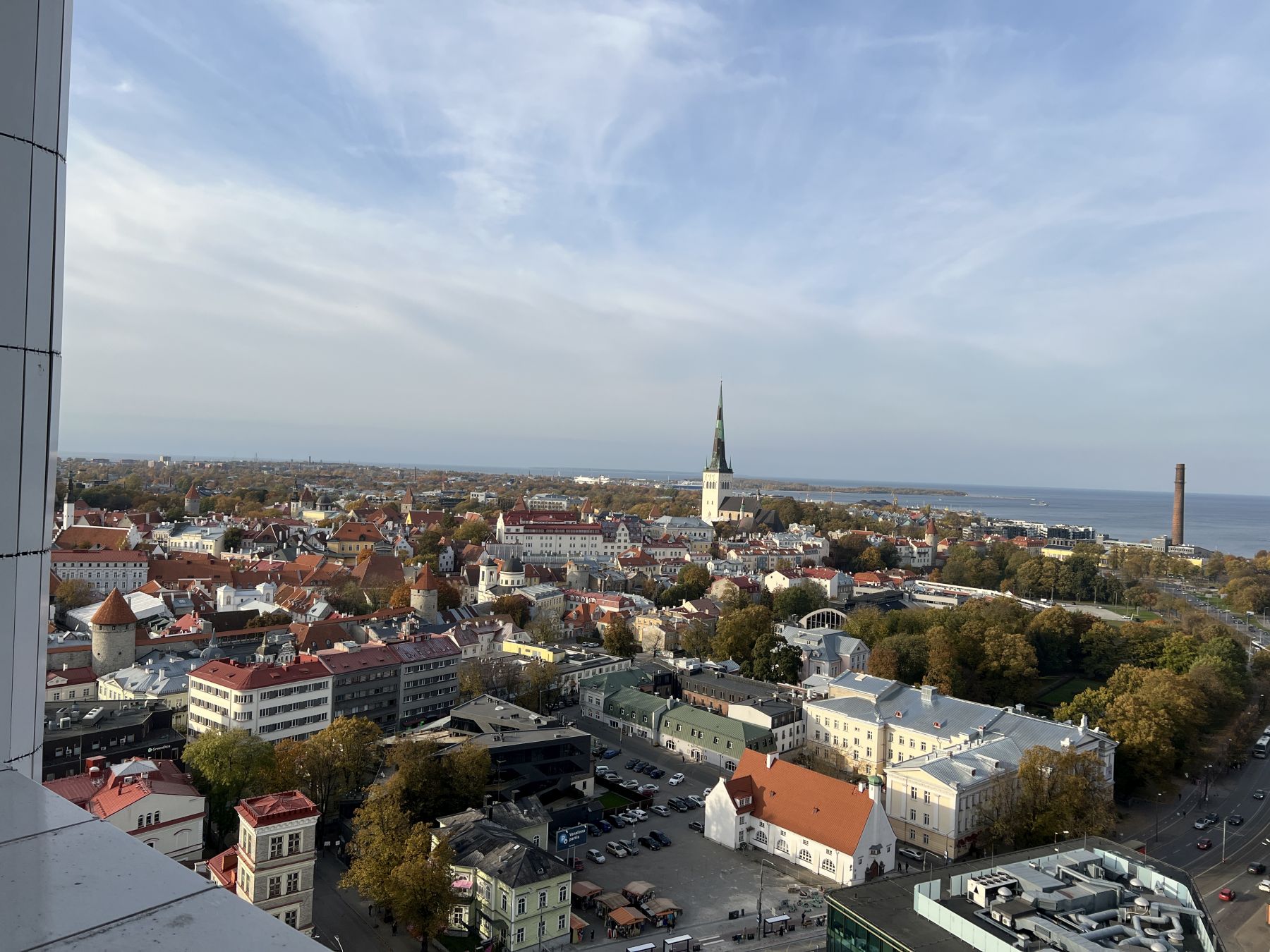
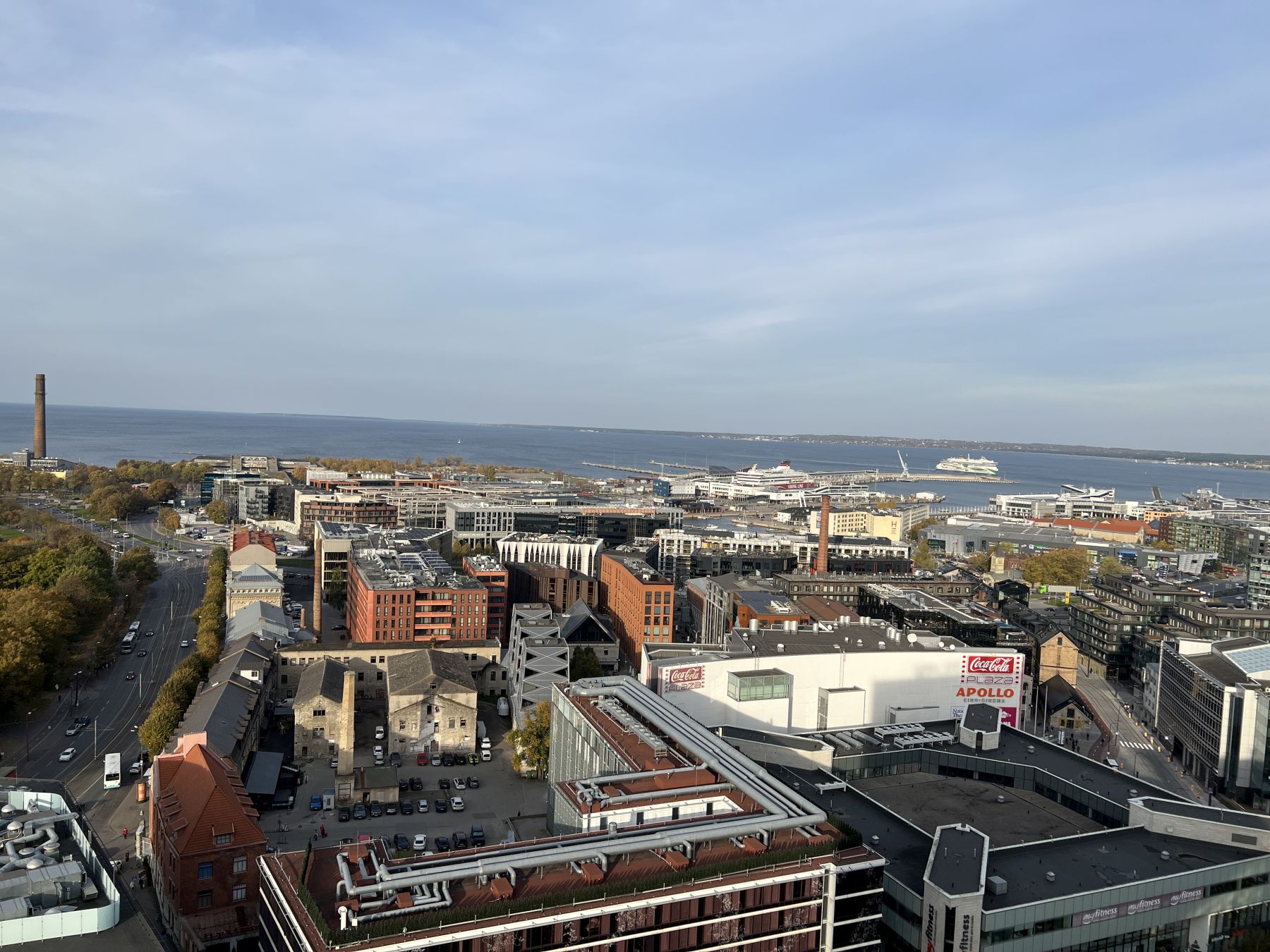
Interestingly, you can see in the picture above (more closely below), where more modern buildings / architecture surrounded and swallowed older buildings, yet the older survived and still live side-by-side with the more modern.

A quick bit of more information on Hotel Viru, and why it was so important to the KGB below (please skip to the next set of pictures if you don’t find the foray into soviet history interesting).
Tallinn was not quite the stereotypical Soviet city (not as harsh, and more western appearing) and thus the Soviet’s was one of the areas that the Soviets would more freely allow foreigners into, so they could show “how good the Soviet Union really was”. The Hotel Viru was designated as THE hotel for foreigners in fact, and when locals tried to enter the hotel (it was where big business was accomplished after all), they would be asked to leave being told “this hotel is not for you”.
In fact there were multiple KGB agents (including a near invisible grandmotherly “babushka”) who would sit and observe people as they came in, reporting any they believed to not be foreigners. This big business of course all happened in the bar, and thus the bar obtained the nickname the “hard currency bar” because you could get some of that all important foreign currency through deals there.
Of course the hotel was wired and ready to spy upon folks (think 70’s and 80’s, thus audio and photos only, today’s video capabilities didn’t exist back then). There were key members of staff (such as specific waiters) who were used by the KGB to bring targeted guests special plates of bread. (It was the plate that was special, not the bread, in that the plate was an unbreakable bugged plate.)
There were also rooms where they would put target guests which were bugged, as well as having the adjoining rooms being occupied by the KGB such that they could put their spy cameras through holes in the wall to take covert photos.
Many of these photos were taken after ladies of the evening were sent in, in order to obtain compromising leverage on a targeted individual. Anyway, the main gist of the hotel was that it was specifically for westerners / foreigners and not a hotel that the locals could partake in. All of the data collected from Viru was routed to a local KGB main office, but then ultimately on back to Moscow.
So, back to our day.
If you’ve read our blogs before, you know that elevators in Europe are frighteningly small. Tim and Jay missed the full elevator the rest of our group used, and were stuck on the 22nd floor waiting for the next elevator.
We had observed an interesting couple move over to push the button, and when looking at the button on our side it was lit. So we waited. And we waited a little more. Then a little more. Finally a bit more. Tim told Jay as long as the elevators took to respond, we had to make sure we were on the next one. (We were second in line behind that interesting couple, so it wasn’t like we were going to push down any little kids or something… we just needed to be prepared not to let anyone push us out of the way.)
We were beginning to despair when the KGB guide came around the corner and said “Oh, nobody’s going to push the button?” and then proceeded to push the button. The obviously illuminated and fully lit button turned even brighter.
SON OF A…. errrr… the elevator proceeded to come pretty quickly.
The rest of our group, along with our guide for our next event, a walking tour of old town, were waiting for us in the lobby. We walked back to the old town gates, took a right, walking along the old town wall, and then began meandering through the various areas of what we’ll call “lower” old town. Our meanderings took us through many tunnels (through walls and buildings), including into the main square.
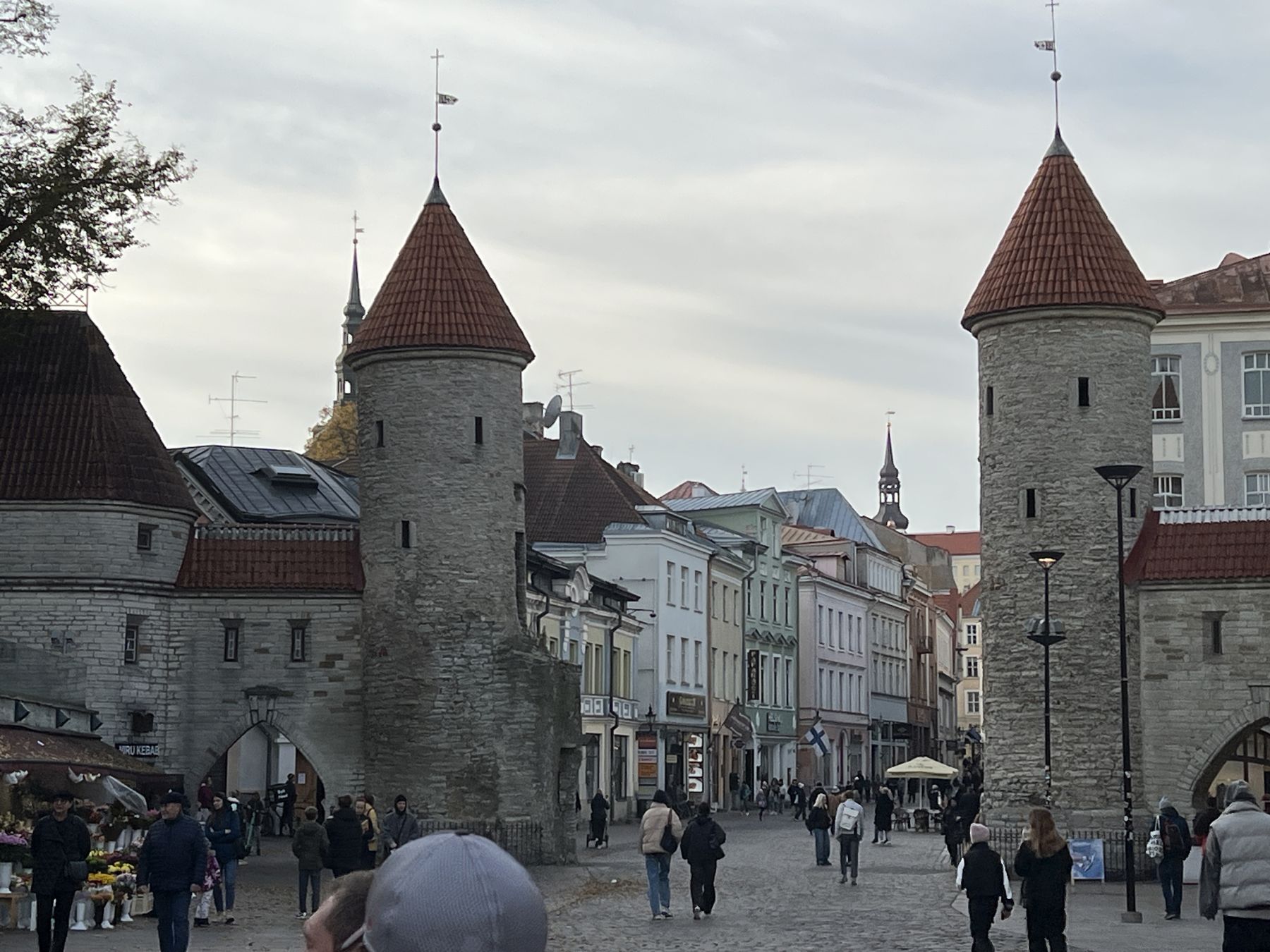
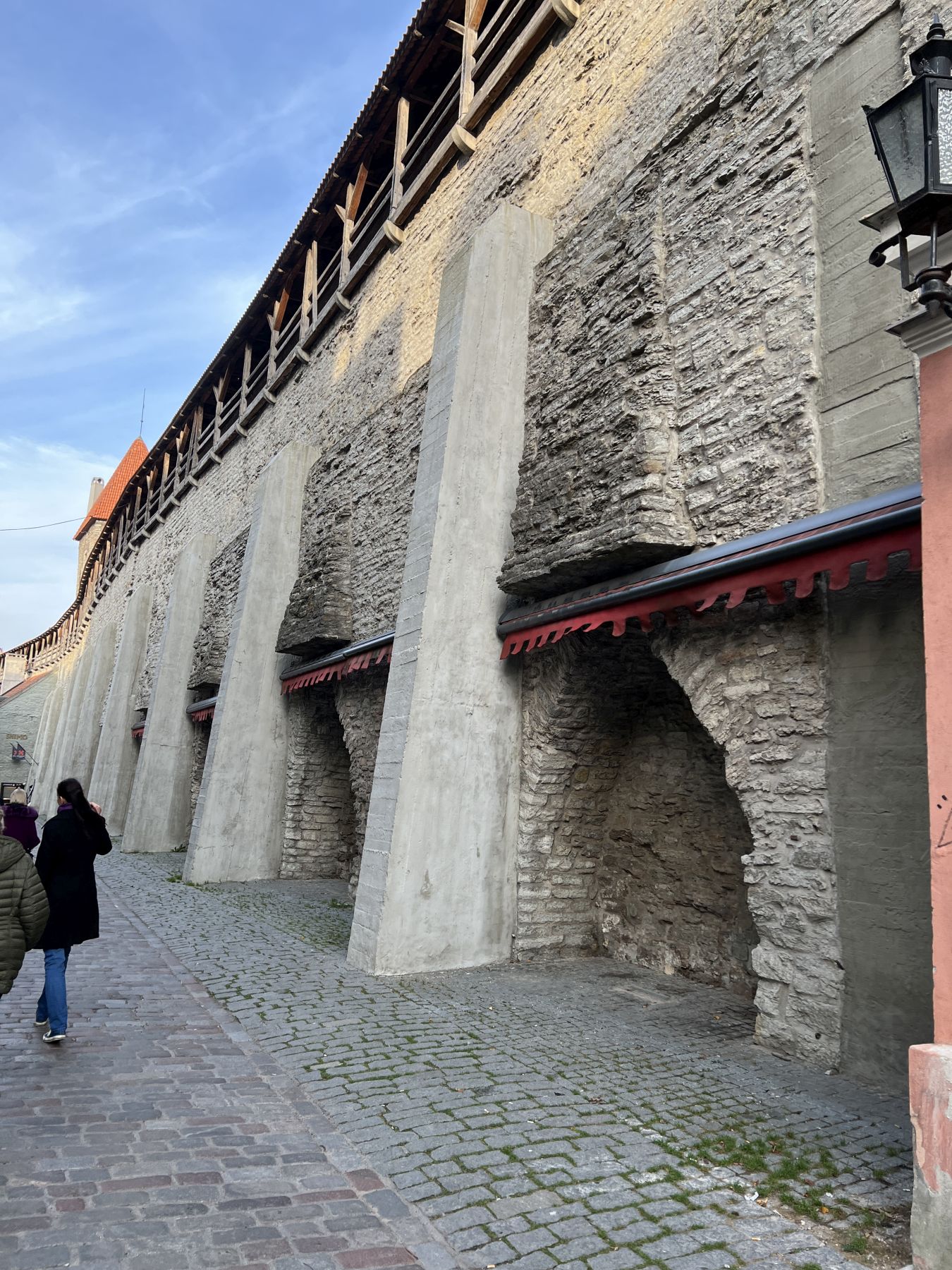
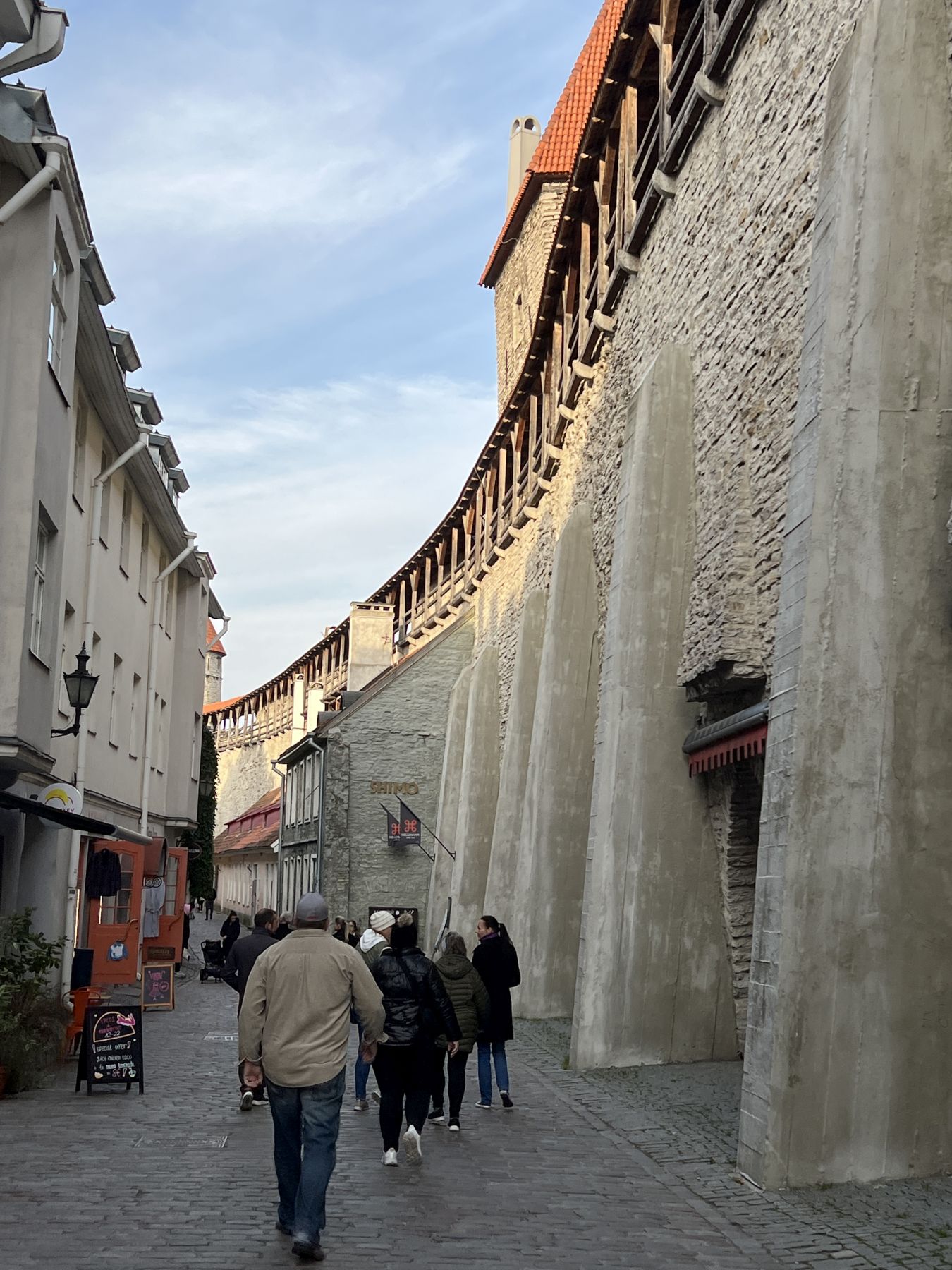
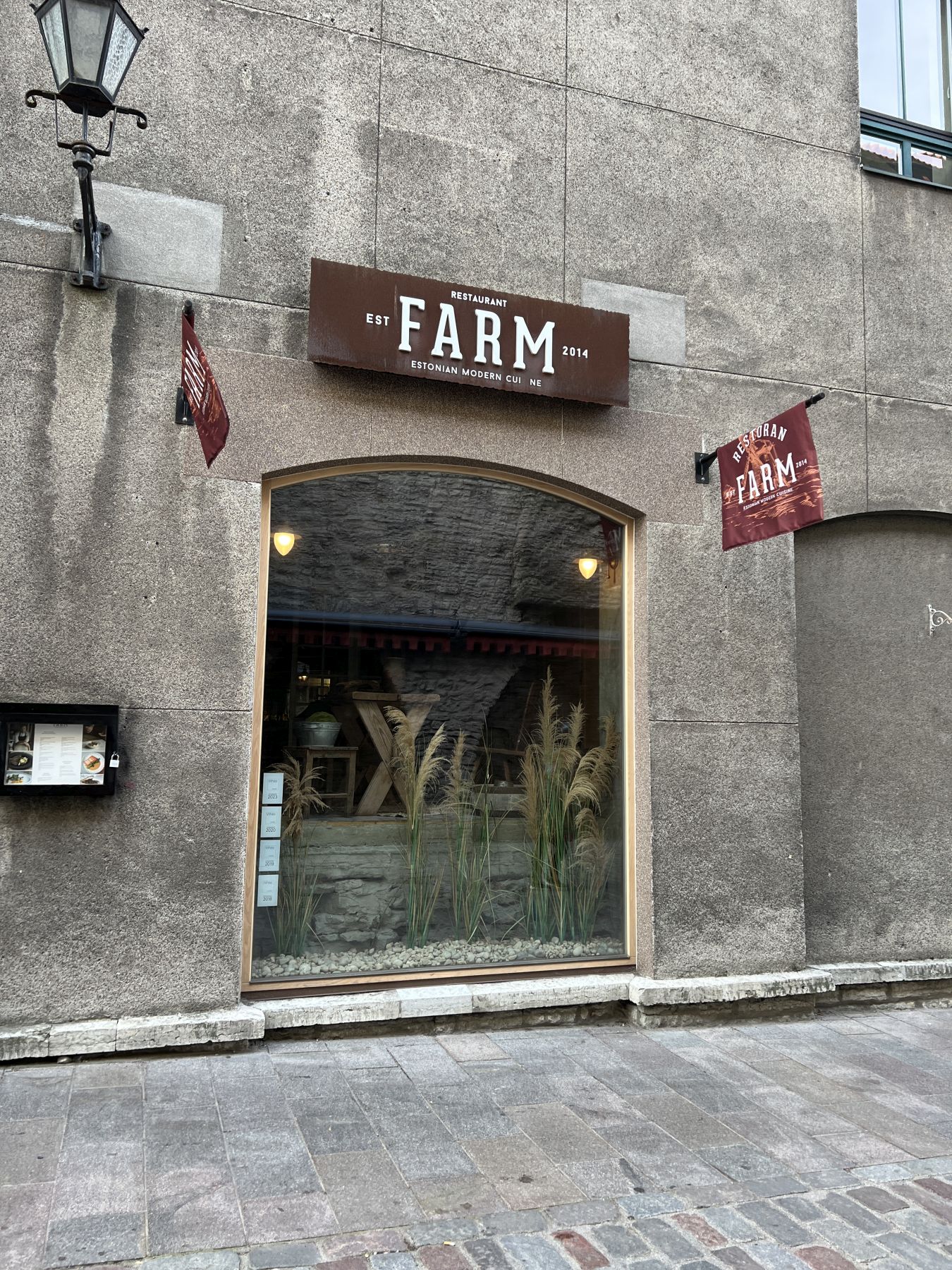
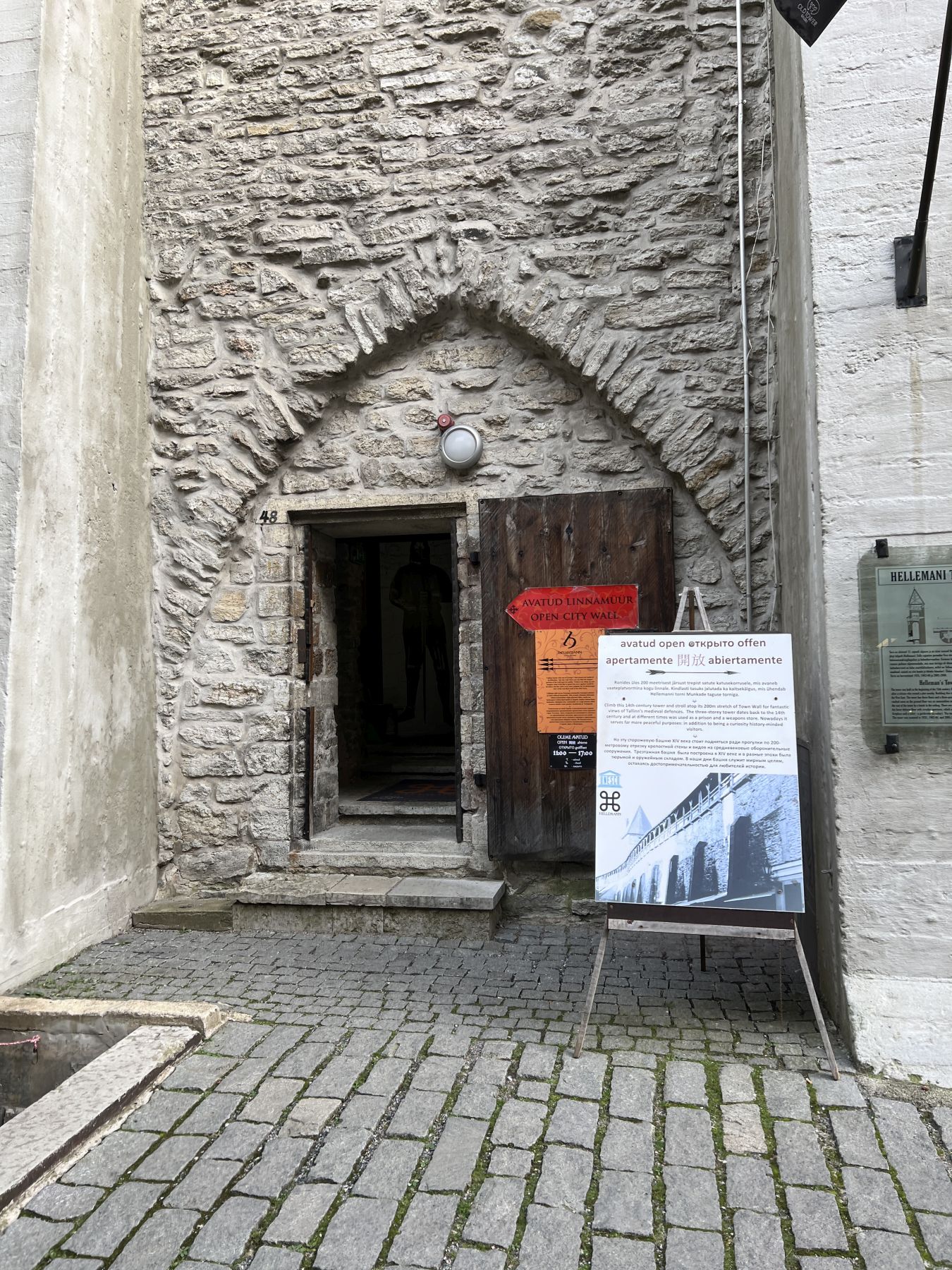
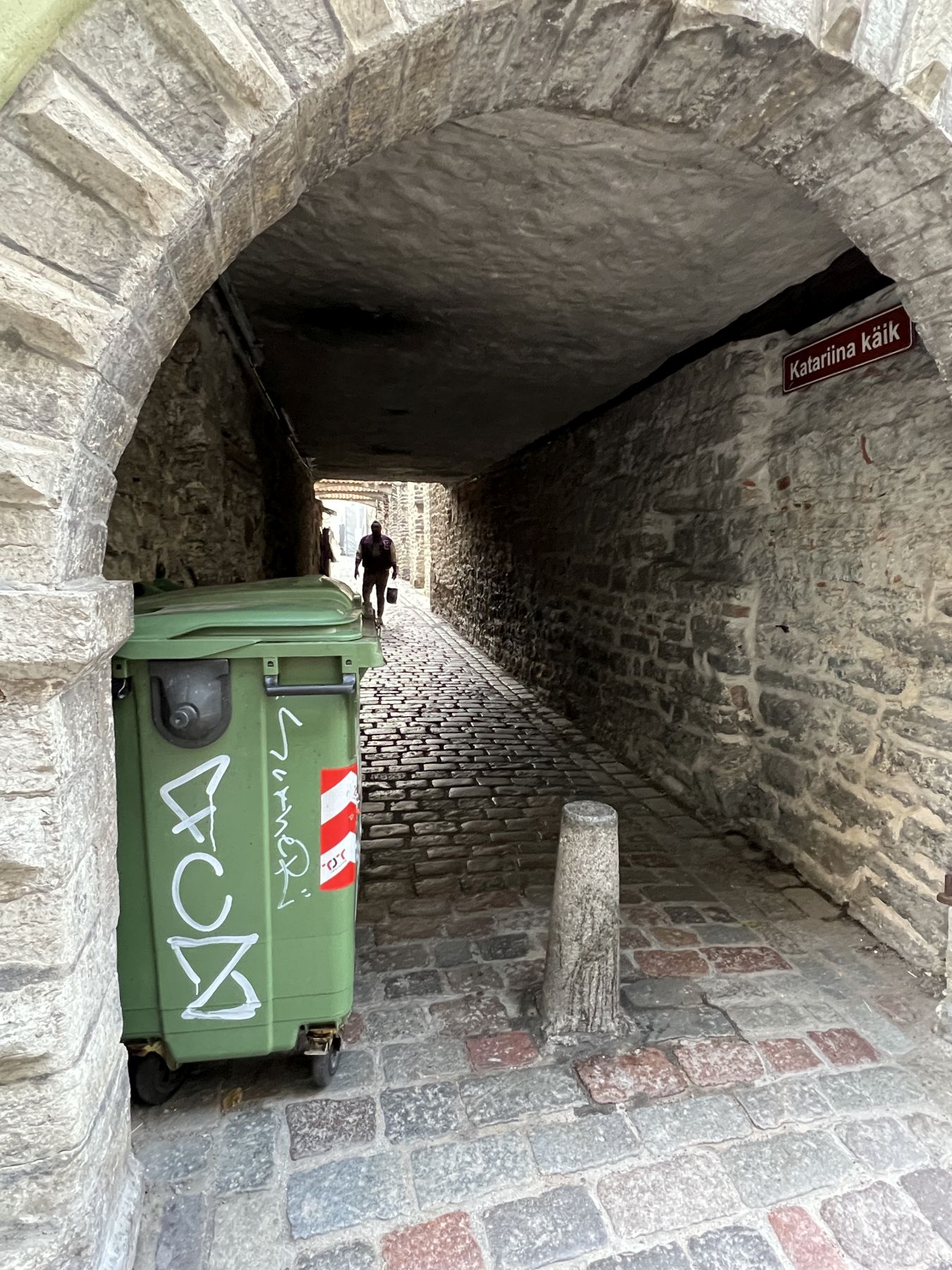
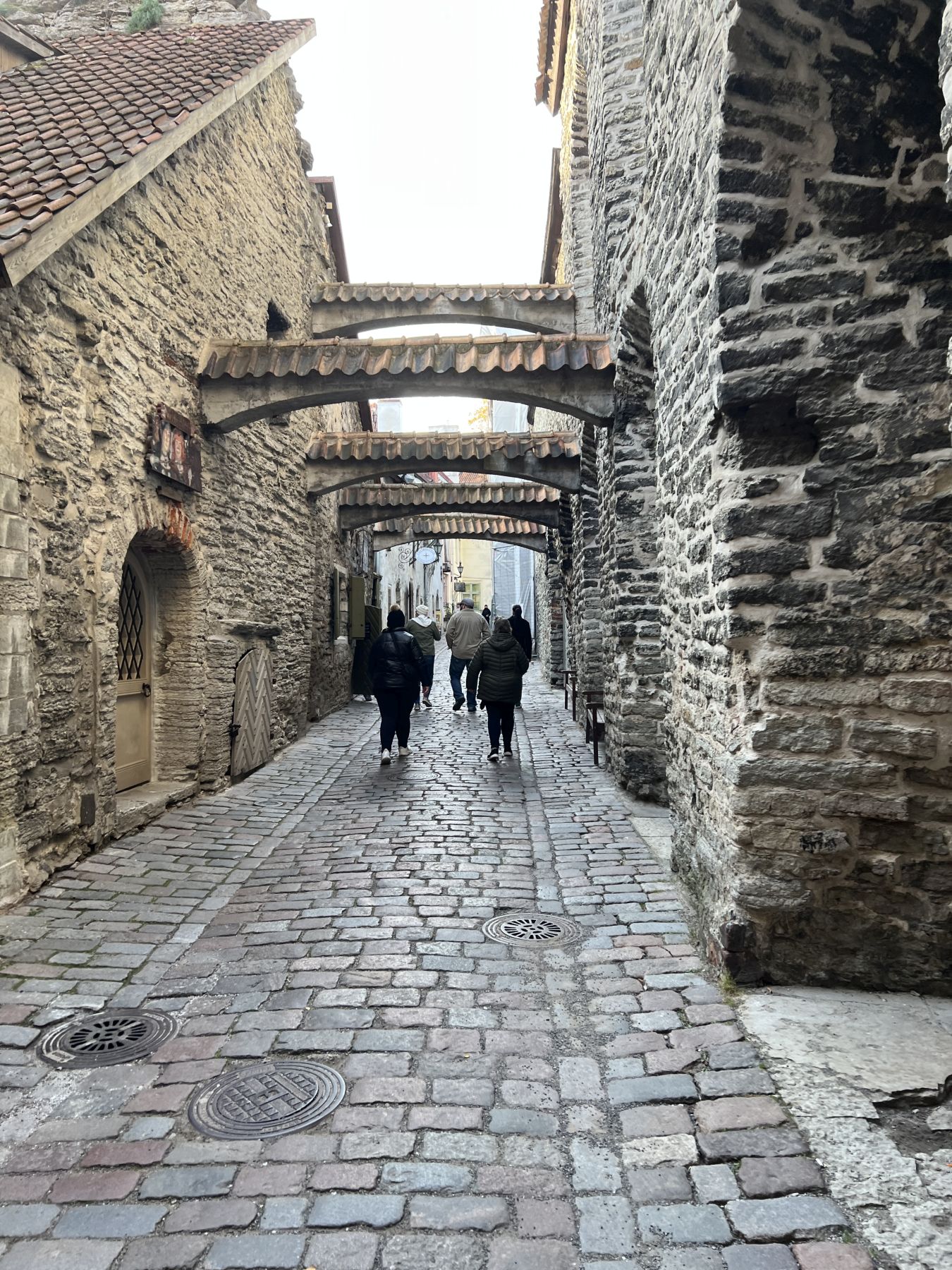
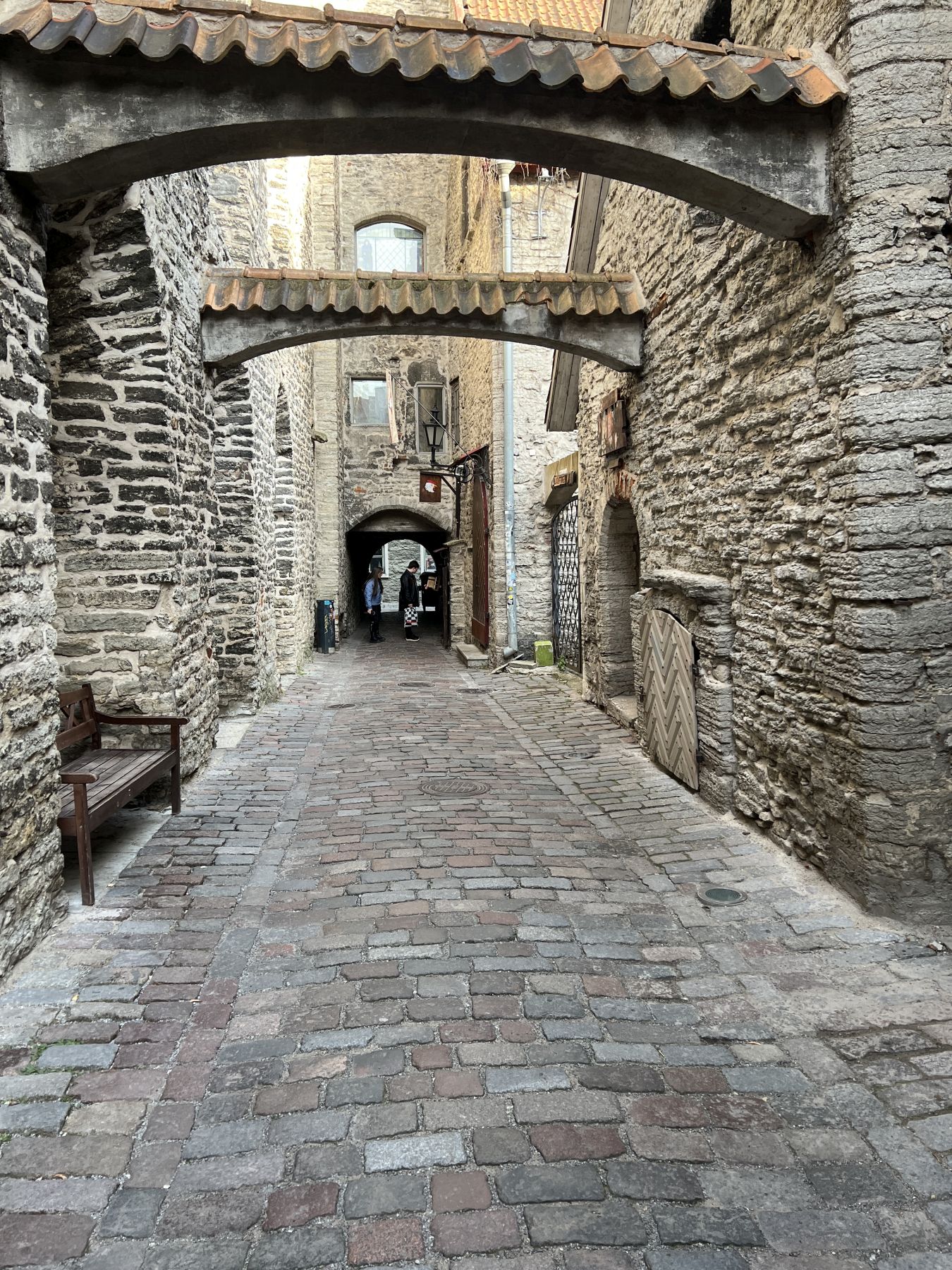
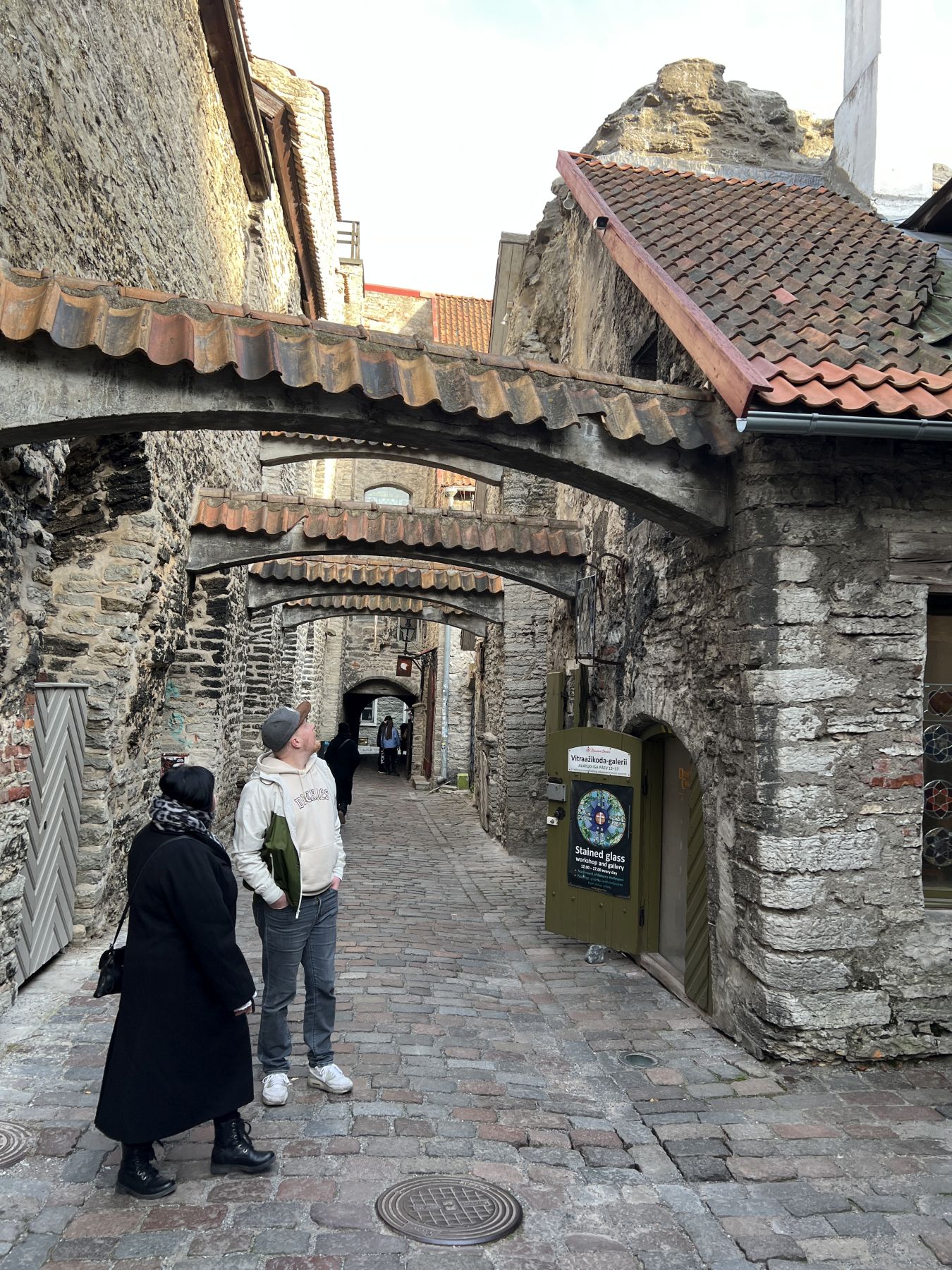
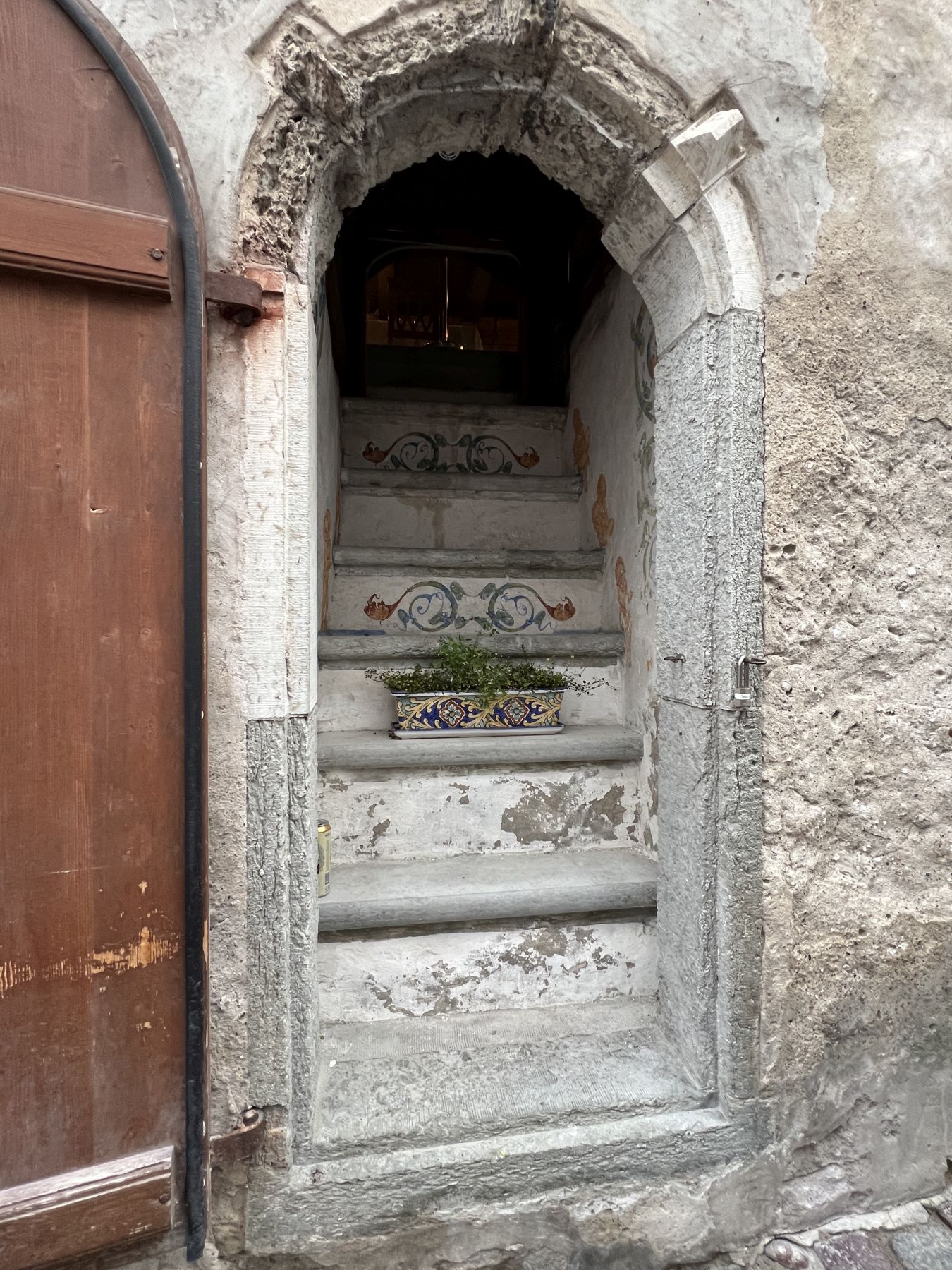
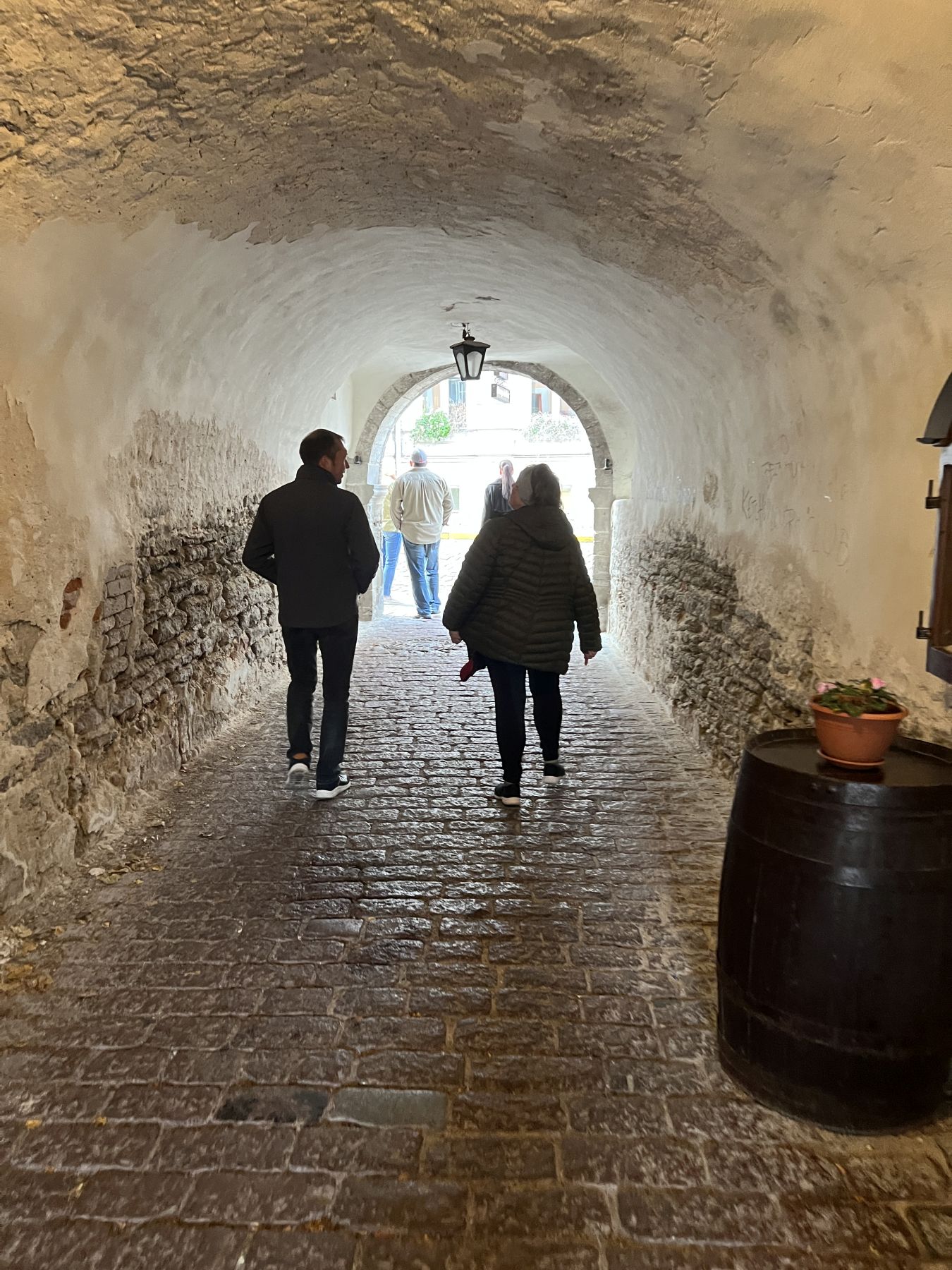
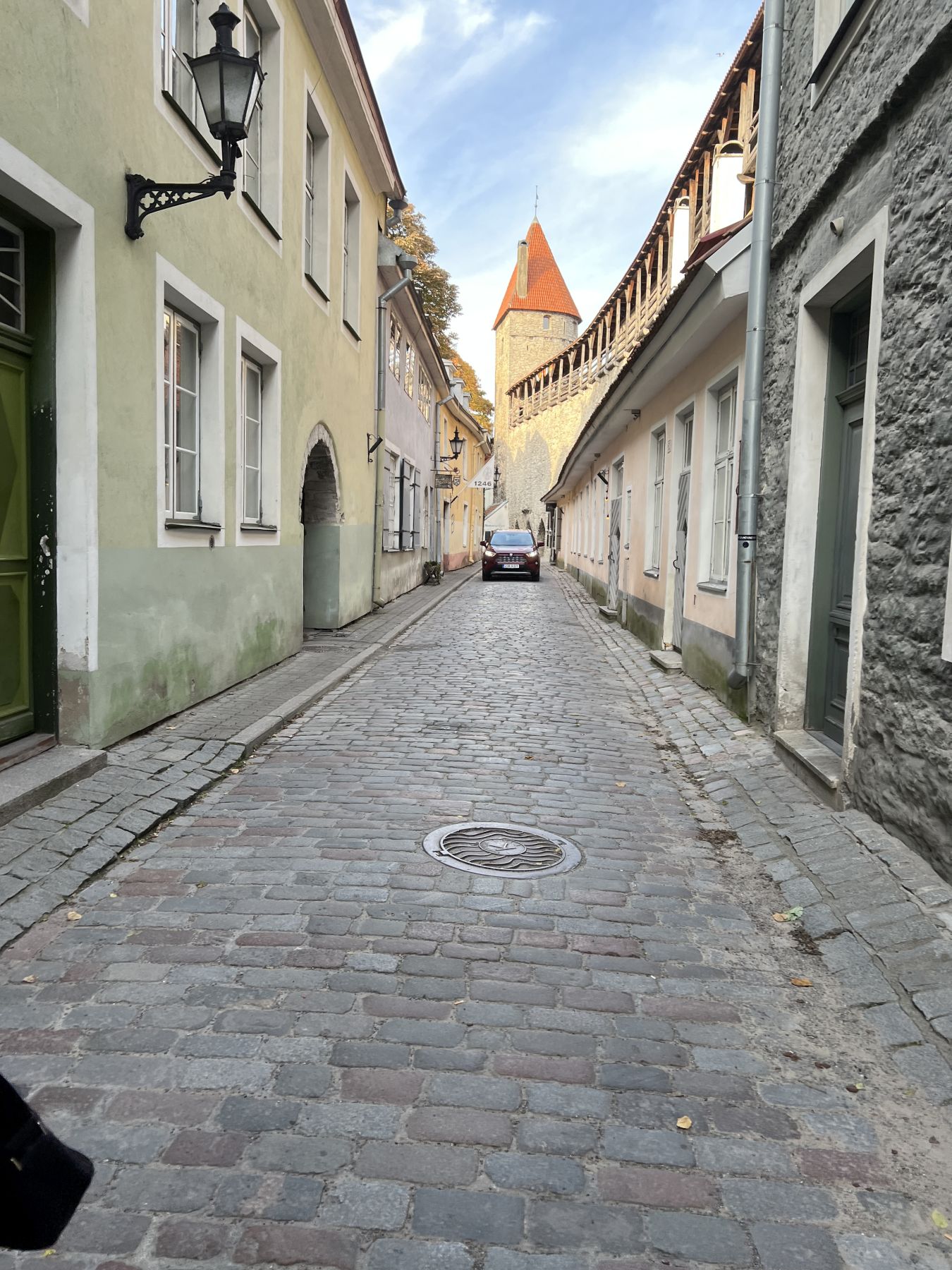

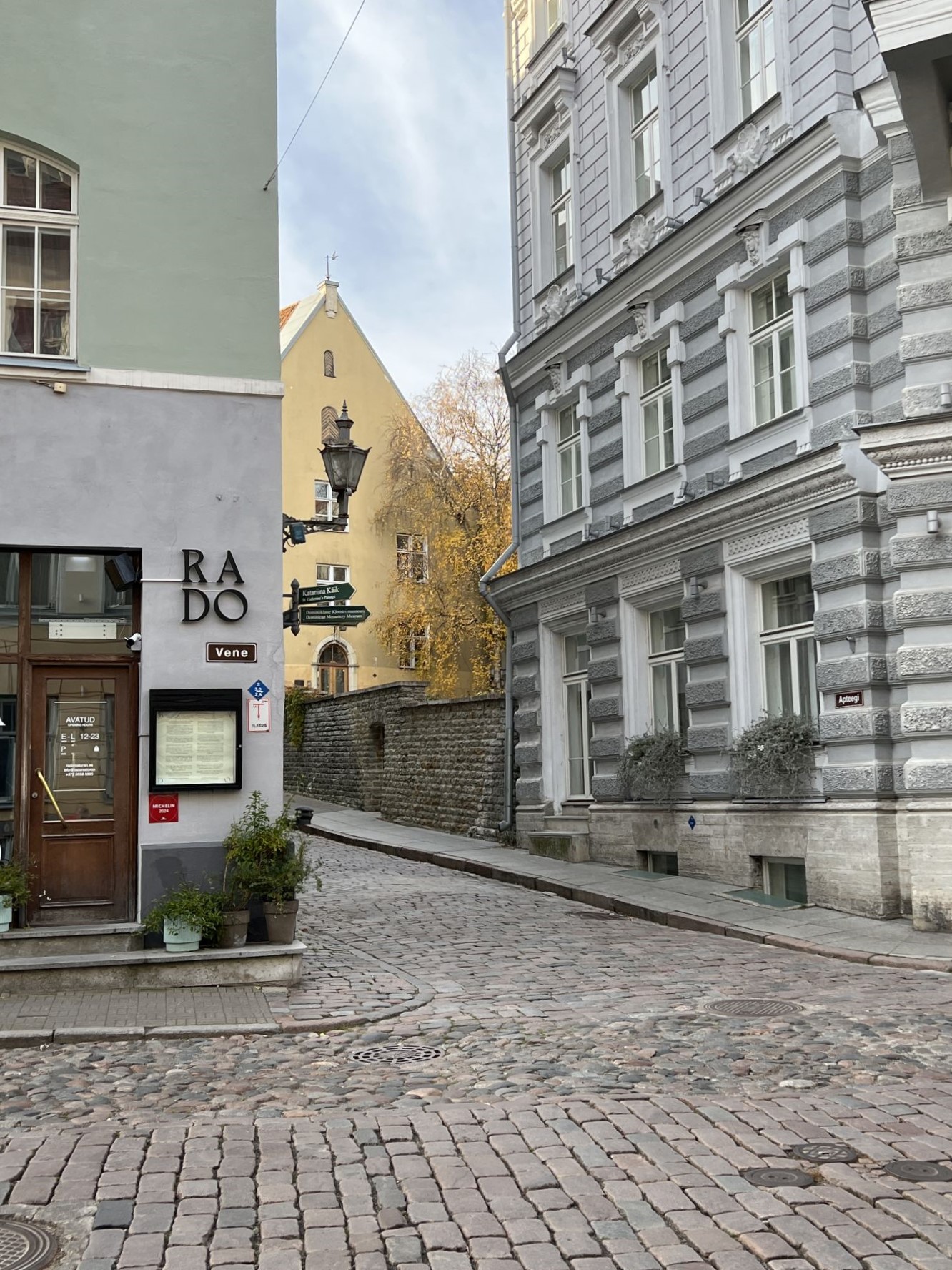
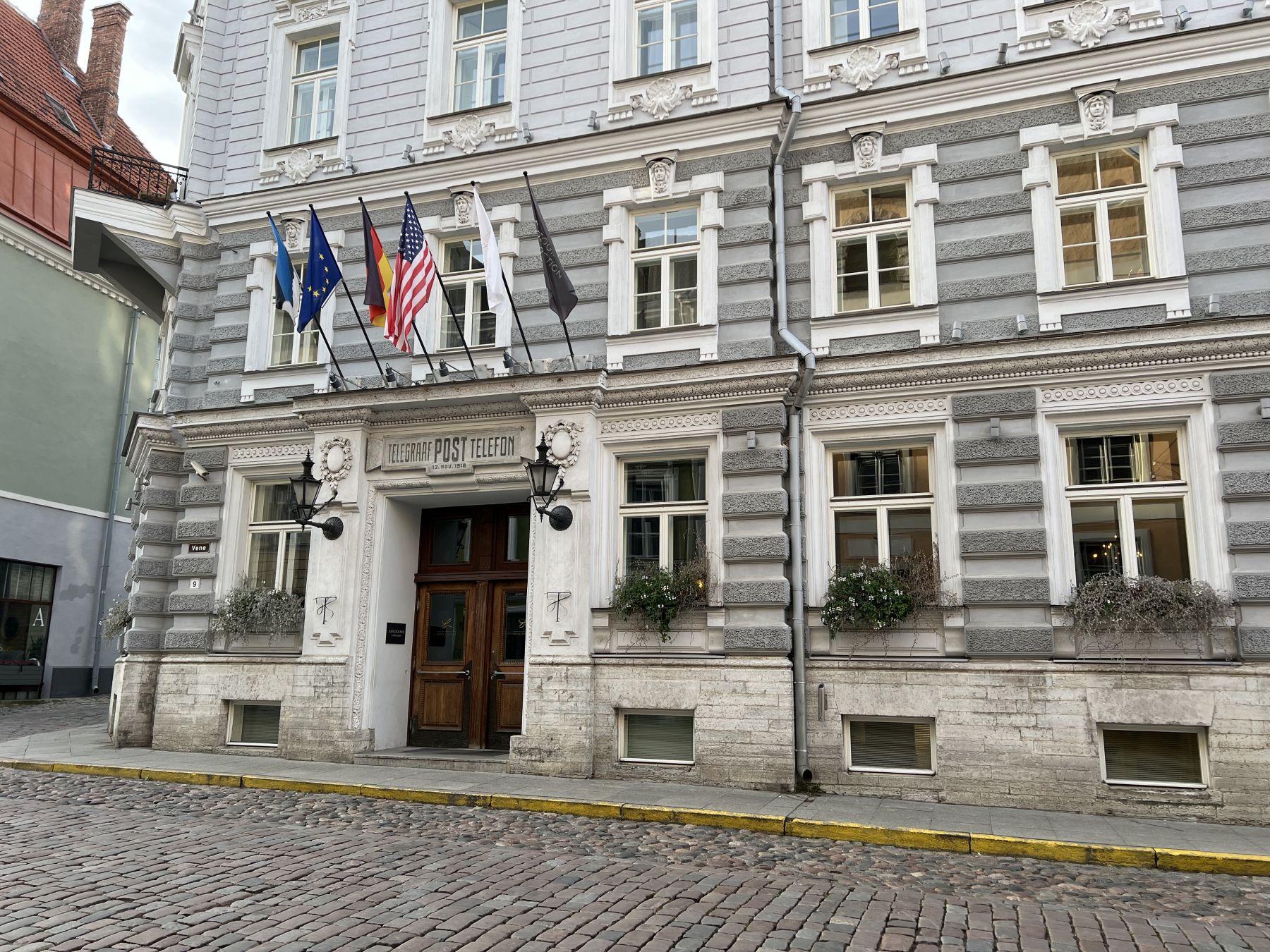
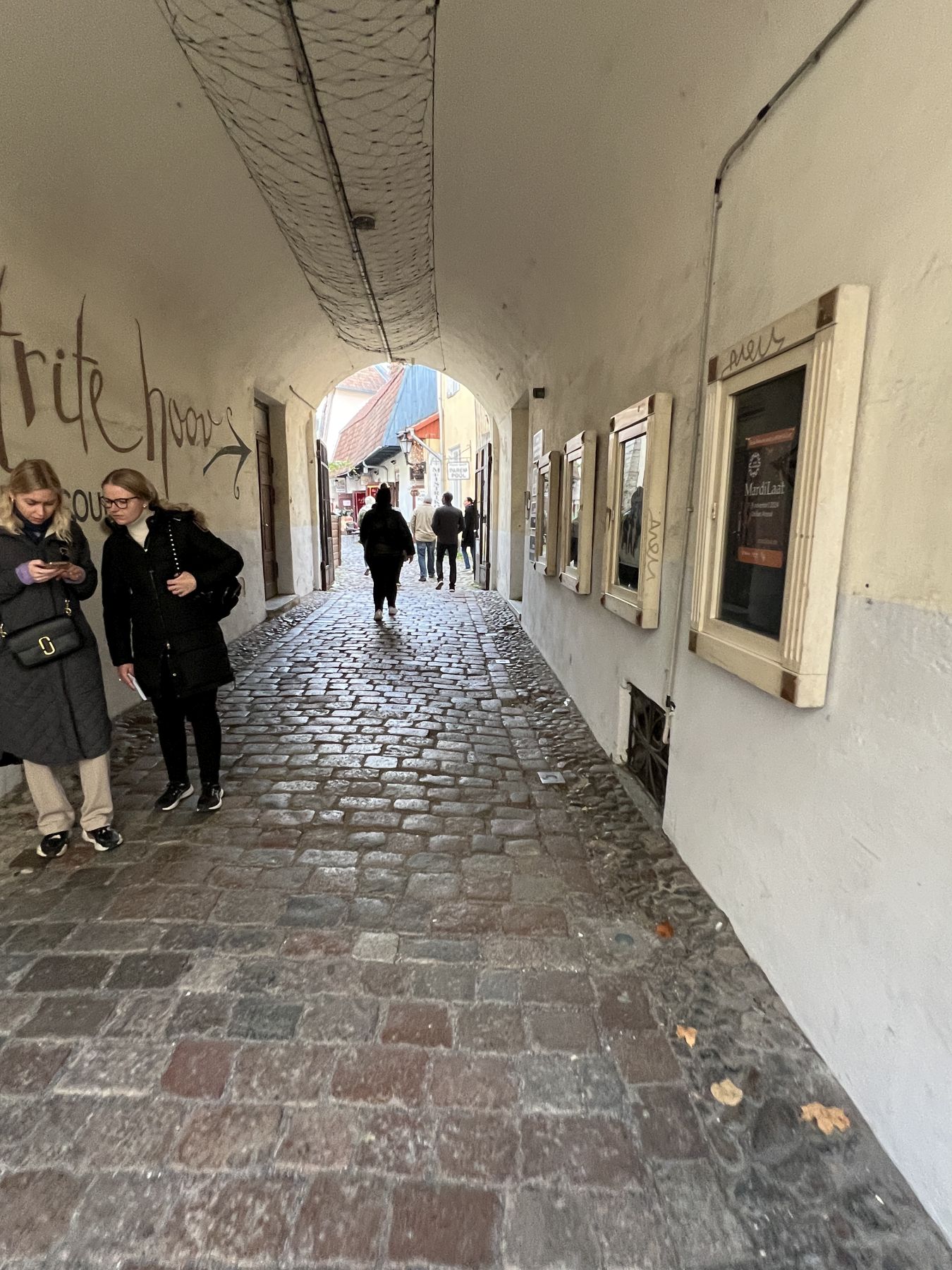
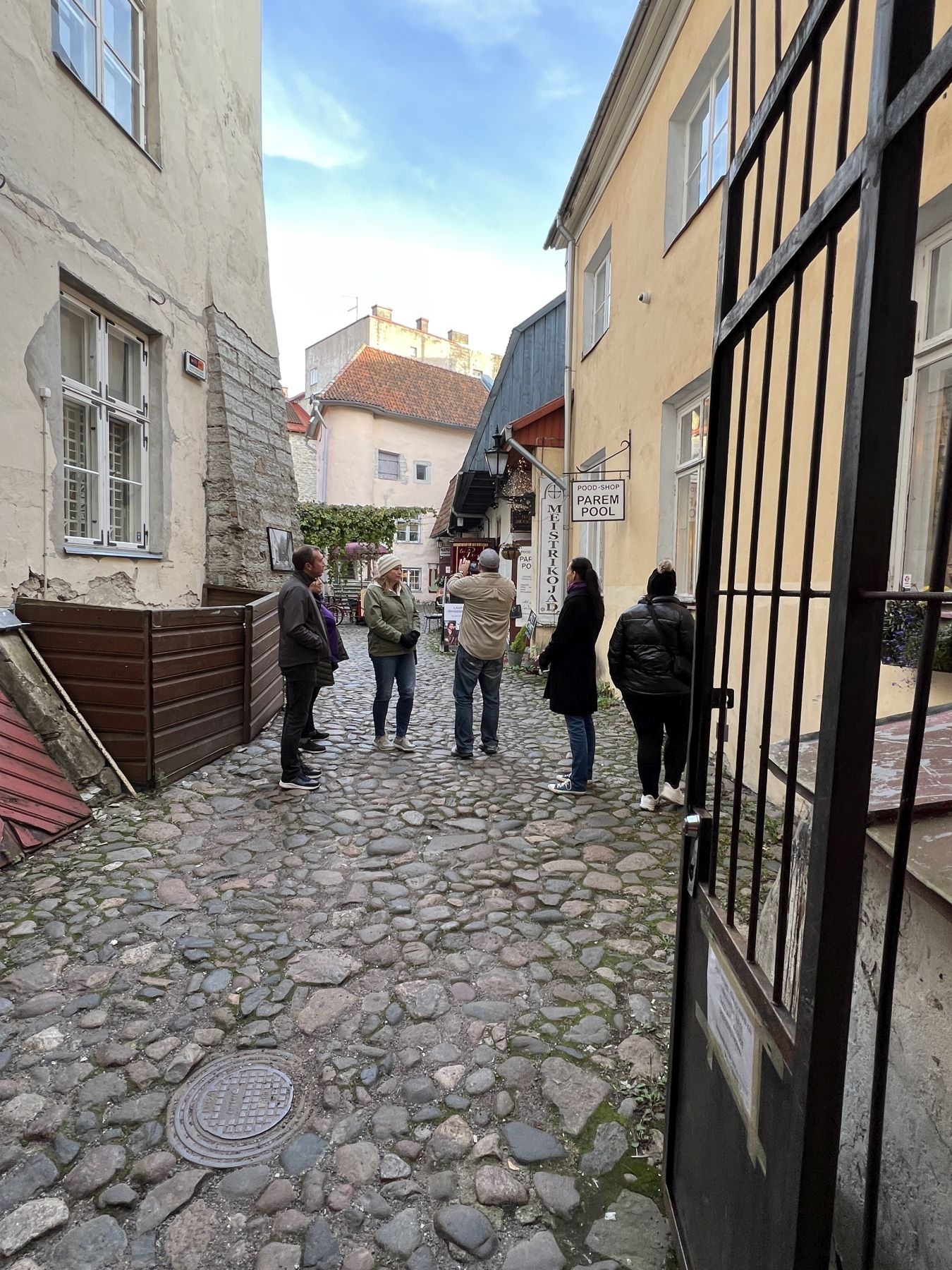
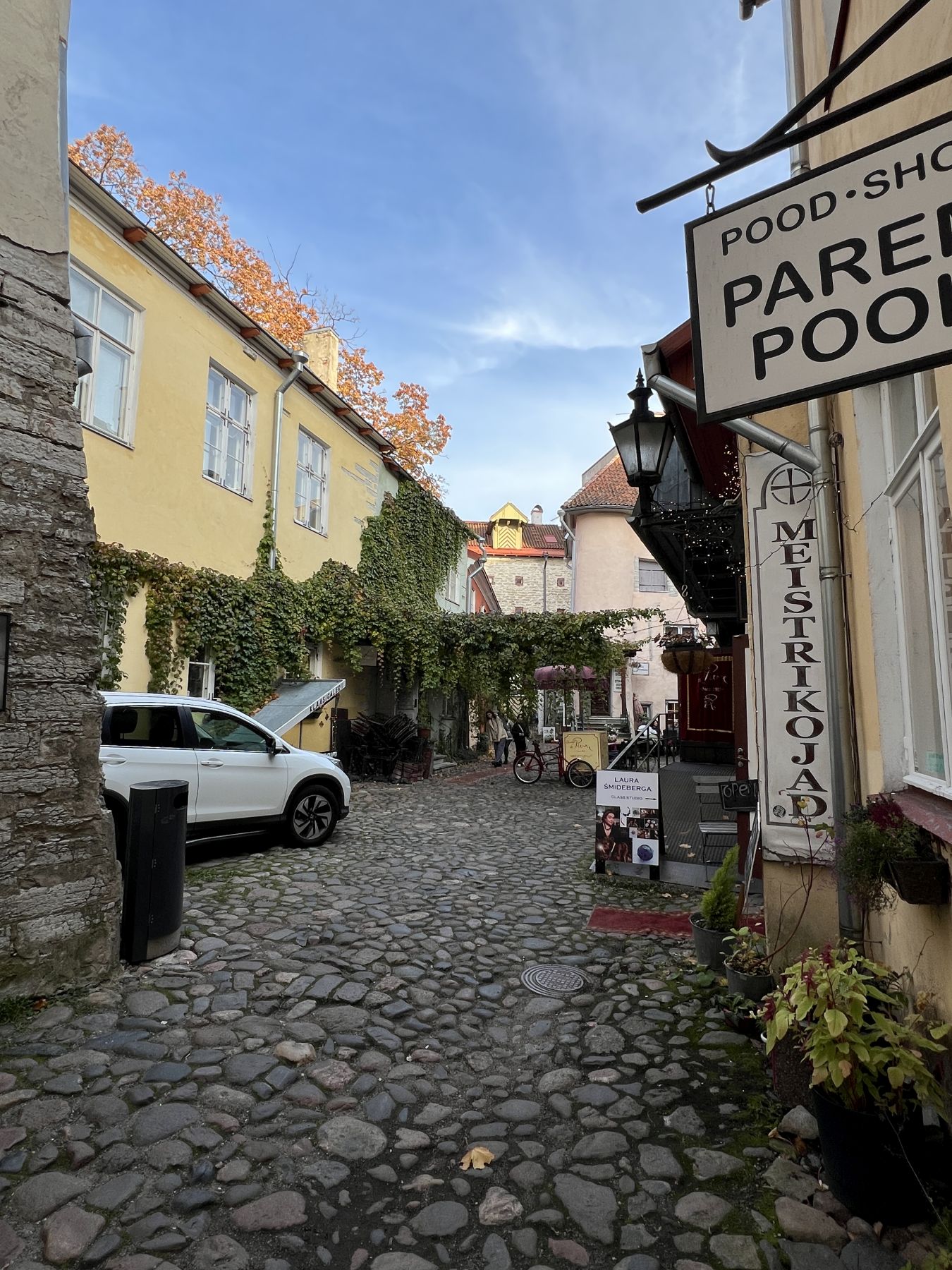
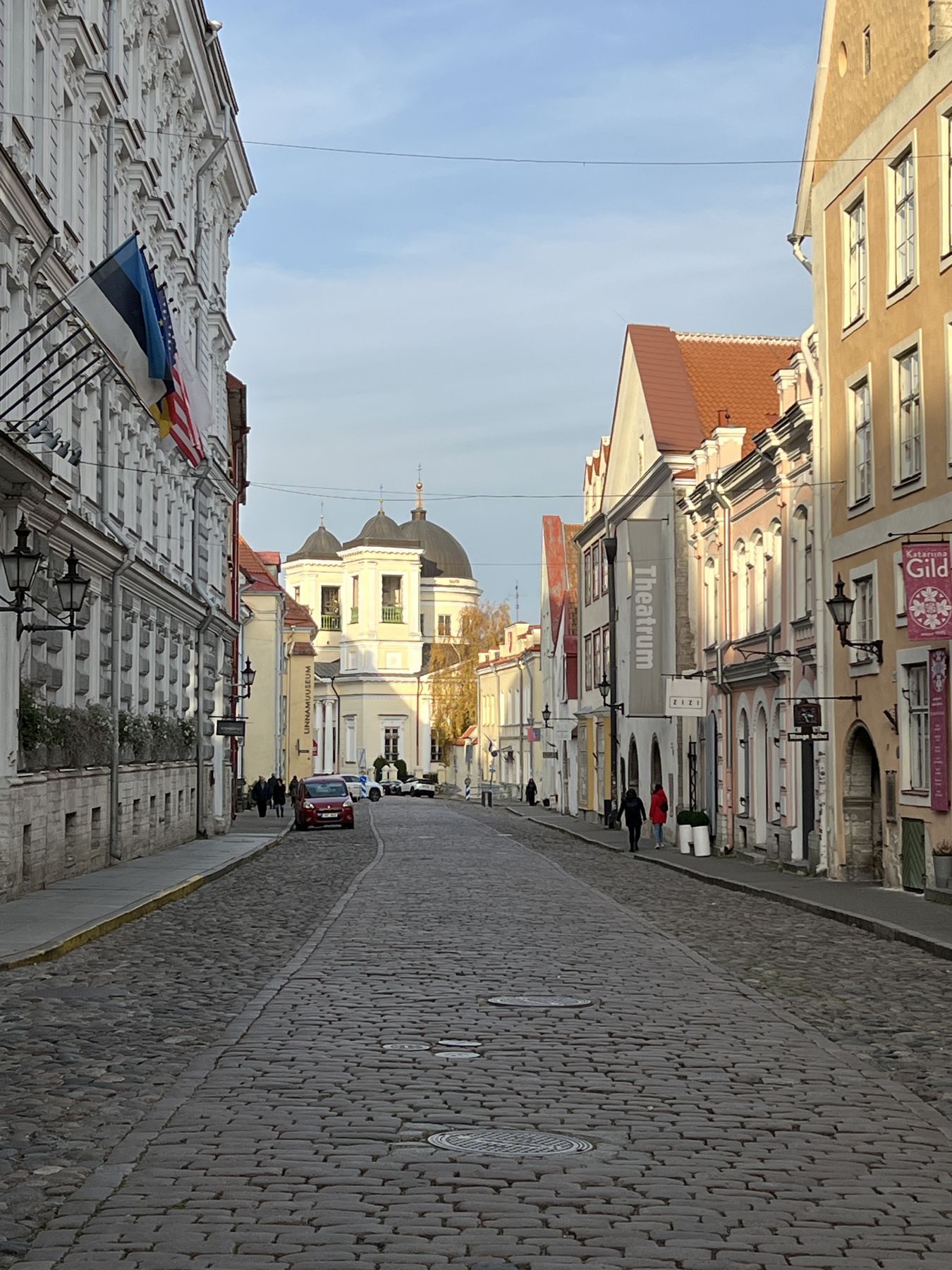
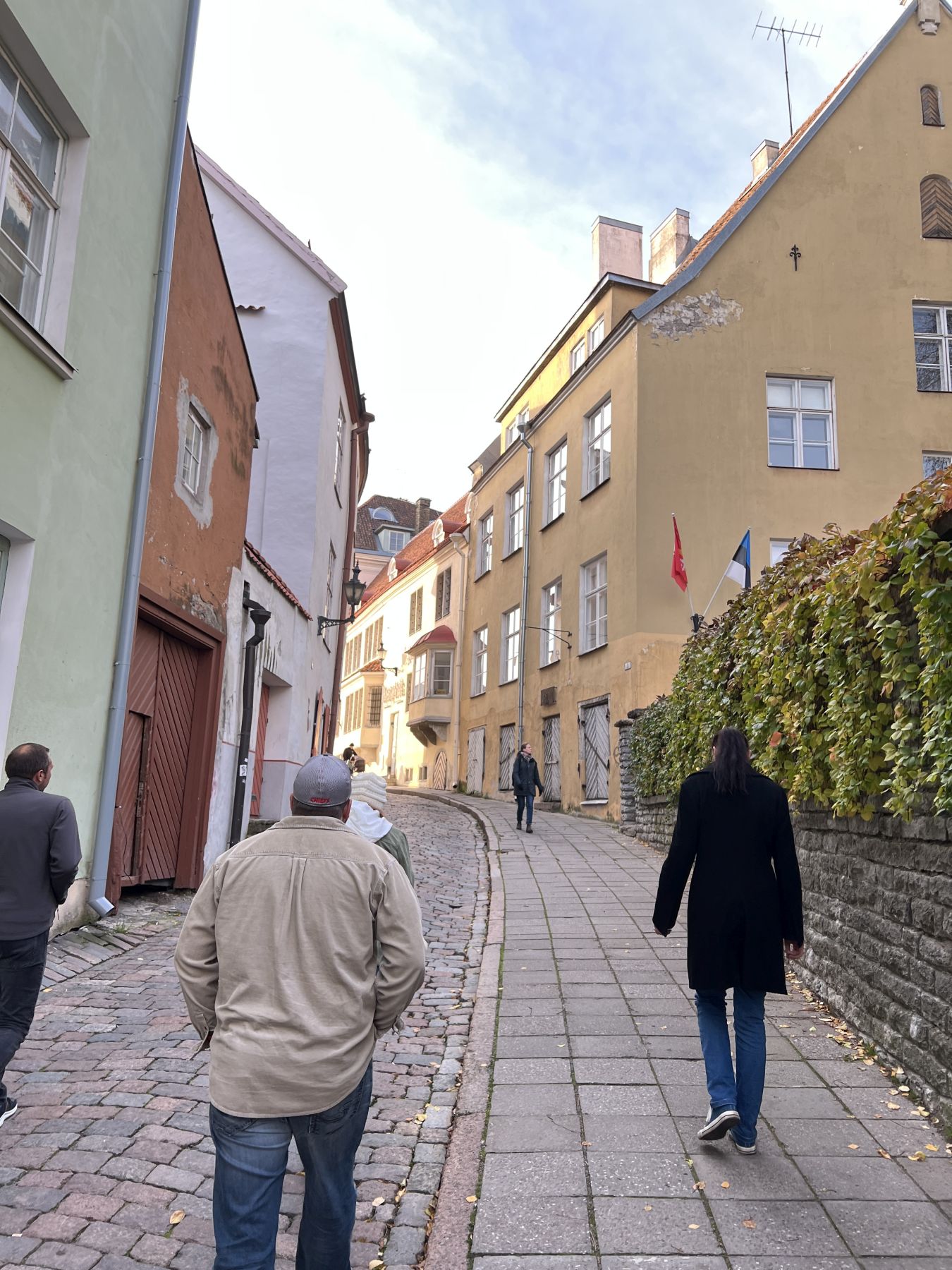
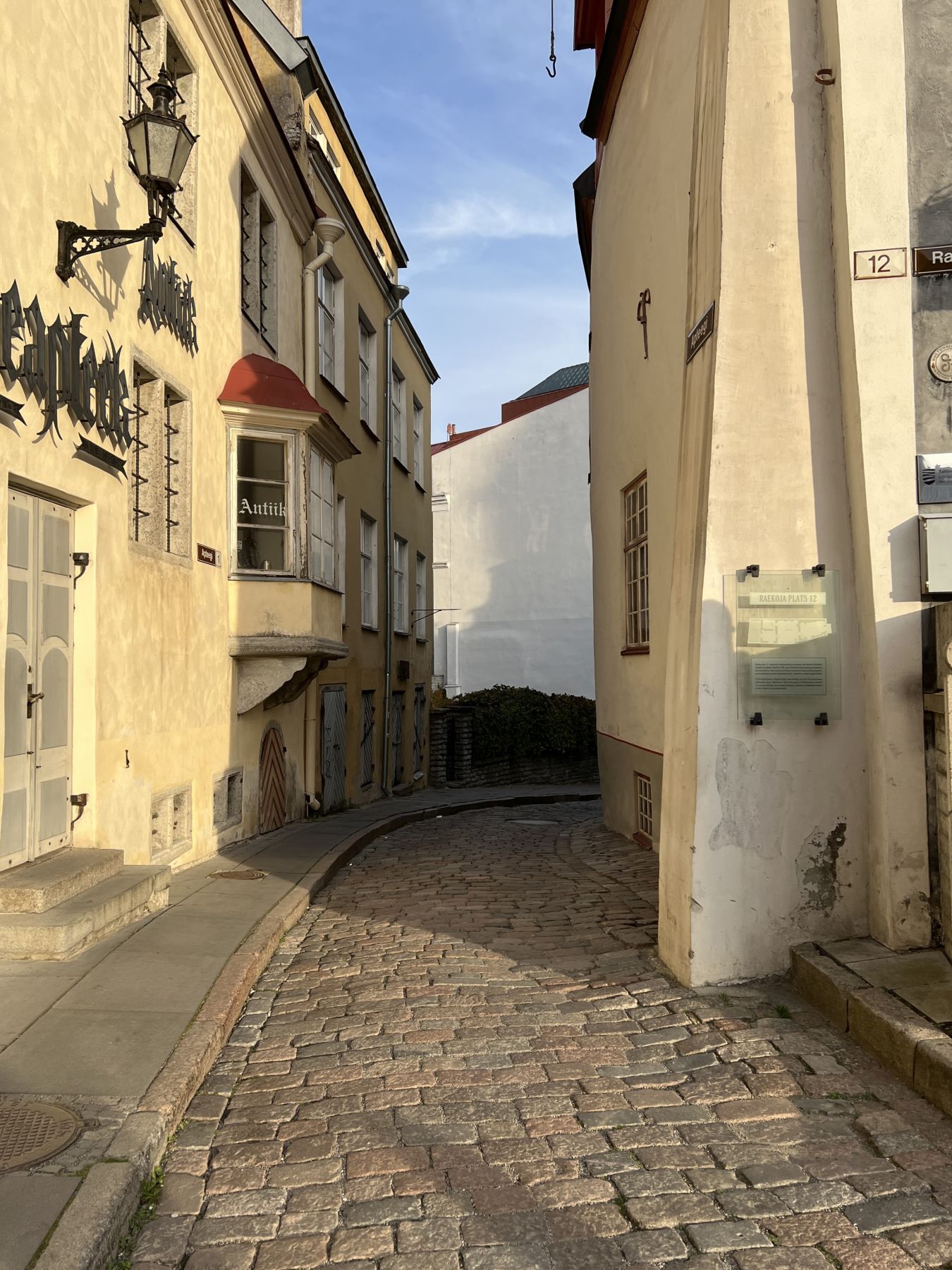
And this led into the central square.

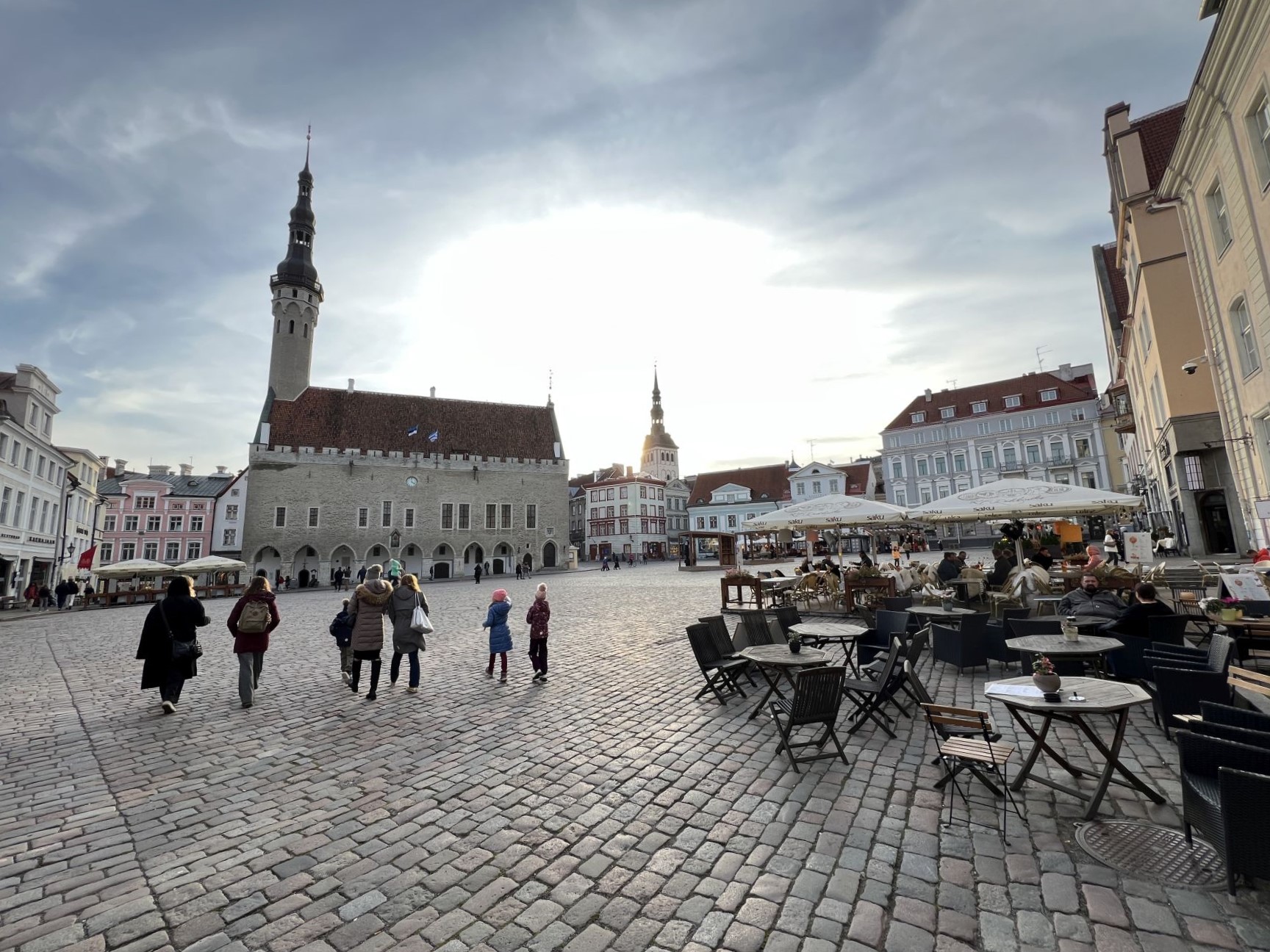
And of course Estonia being one of the countries that broke off from the U.S.S.R. when it collapsed in 1991, the locals are not shy about their feelings for Russia (particularly with the Ukraine war on-going).
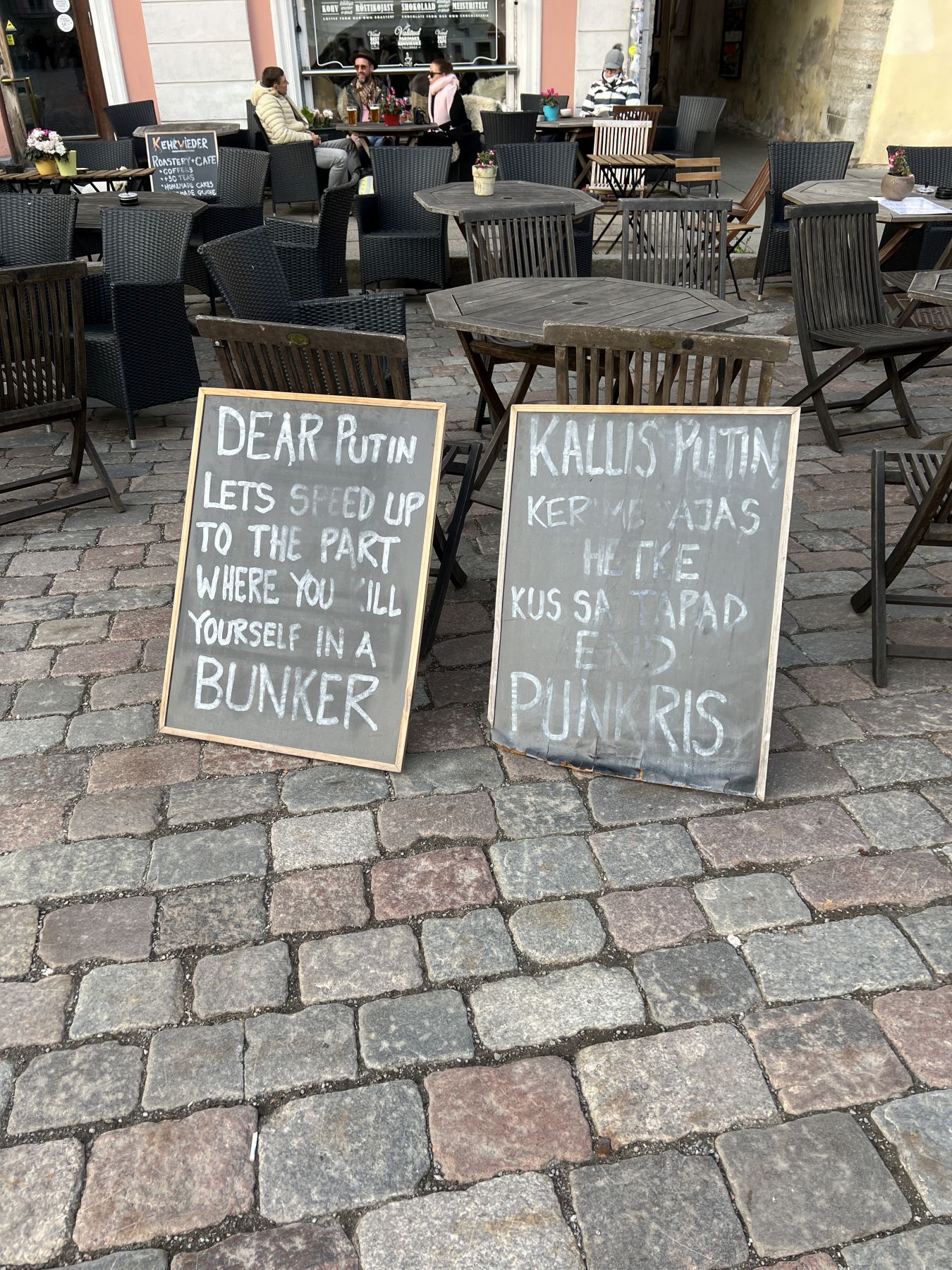
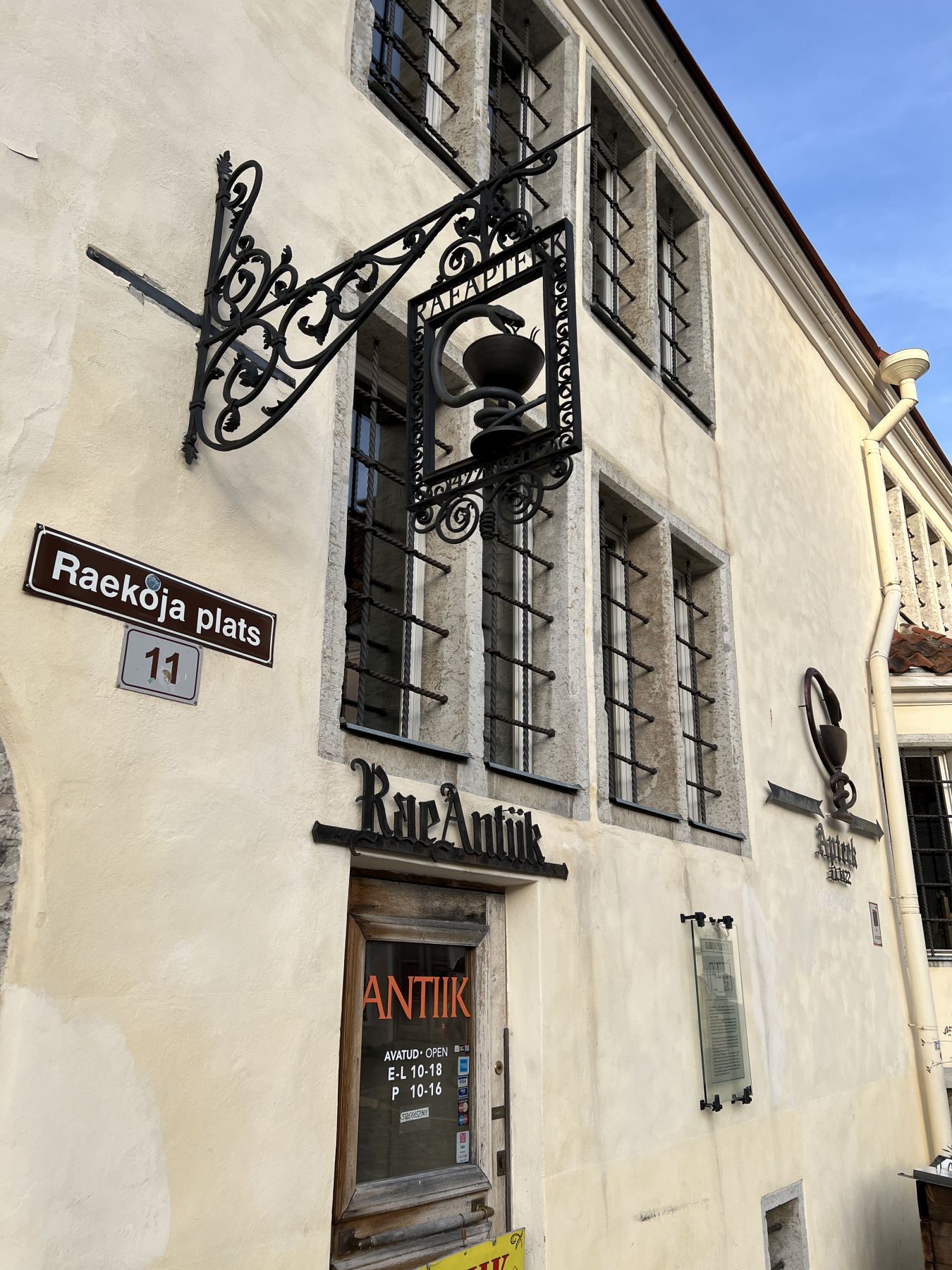
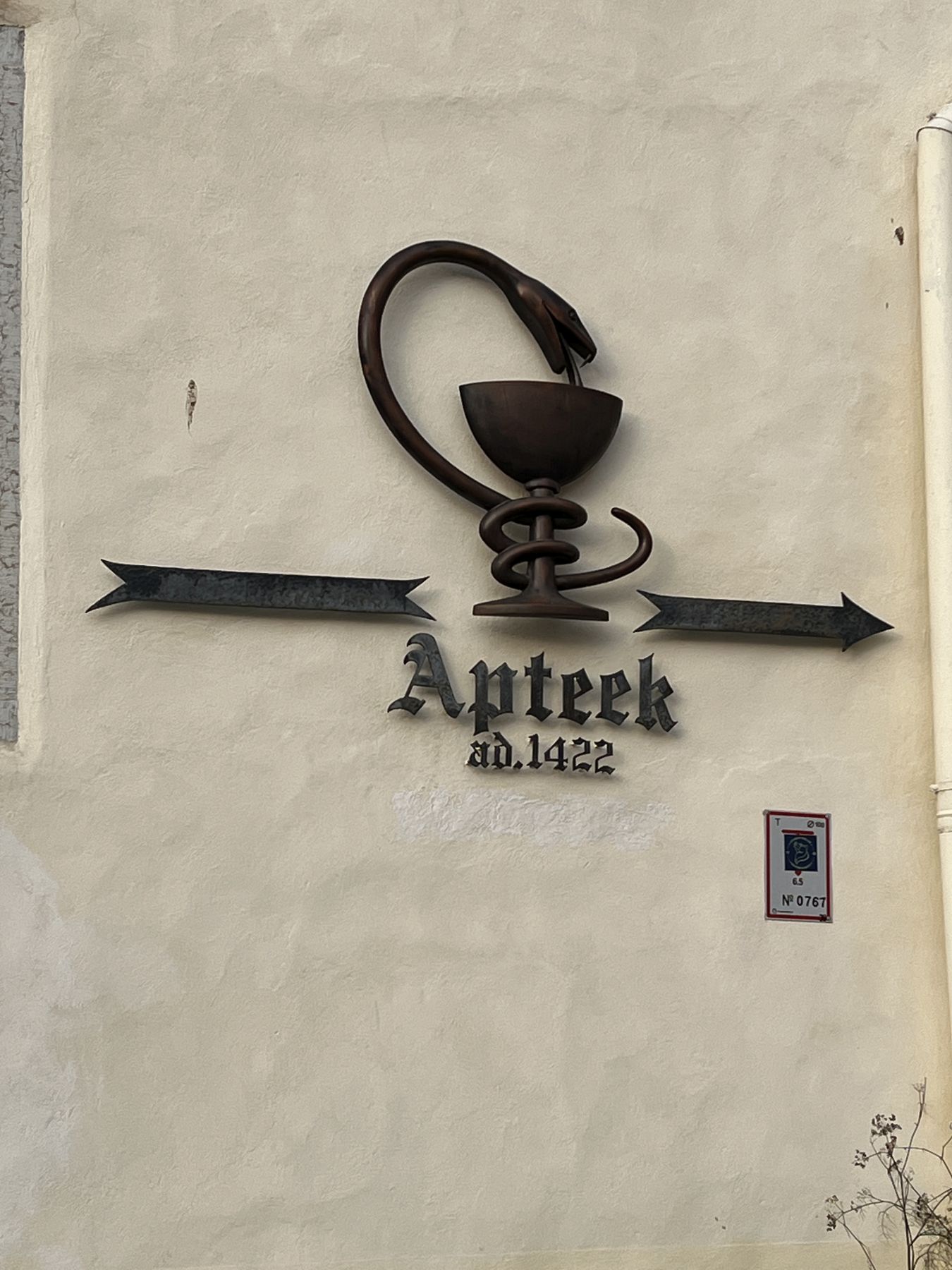
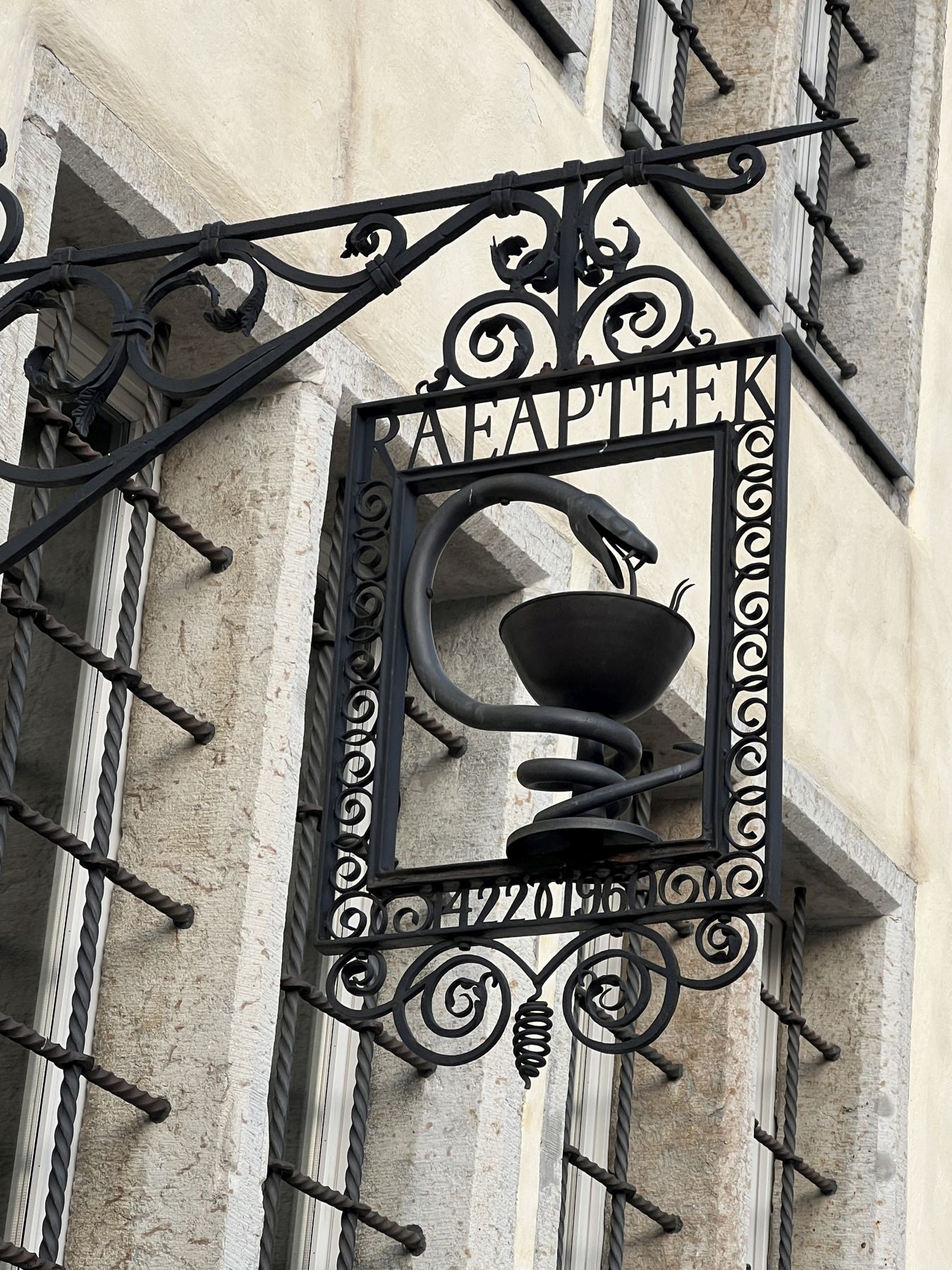
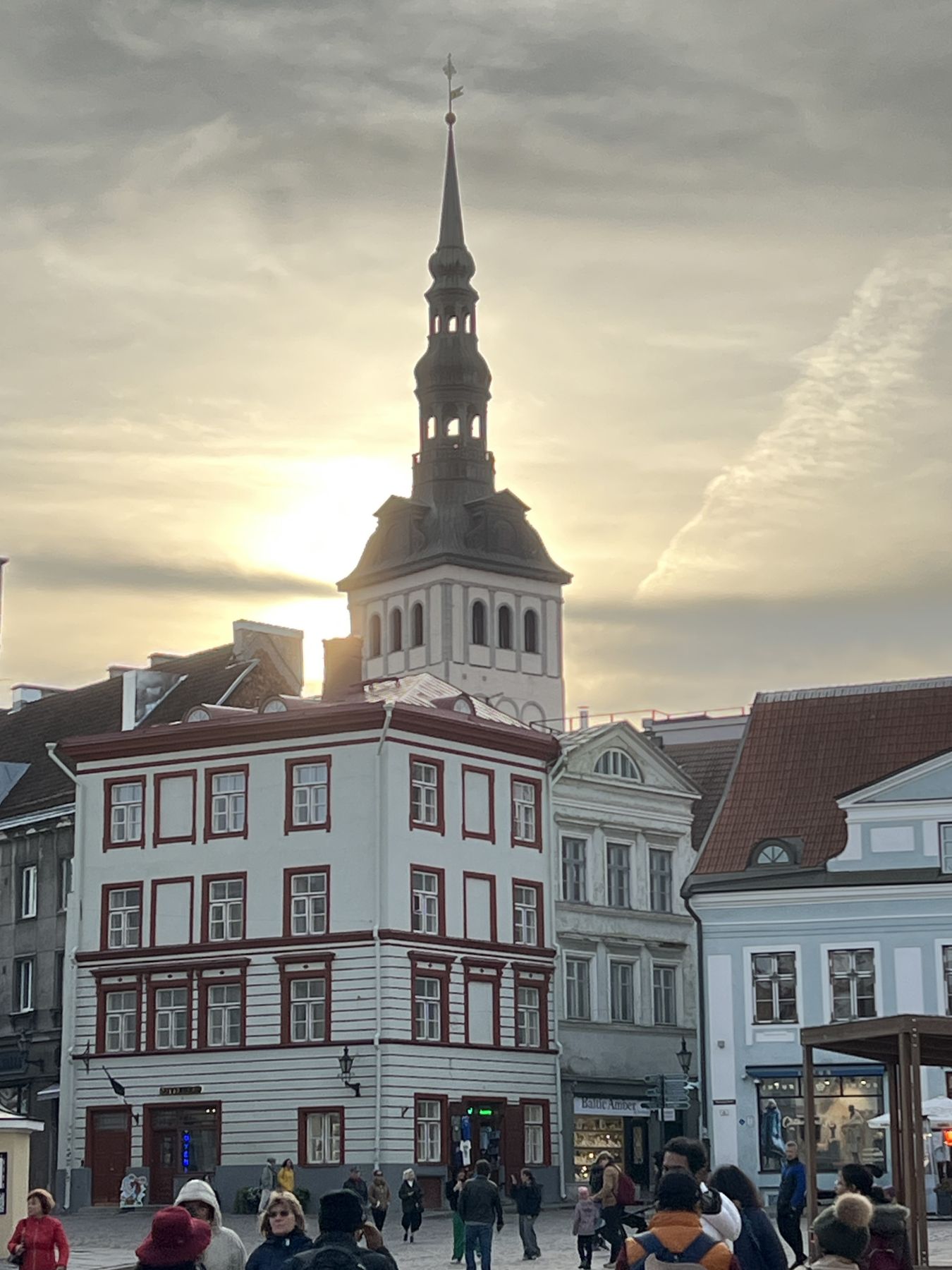
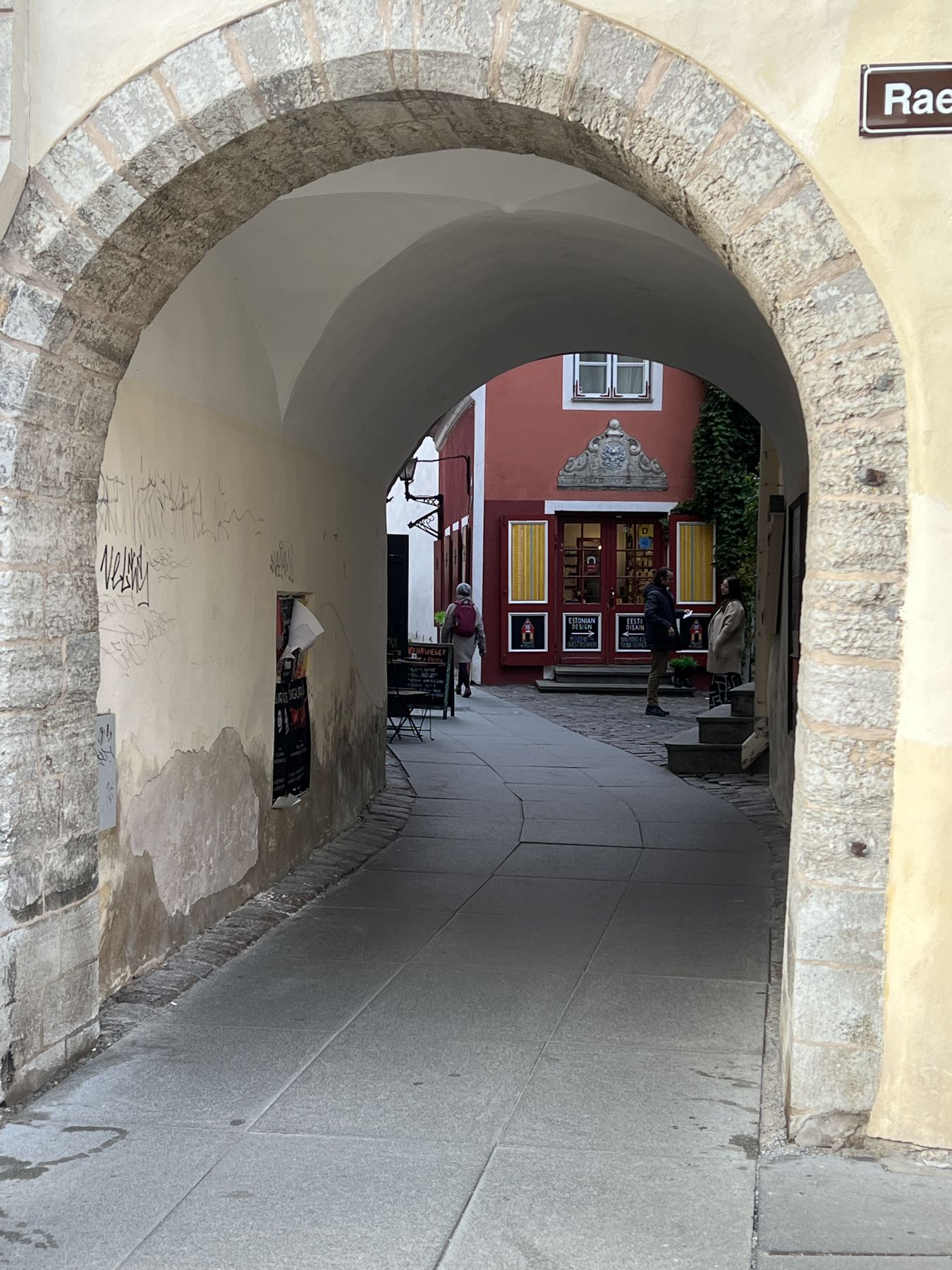
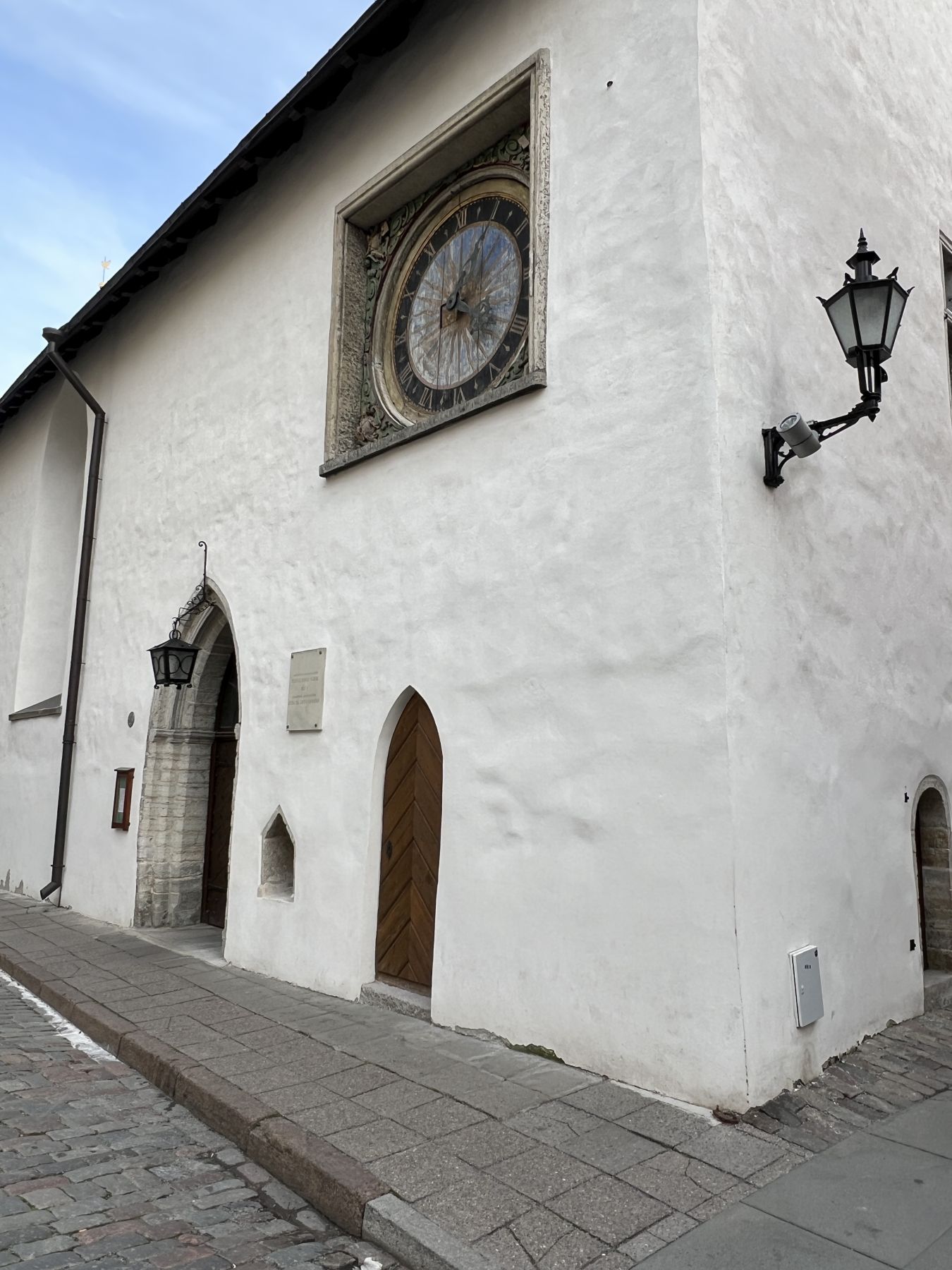
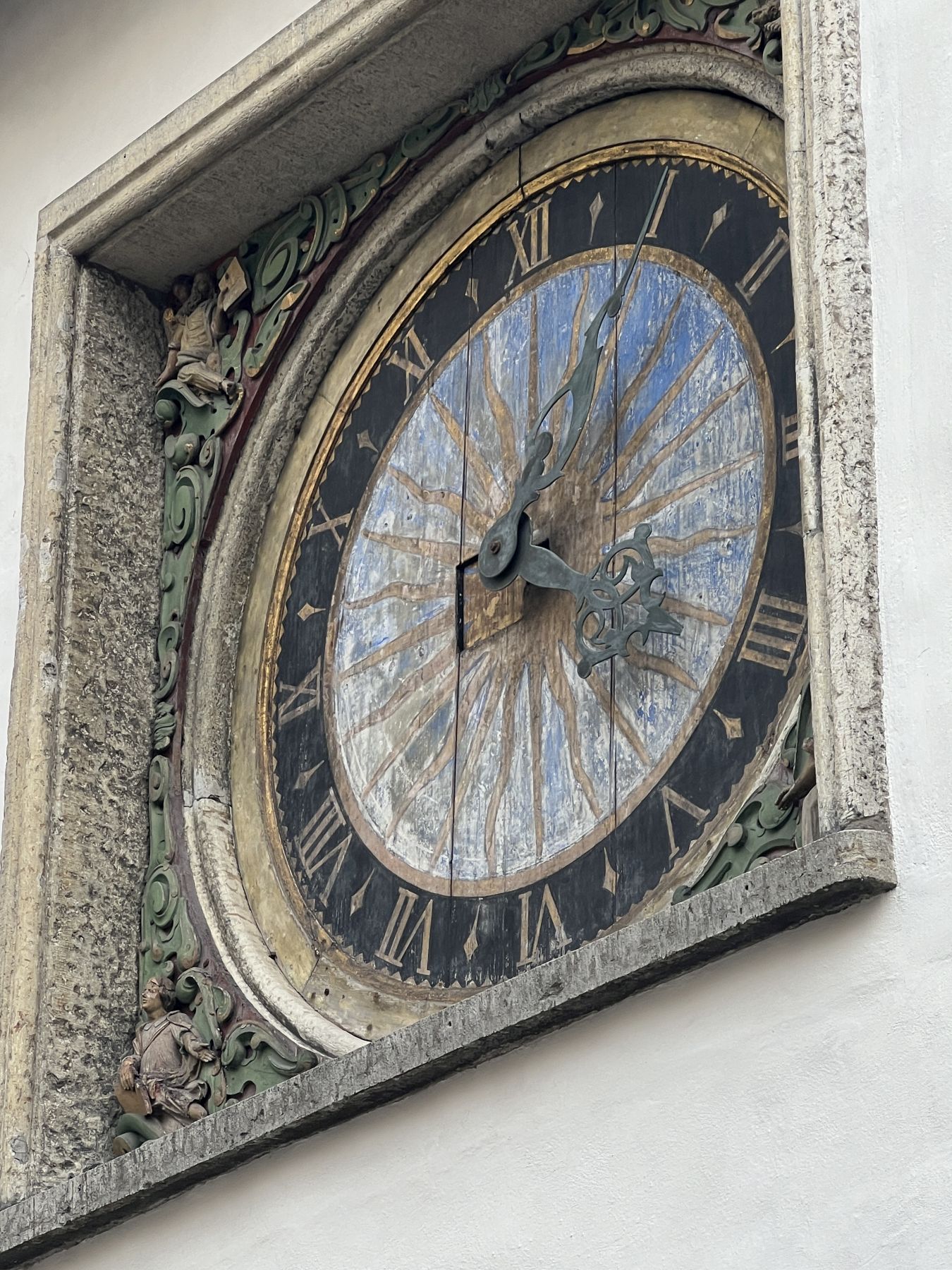
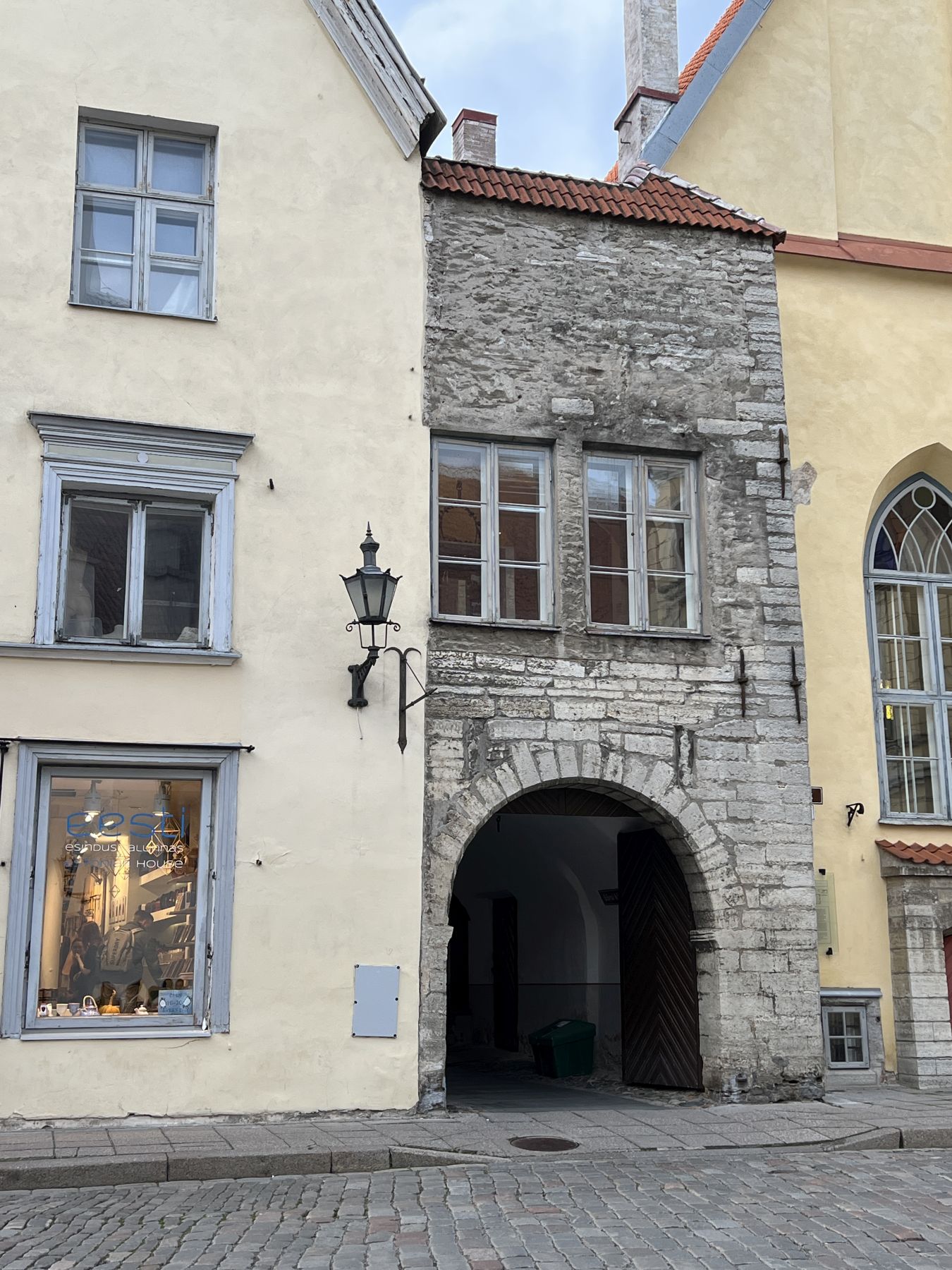
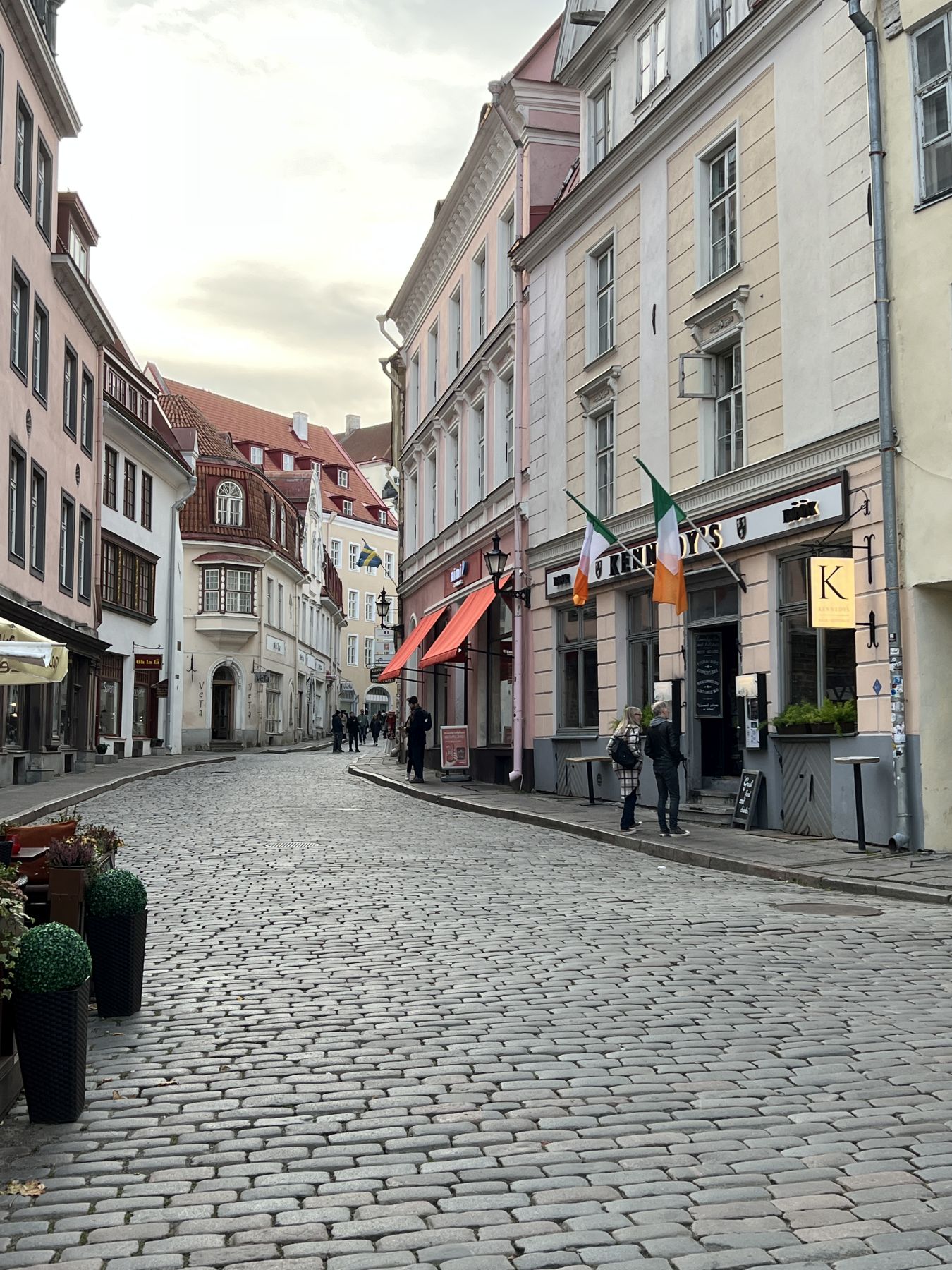
And did we mention the locals are not shy about how they feel about Russia? We came upon the Russian Embassy, which had to have Tallinn police protection (or maybe observation, not sure, but there was a police presence keeping watch).
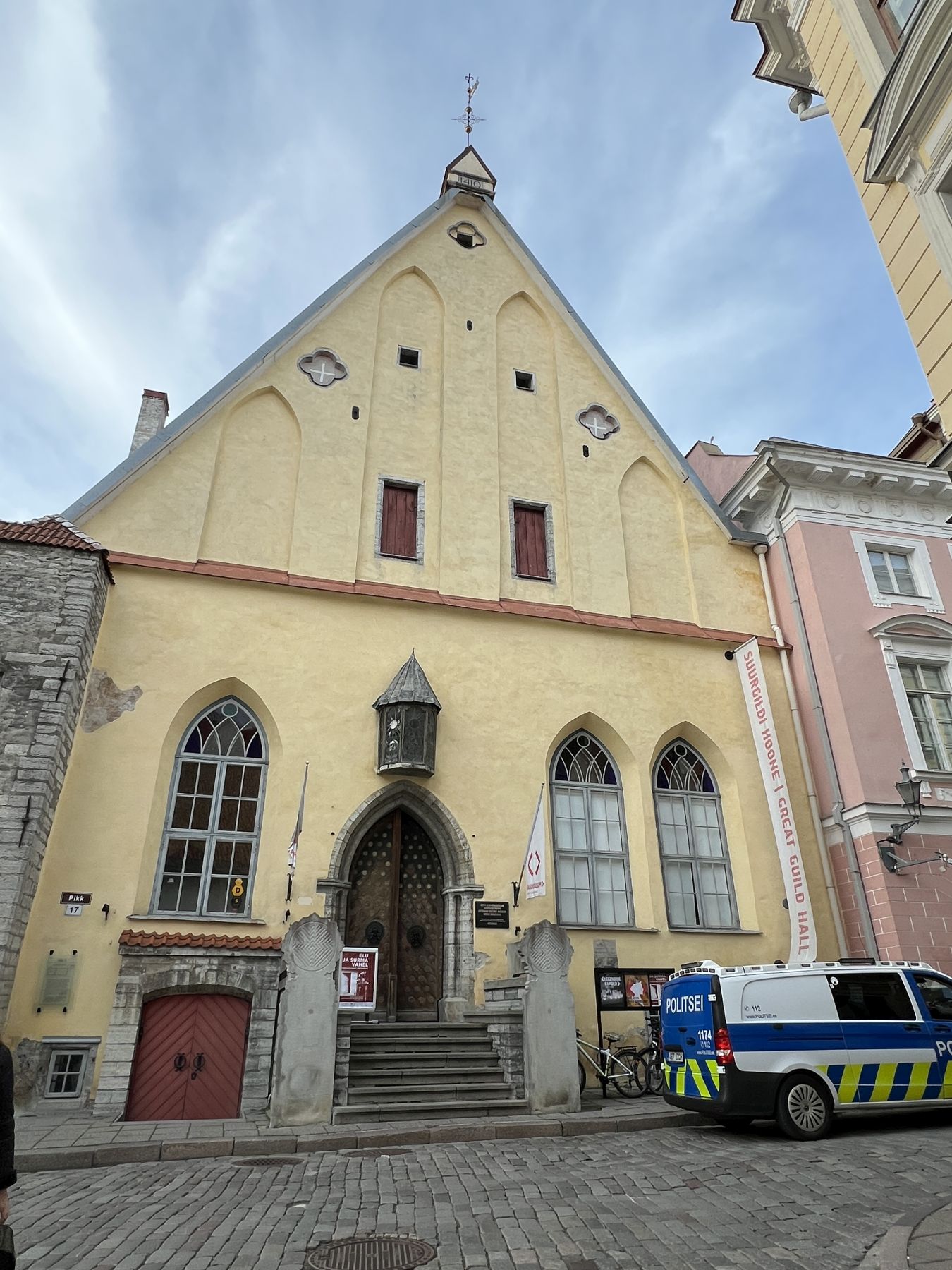
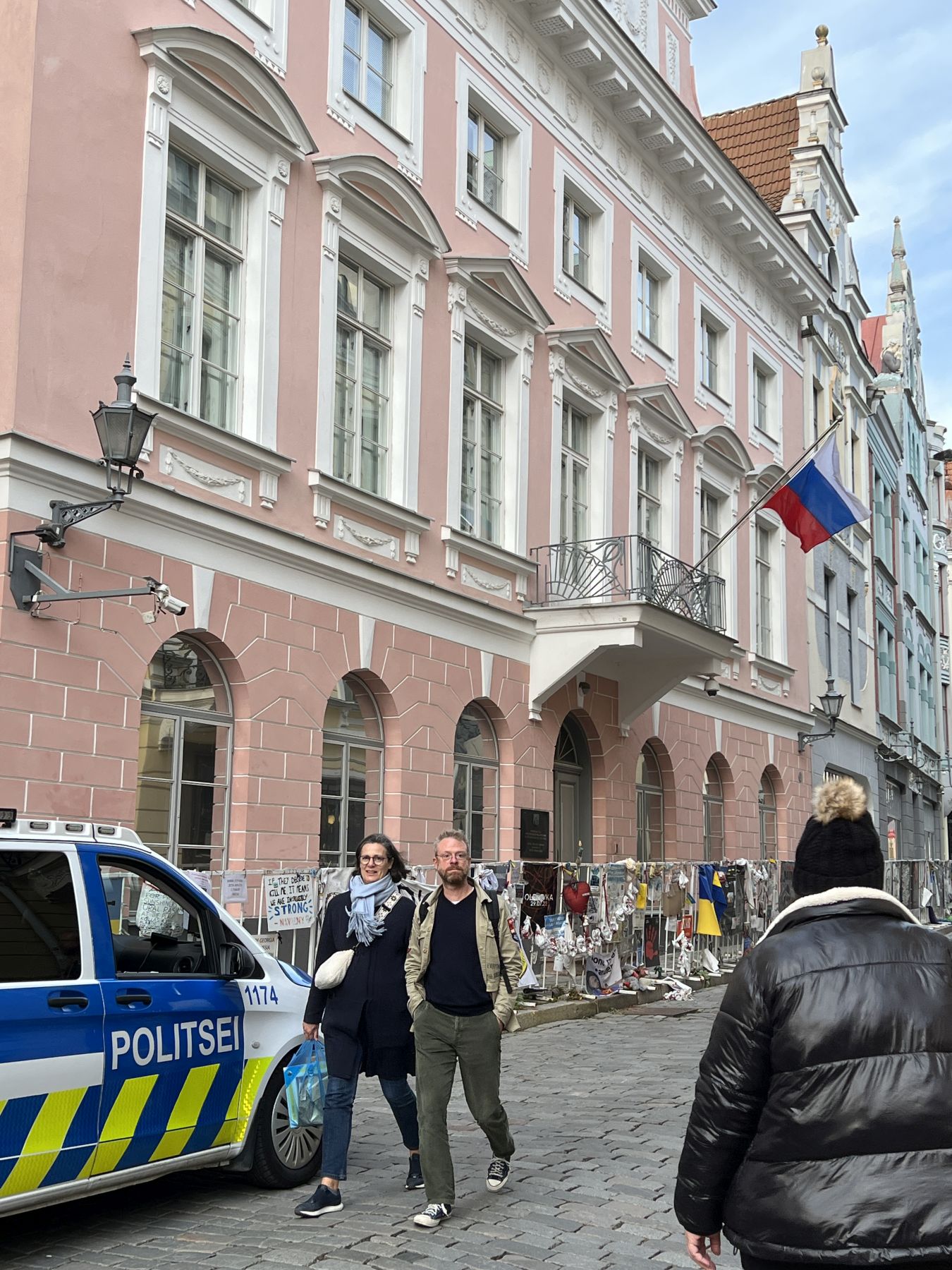
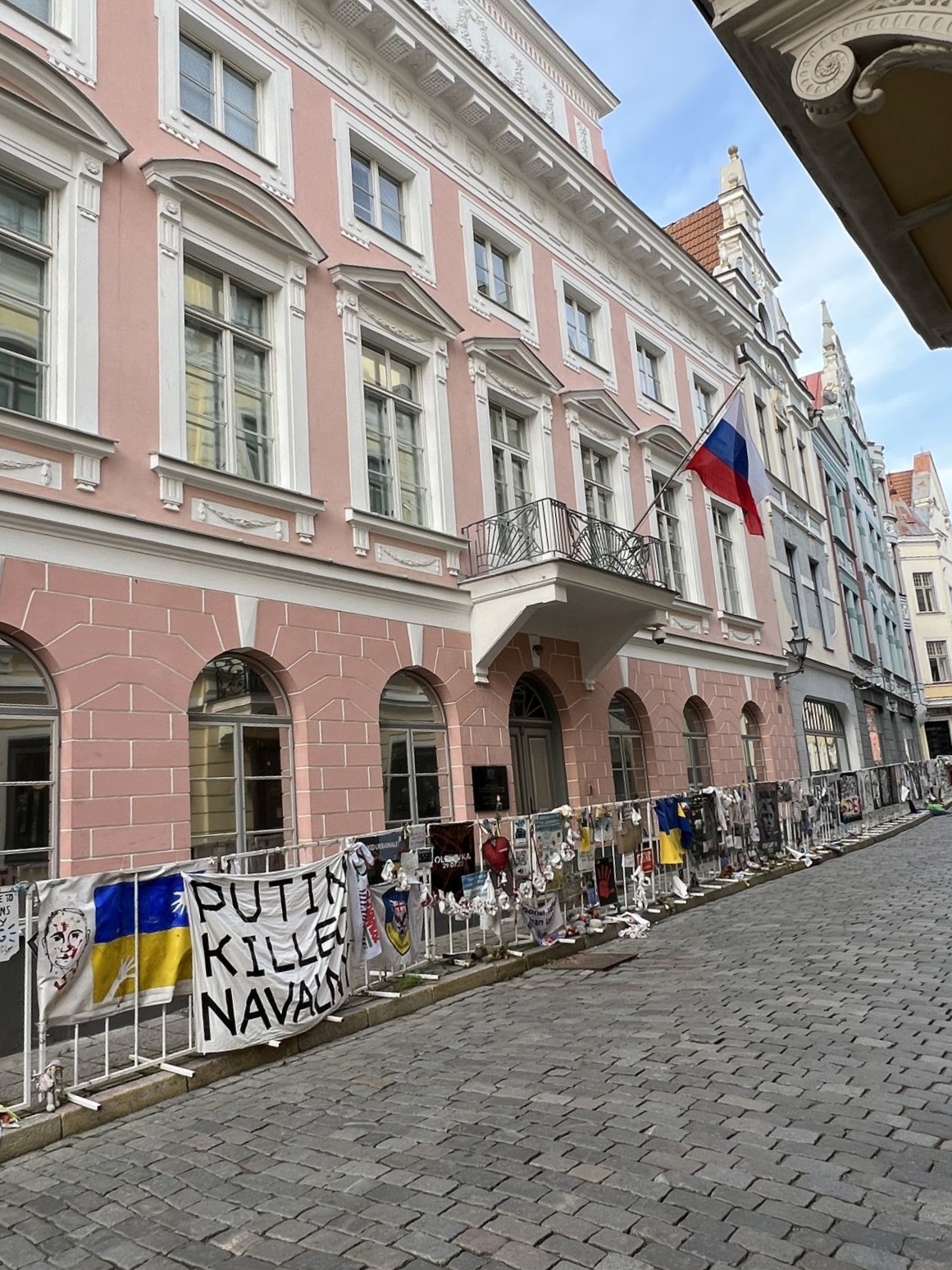
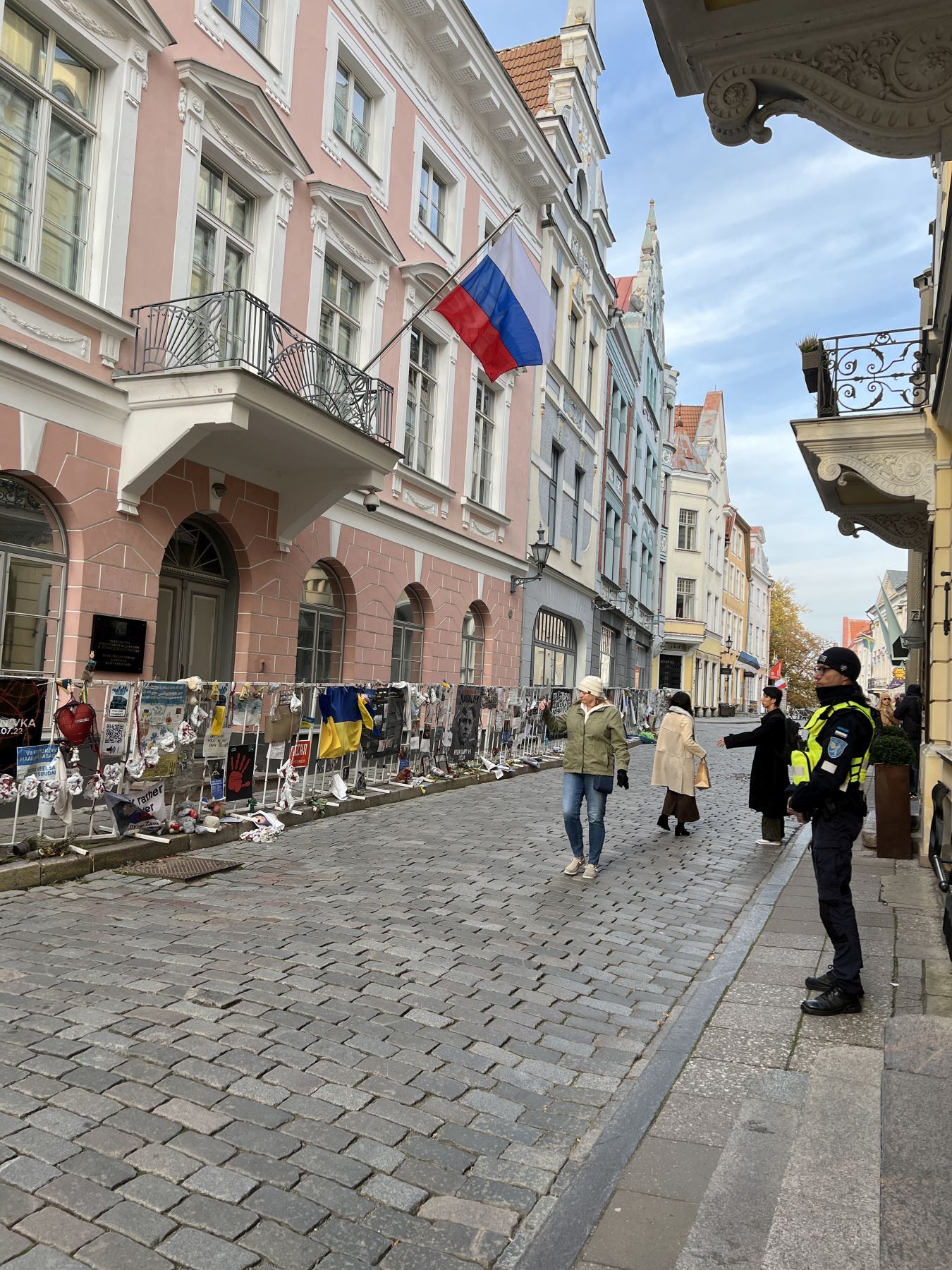
We then began to work our way up to what we’ll call “upper” old town. (Yes, we walked all over old town, this was a 2-1/2 hour walking tour.)
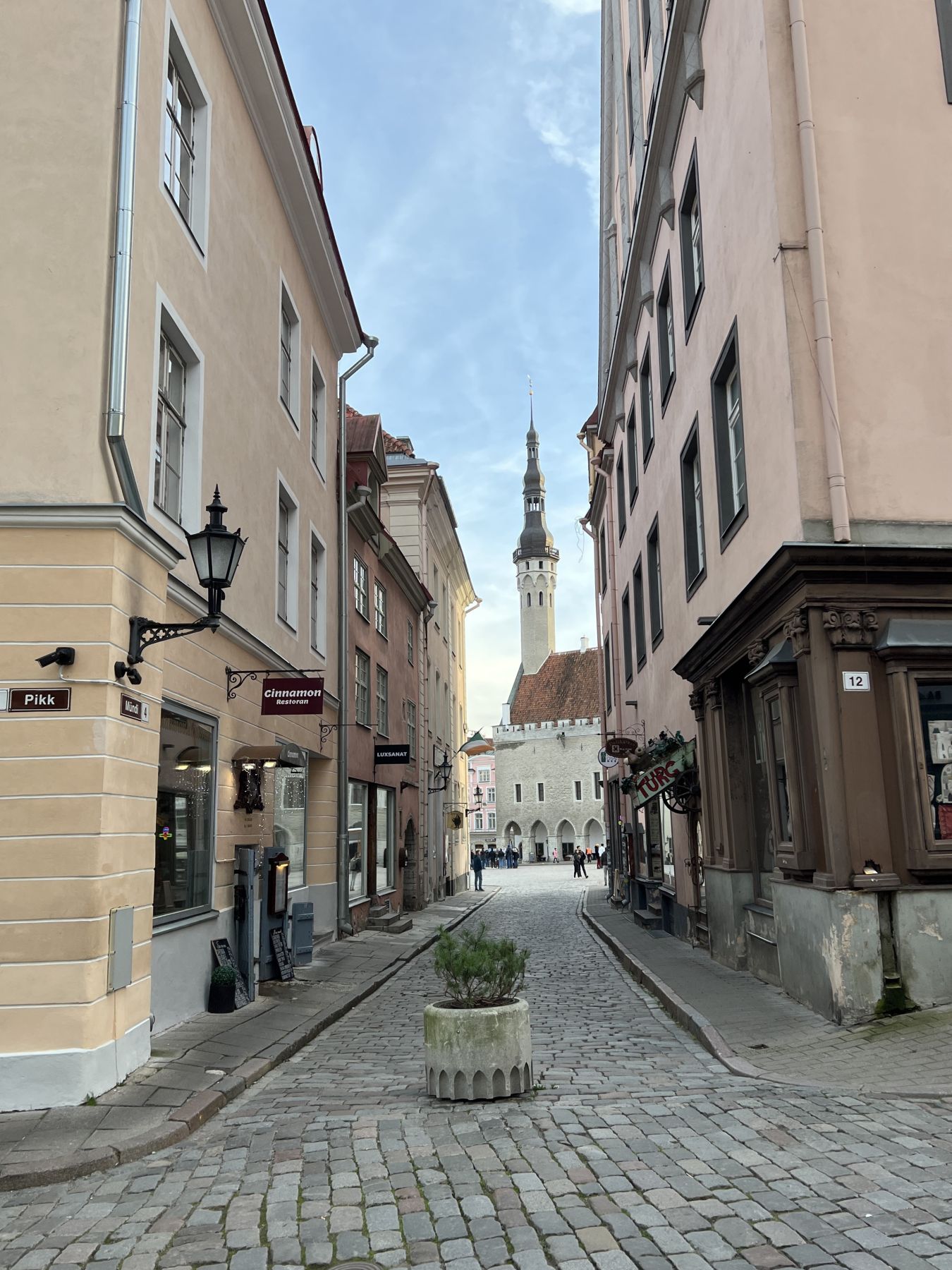
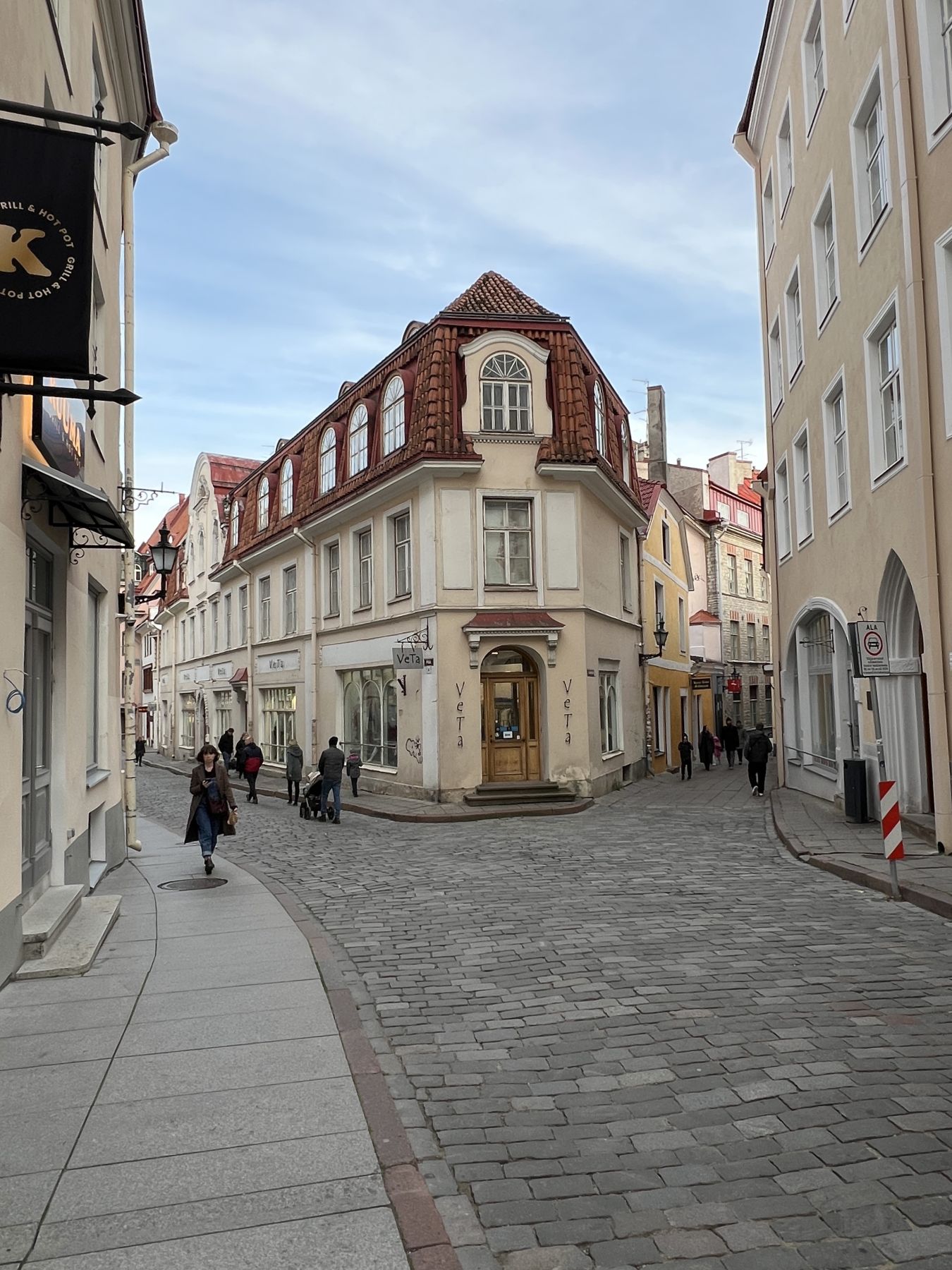
Although we had generally been going up with gentle grades (the picture above was looking back from the direction we came), it wasn’t until we came to one of the city gates (the Long Leg Gate Tower) that we realized we were definitely going to go up. Once through the Long Leg Gate below, we hit the steep, long road UP to what we were calling upper old town.
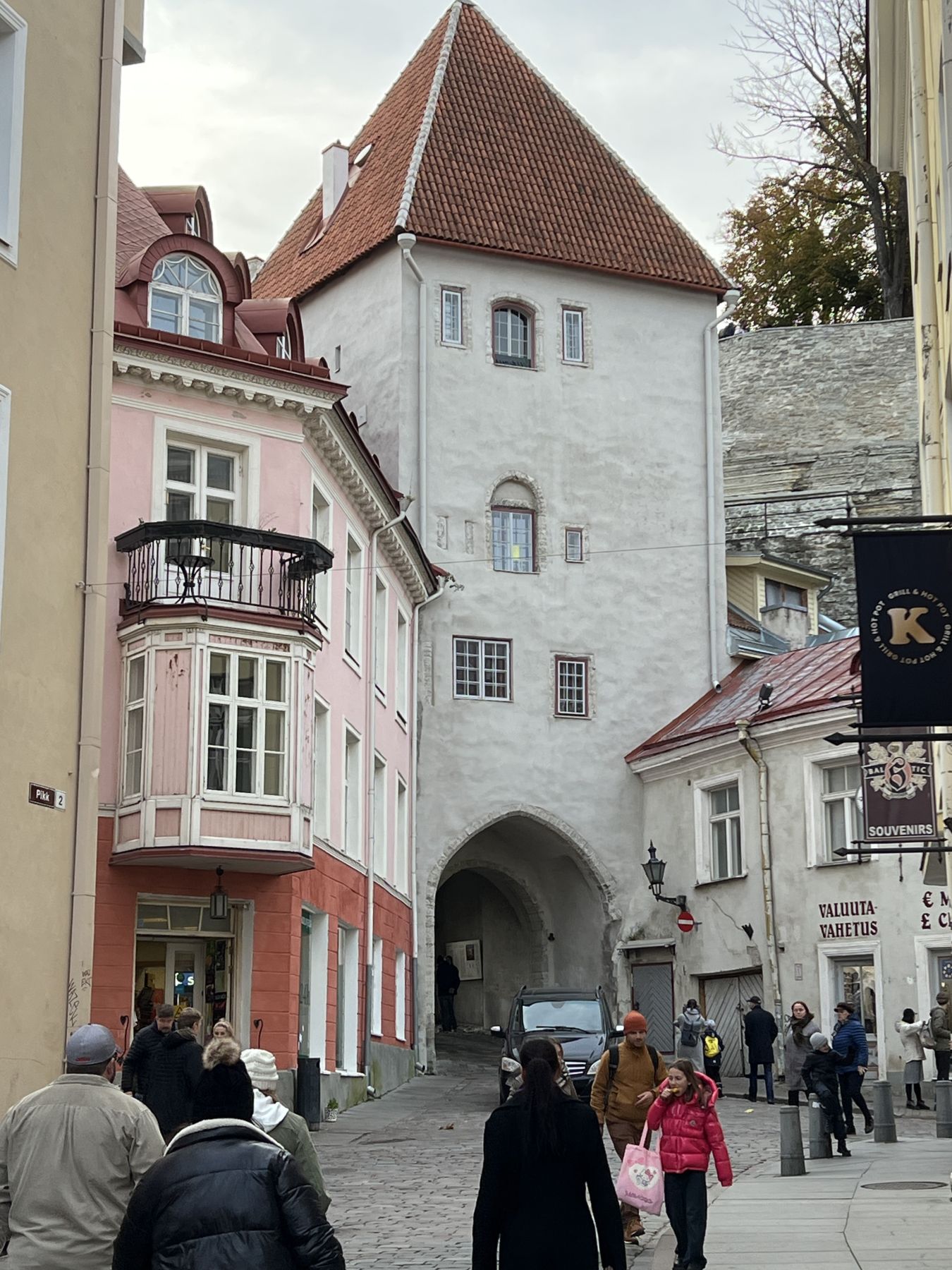
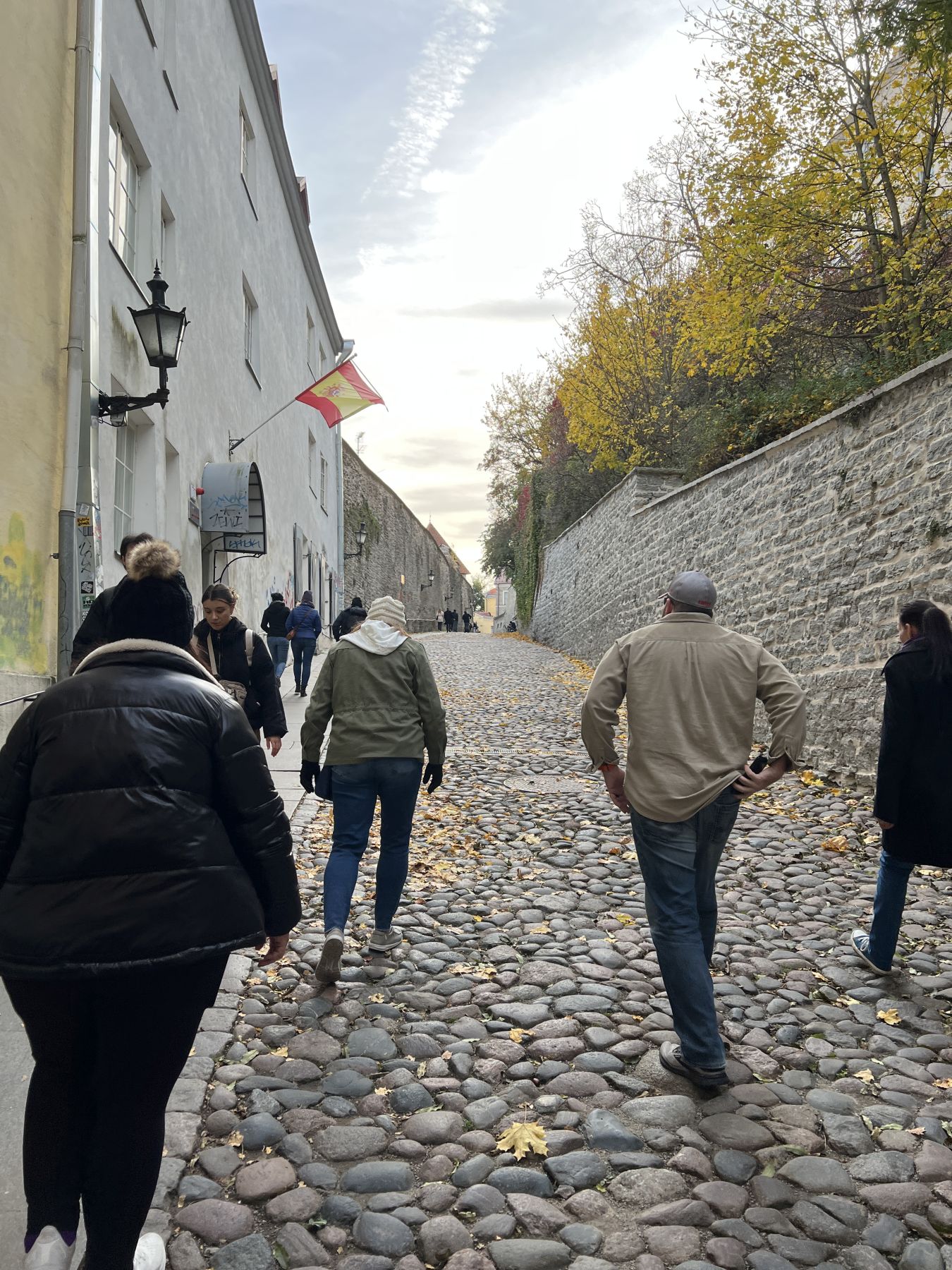
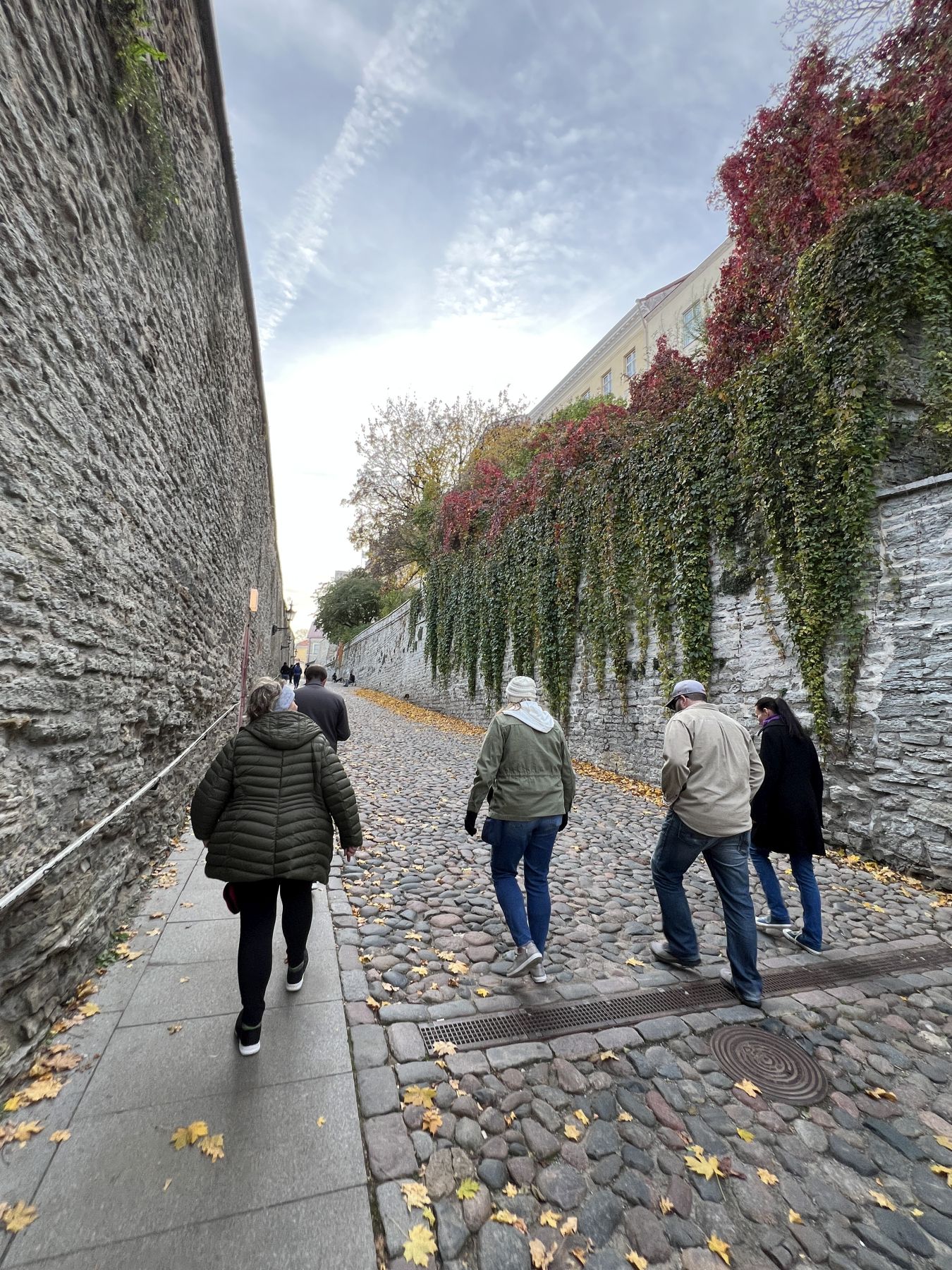
With a quick view back down…
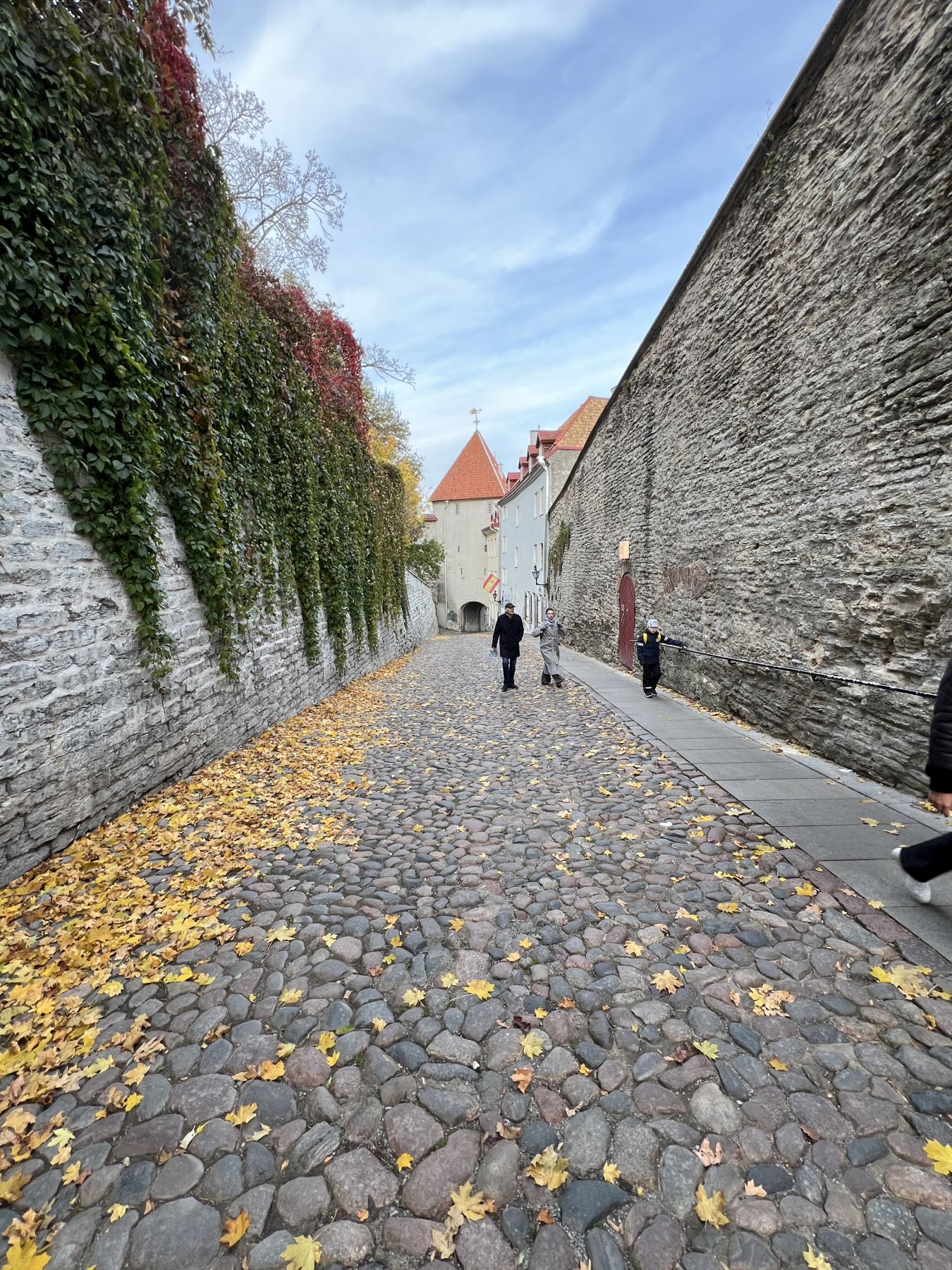
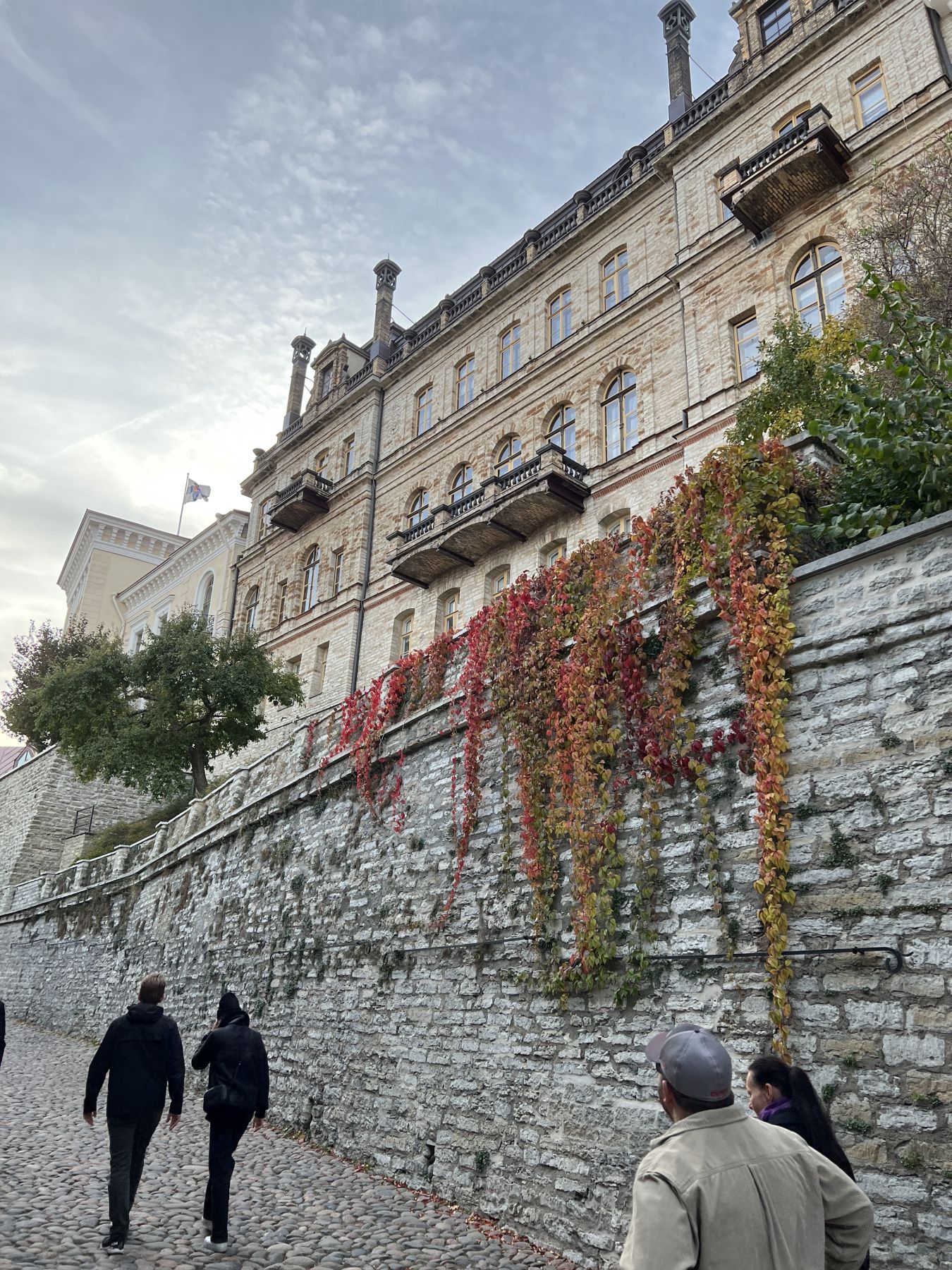
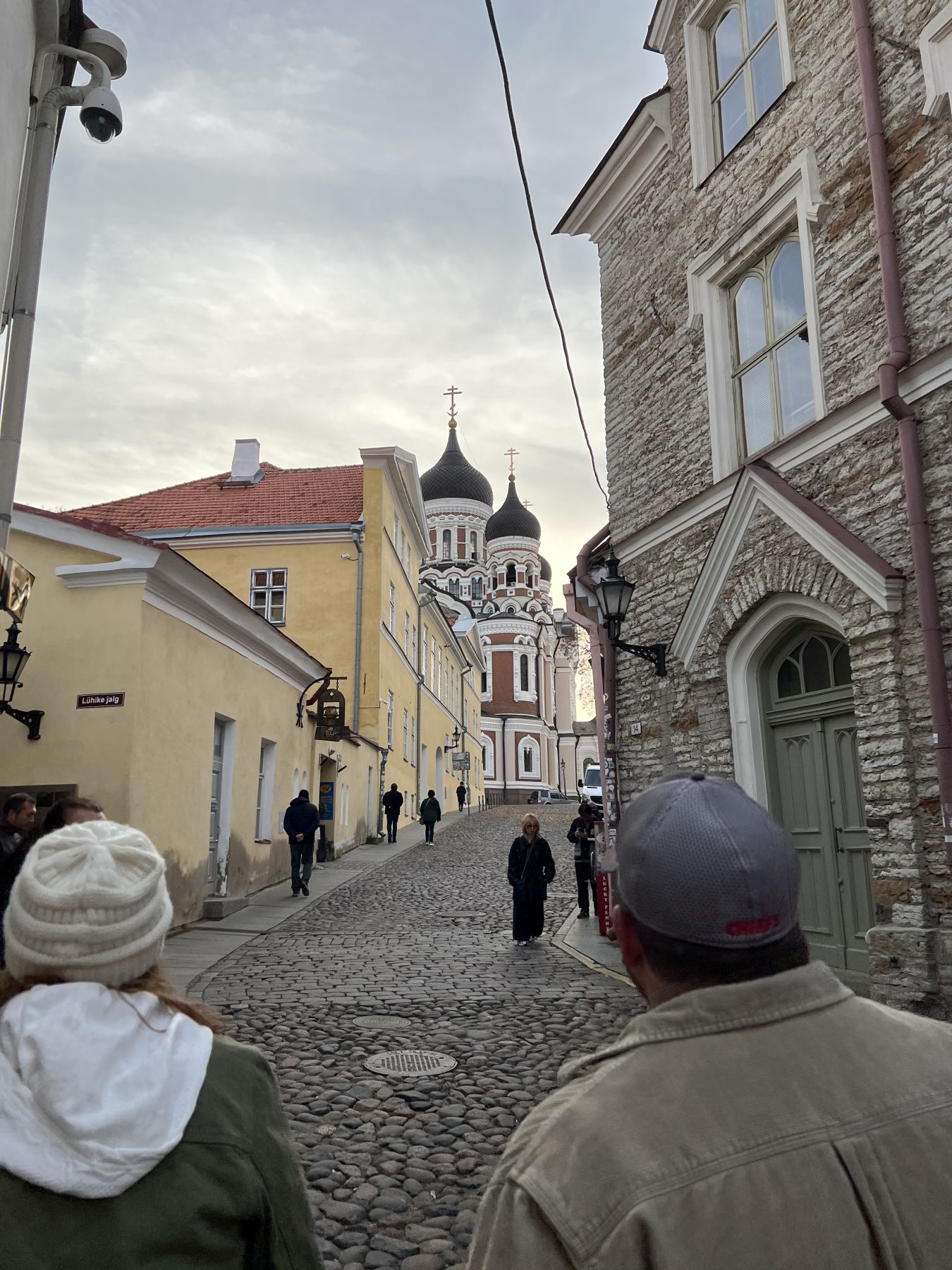
As we neared the top, we discovered a quick short-cut back down called Luhike jalg (or the Short Leg) Gate tower.
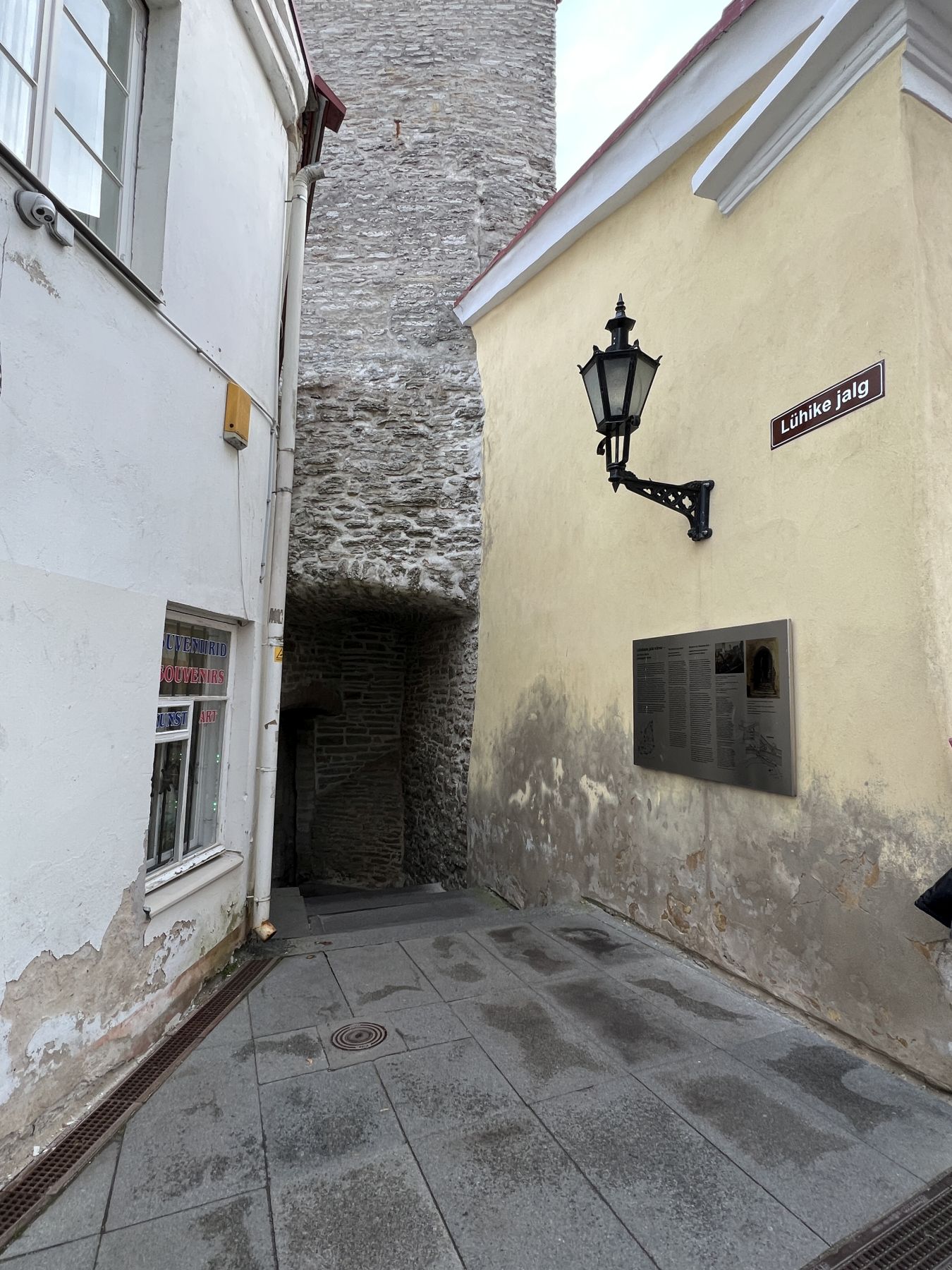
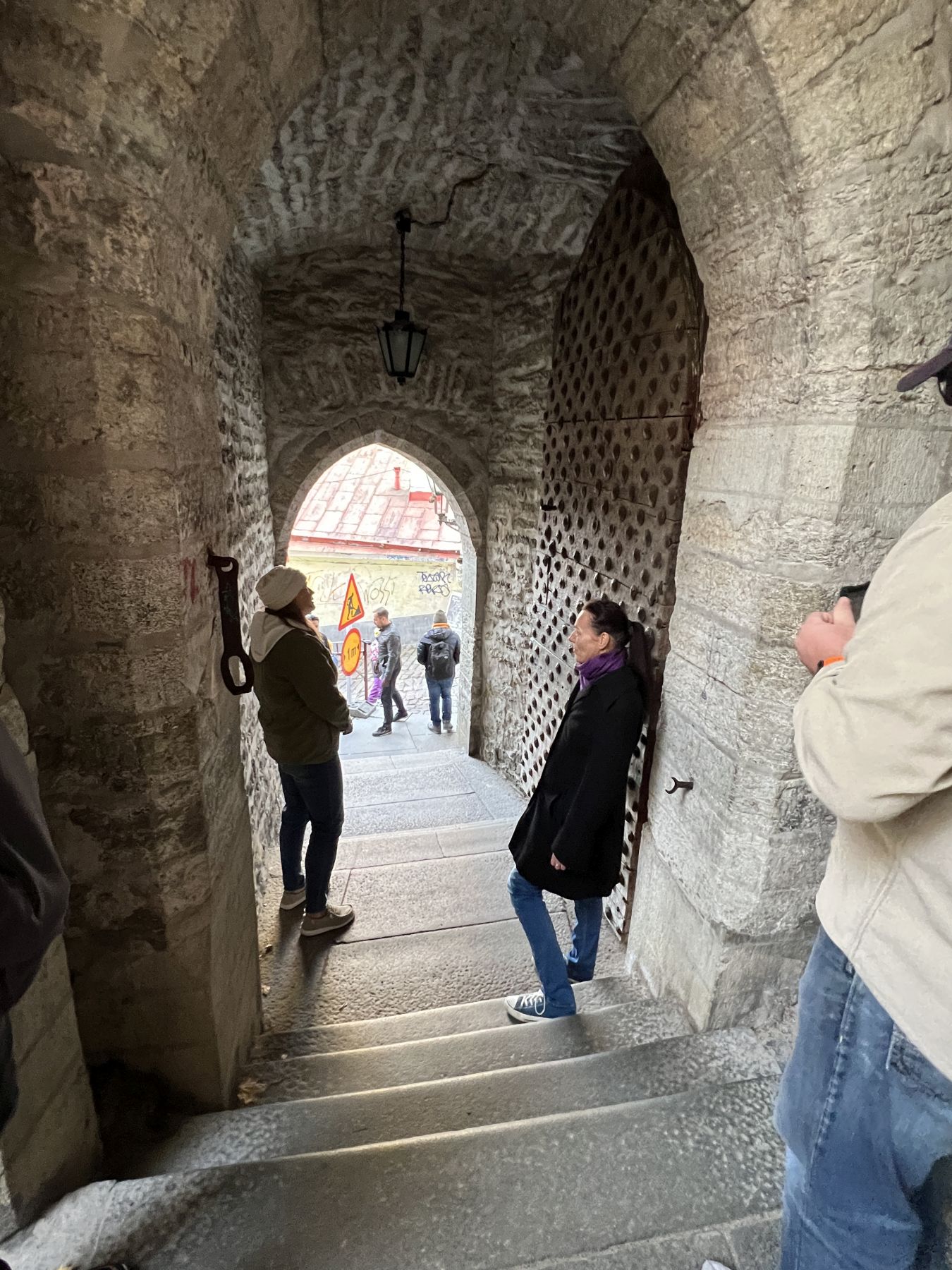
And as we reached the top of the road, finally… we discovered an ornate Orthodox Church, the Aleksander Nevski Russian Orthodox Cathedral.
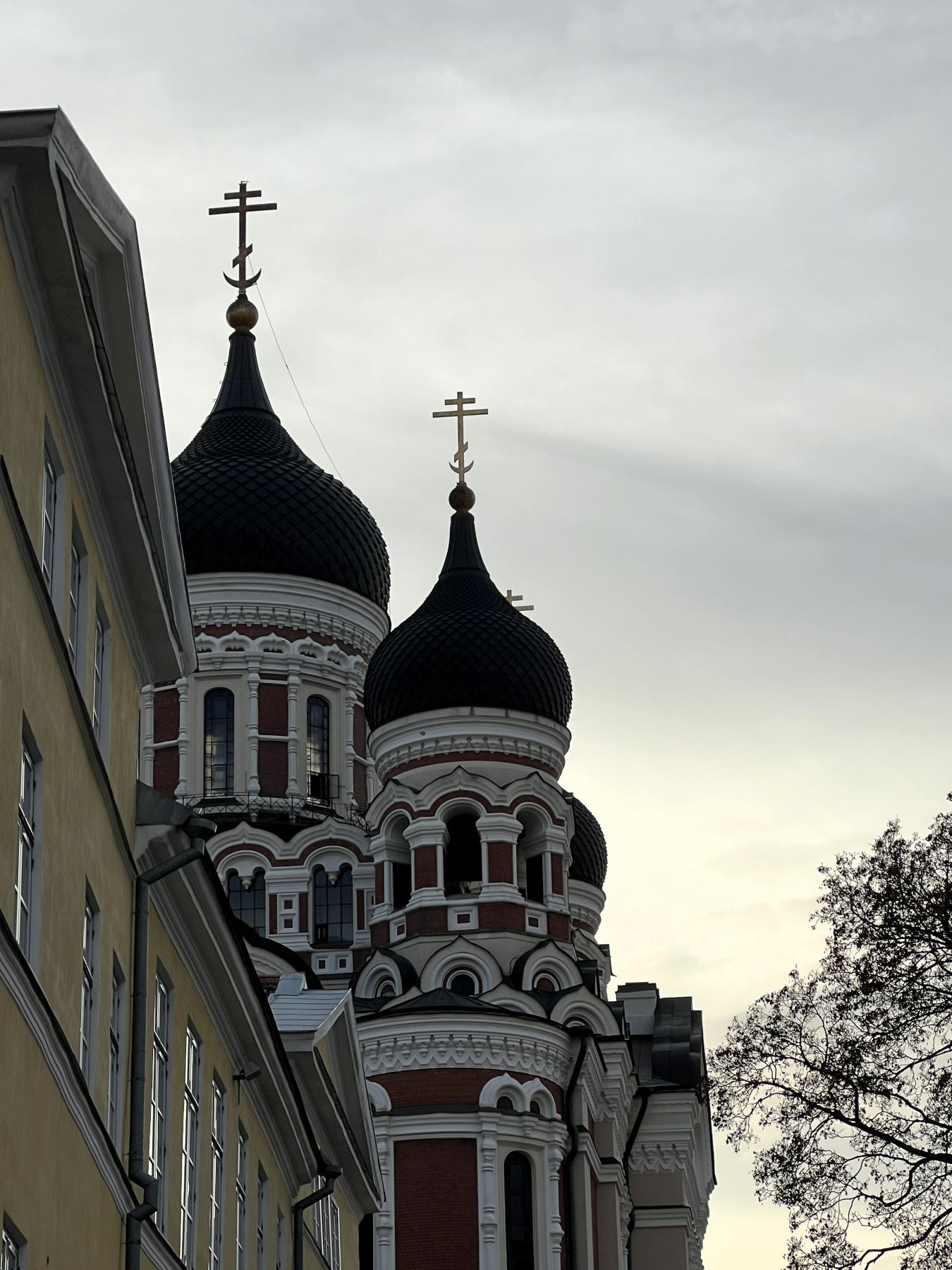
This was the back-side of the church, first seen as we crested the hill.
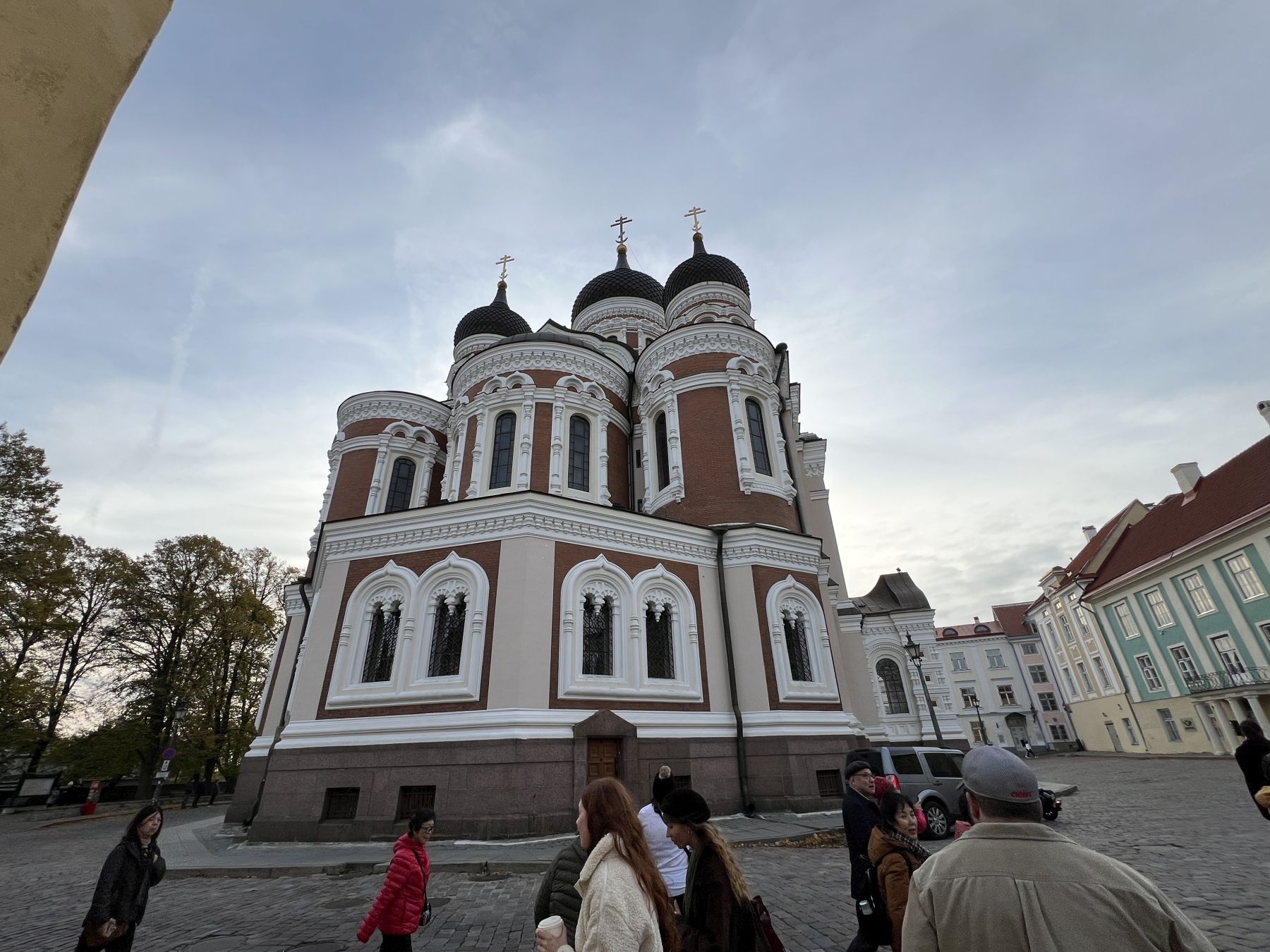
But as we moved to the side it became more impressive.
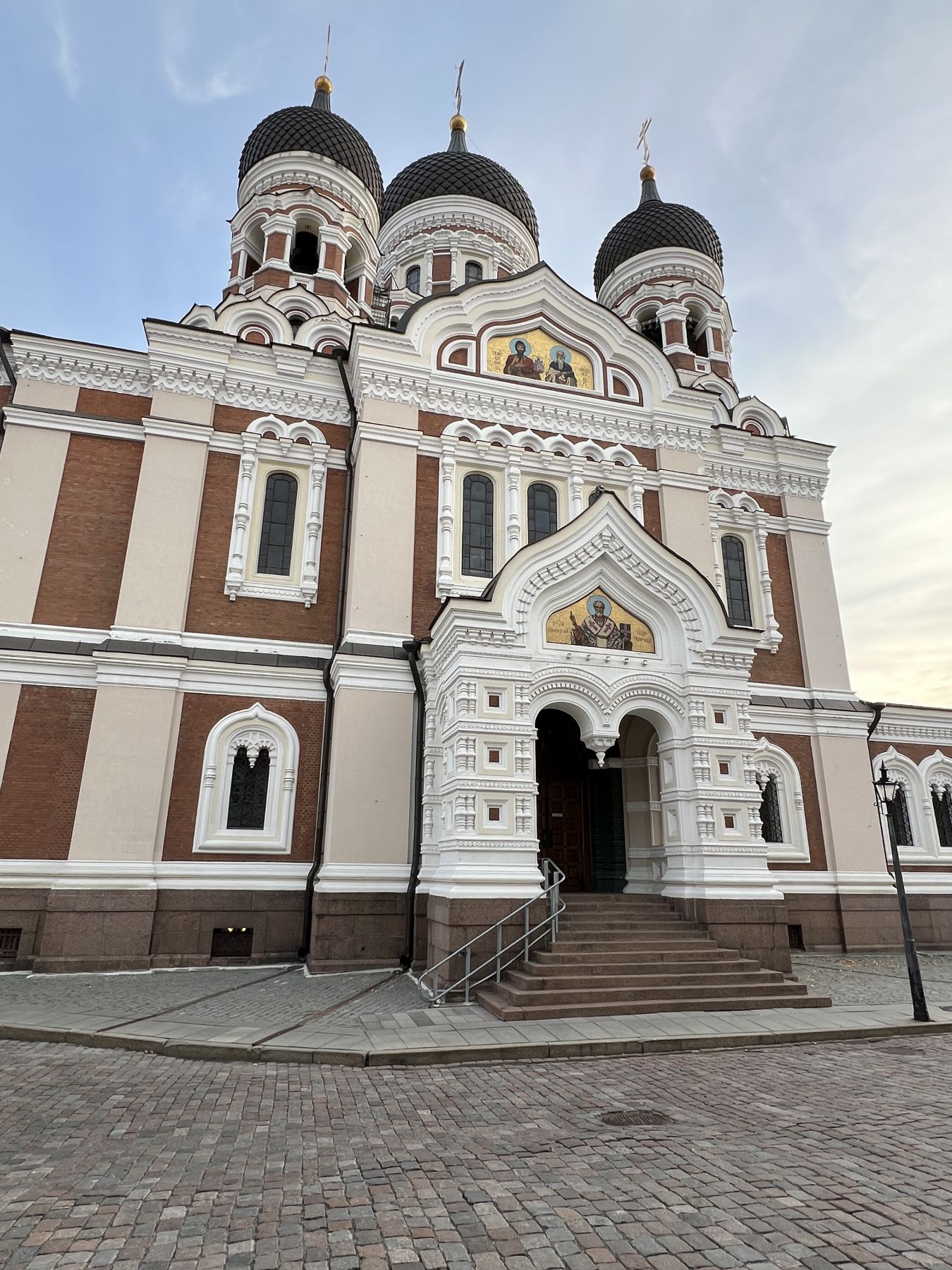
And of course the front (opposite of the Government / Parliament building) was even more impressive.
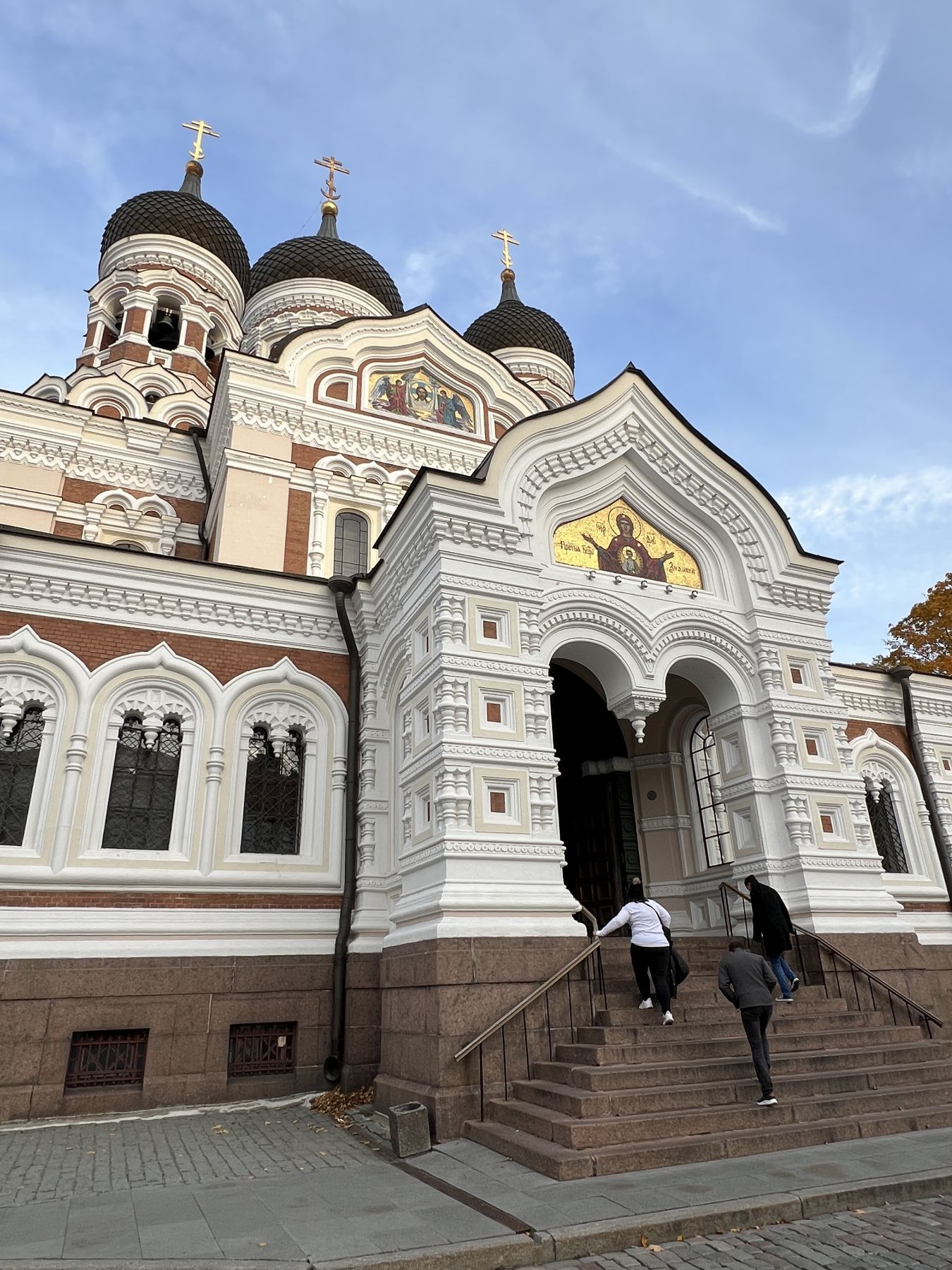
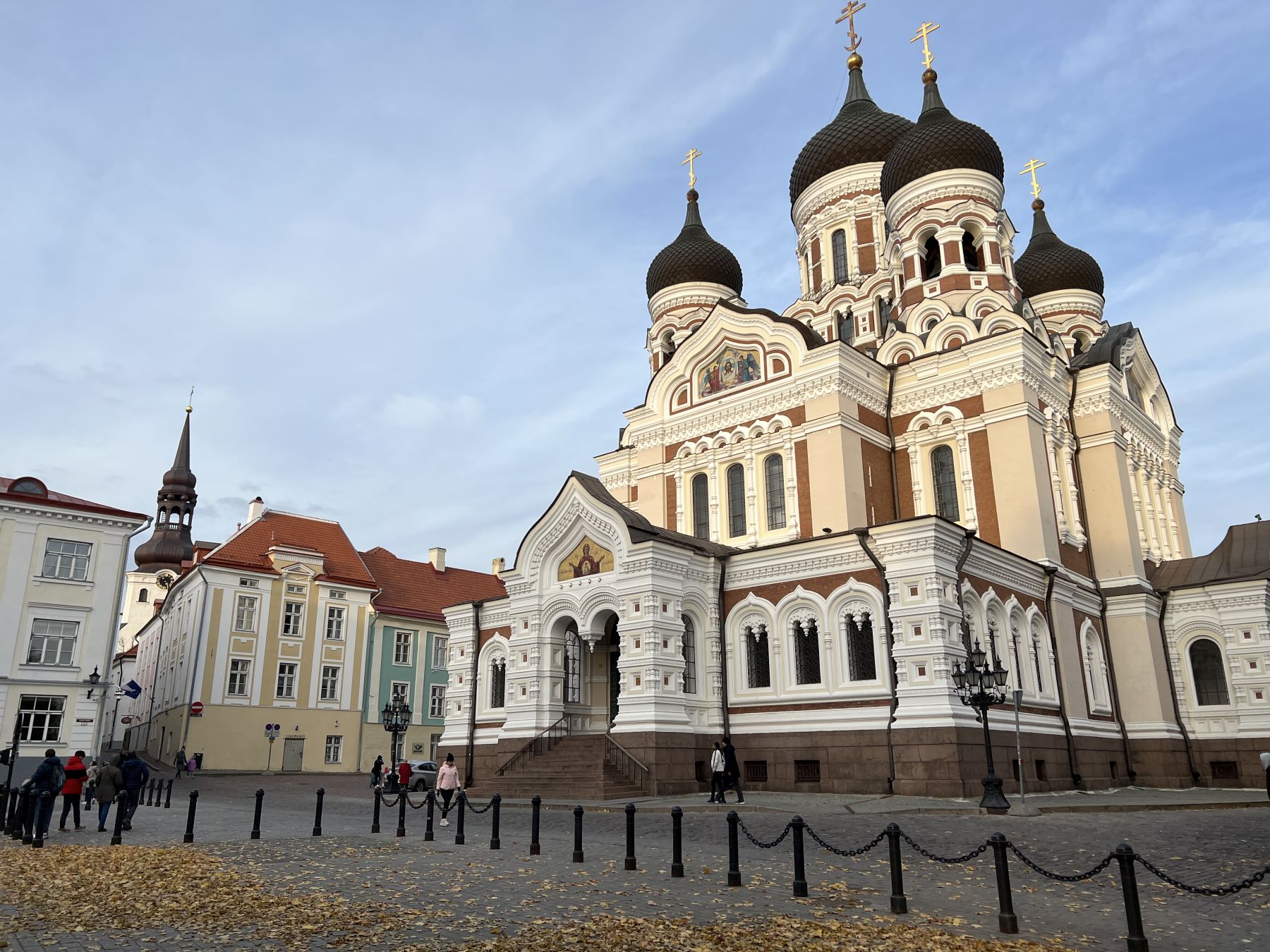
Sadly pictures were not allowed inside, so the VERY ornate interior was viewed, but cannot be shared.
As noted, across from the church was the Parliament building for Estonia which they call the Riigikogu. Surprisingly they have 101 members of Parliament/Riigikogu, and I say surprisingly as our guide said that as well. The current population of the entire country of Estonia is only roughly 1.3 million people, so as our guide said, that seems like an excessive amount of representation.
What is seen below, is actually 18th century Baroque additions to the 13th century Toompea castle. (You can see one of the towers peeking over the roof in the first picture.)
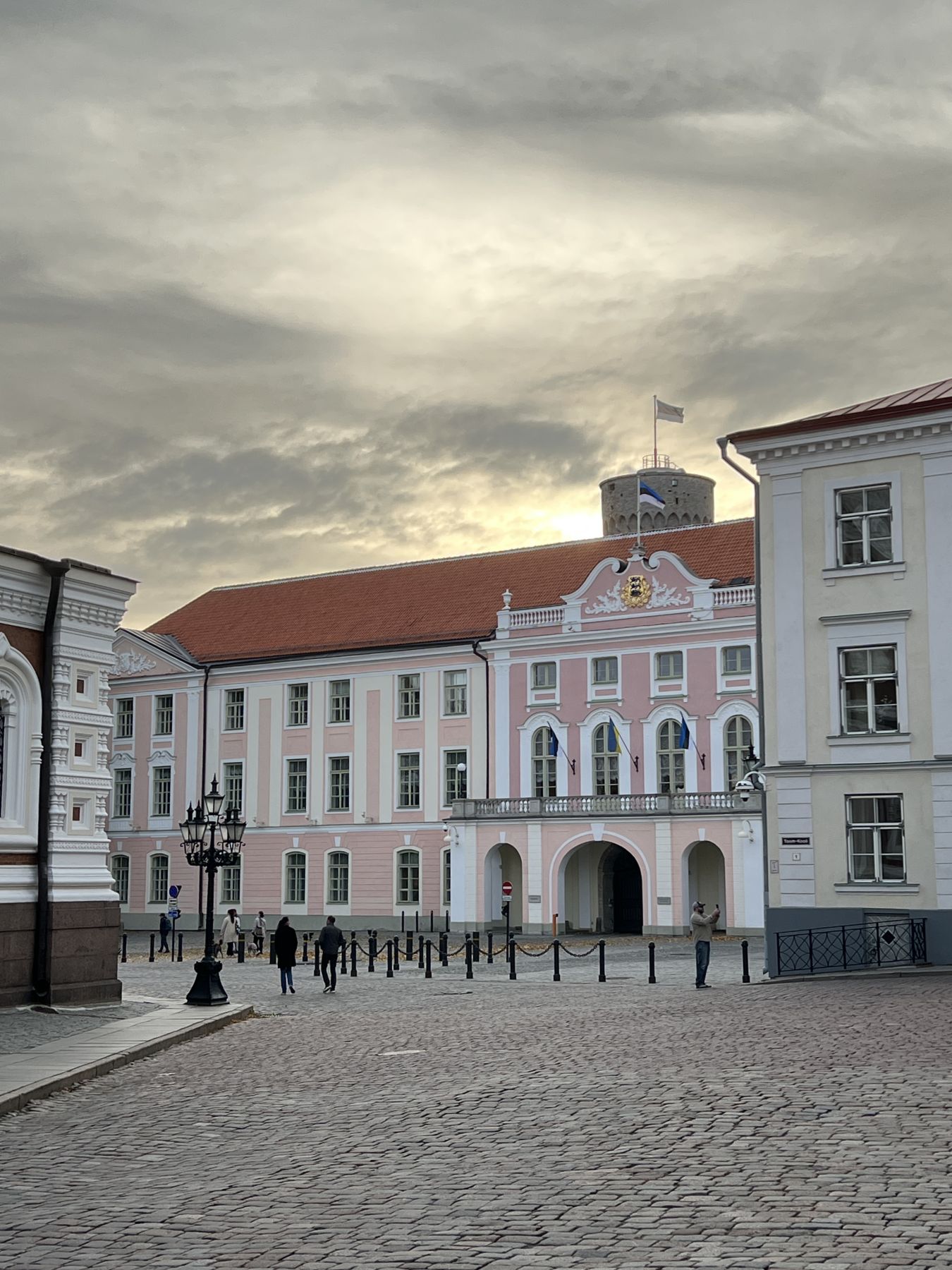
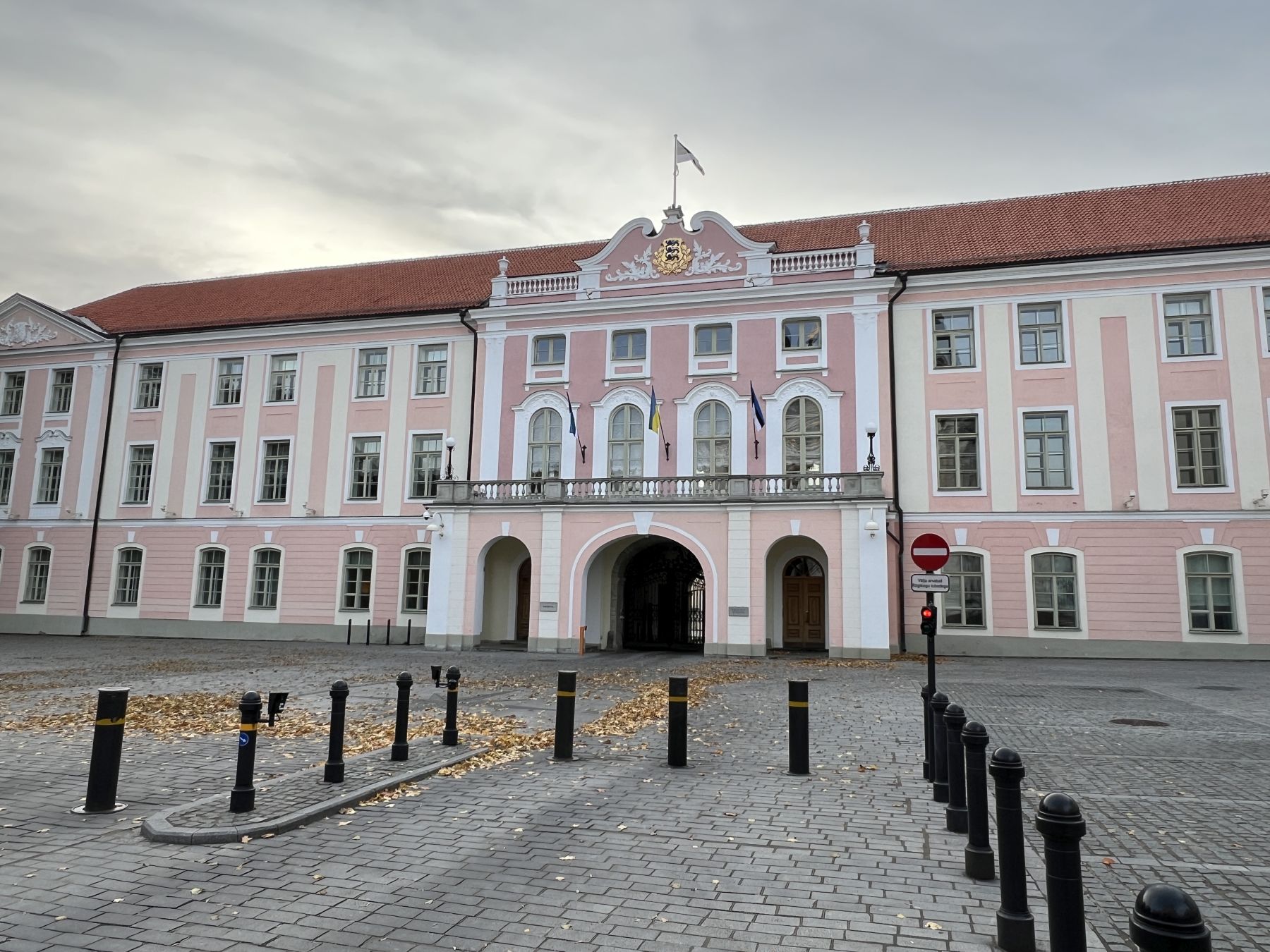
As could be seen from that first picture, Toompea backs the Parliament addition, and here is a shot from the side (followed by a “borrowed” aerial, credit Stefan Hiienrum, to give the true feel of the castle).
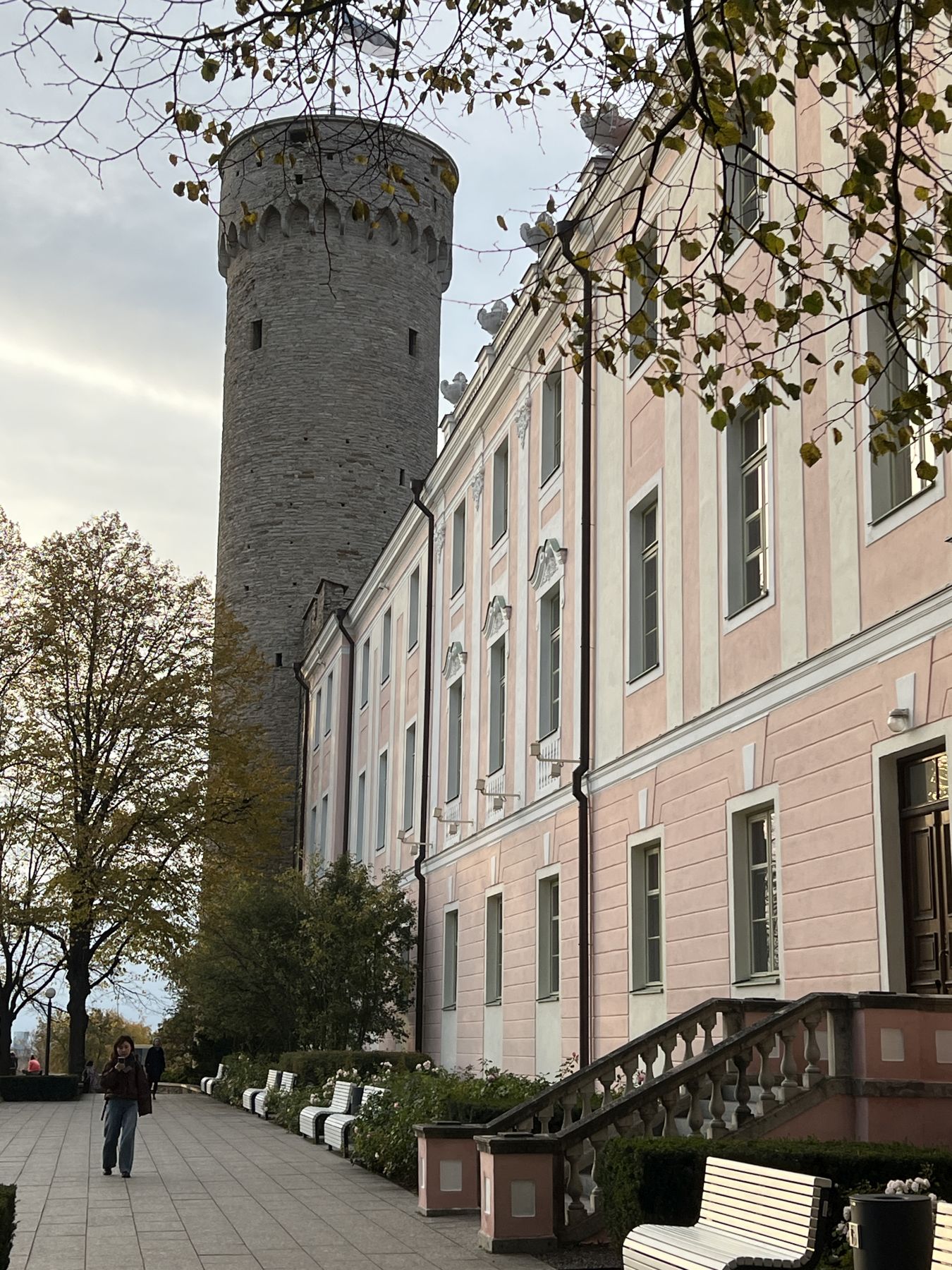
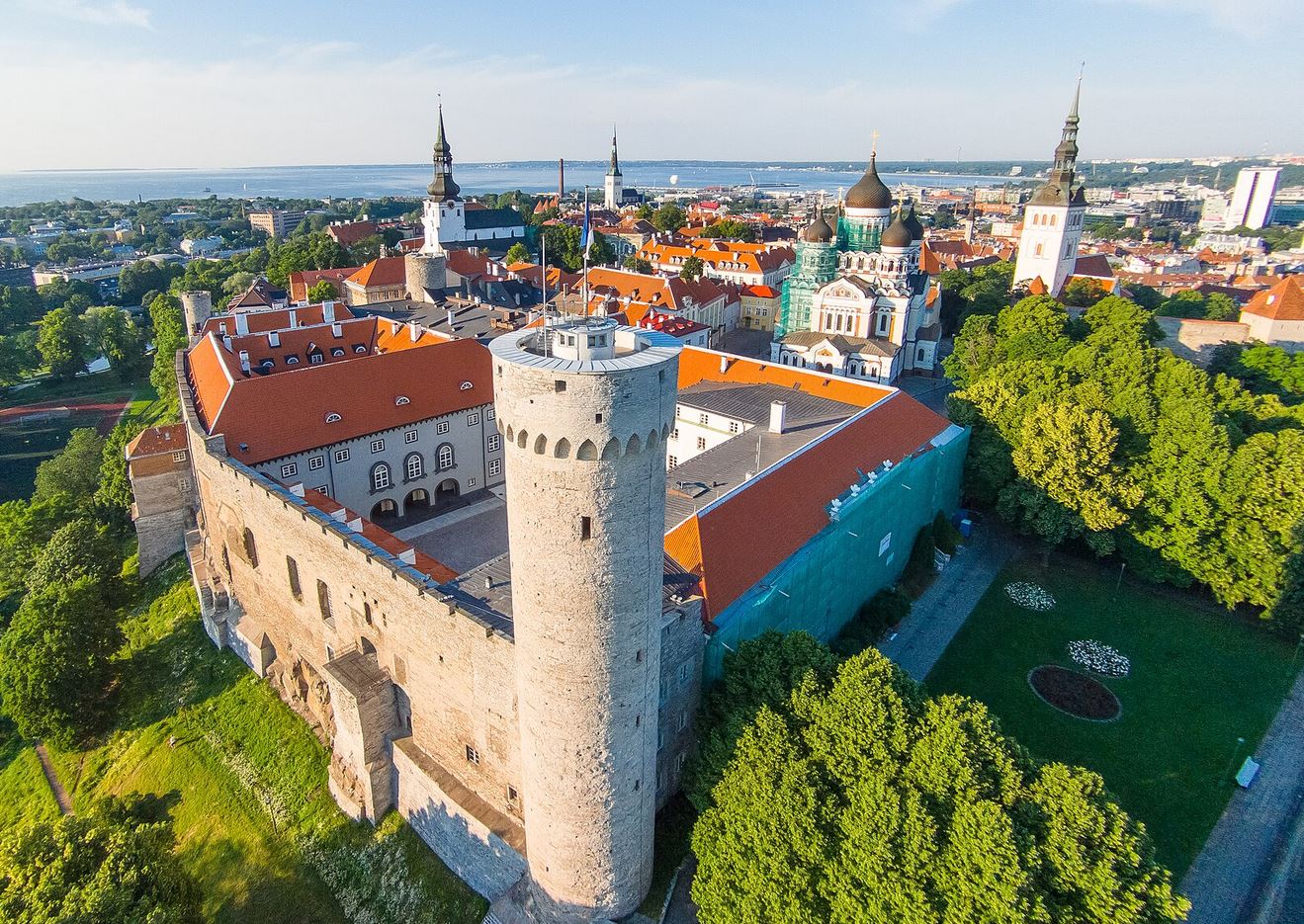
Here is another look at some housing and structures that have grown up against the castle wall.
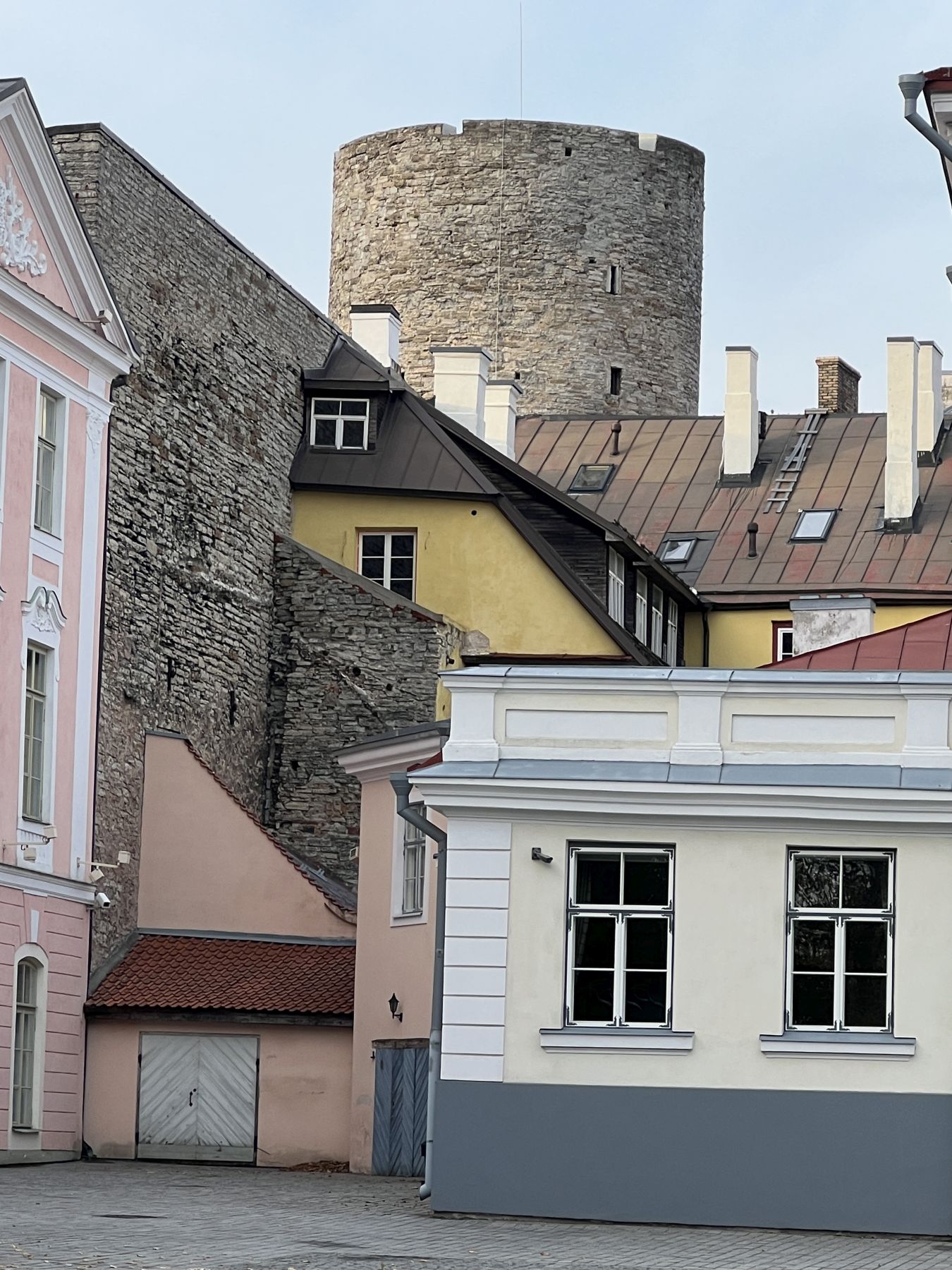
As you continue up from the Parliament building, you transition from the residential – commercial mix we had generally seen, into more purely up-scale residential (once past the church) with much more security / privacy. Here are some pictures of the stroll.
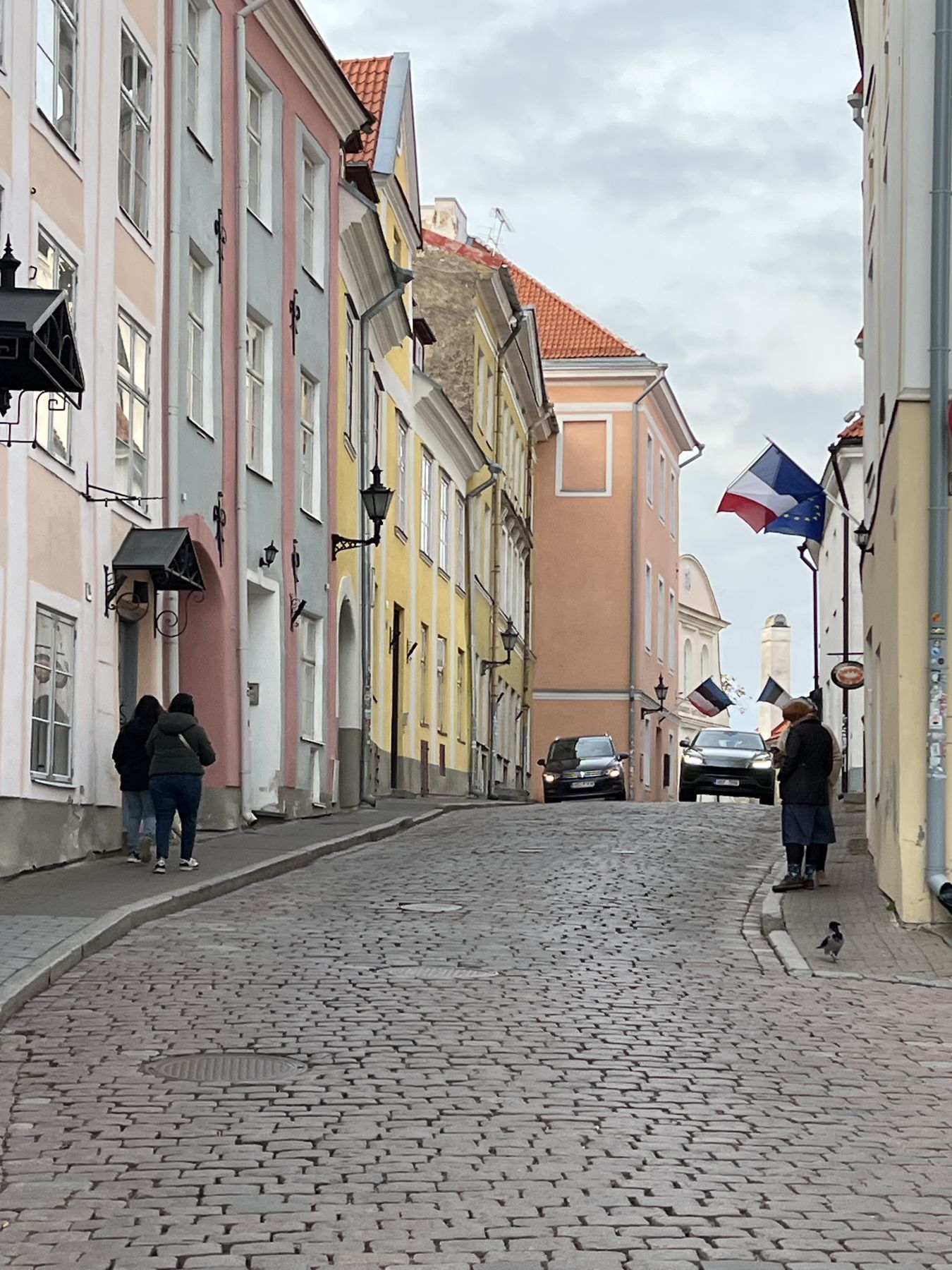
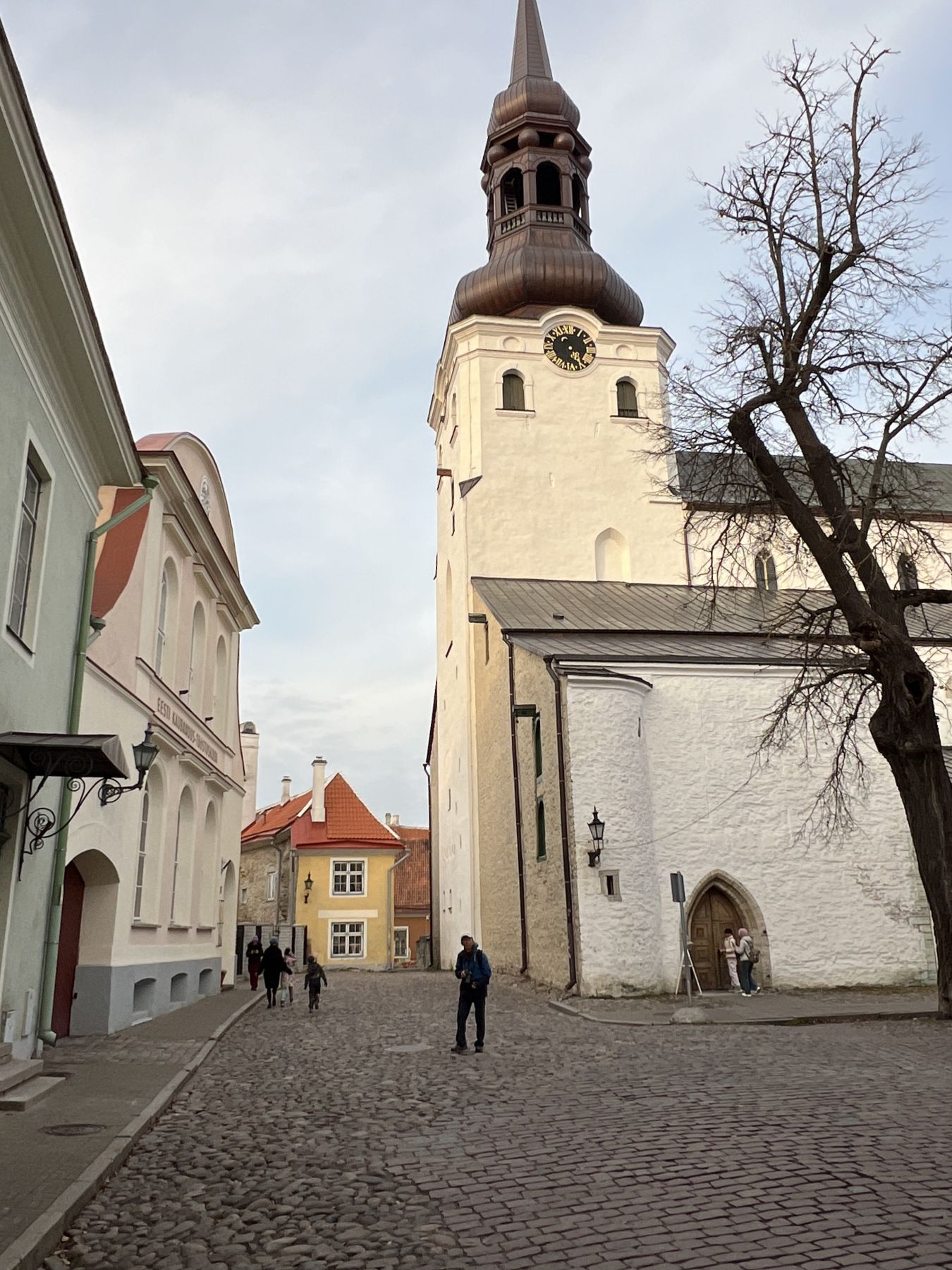
Any building you see the Estonian flag flying on (like that below), are governmental buildings.
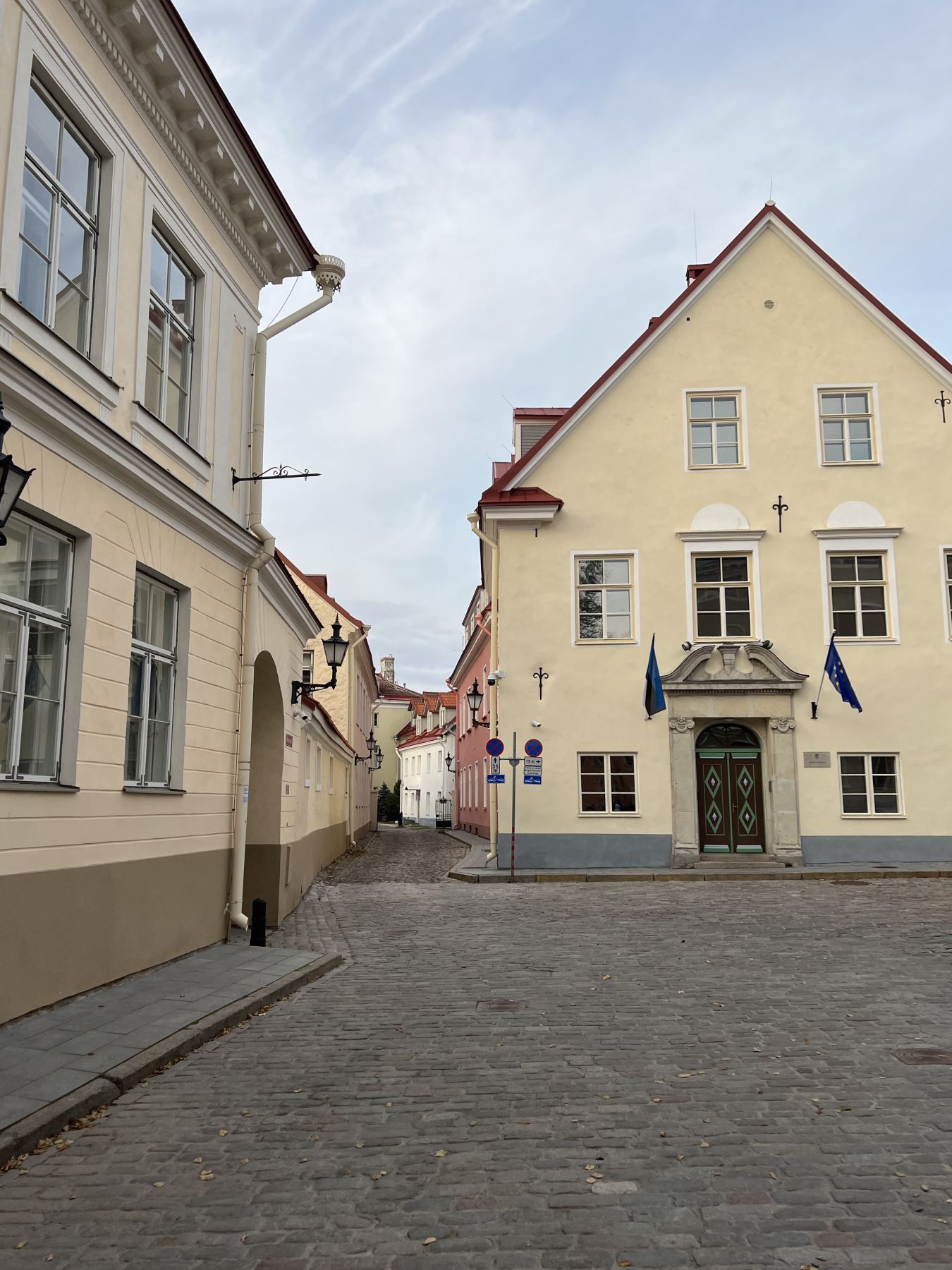
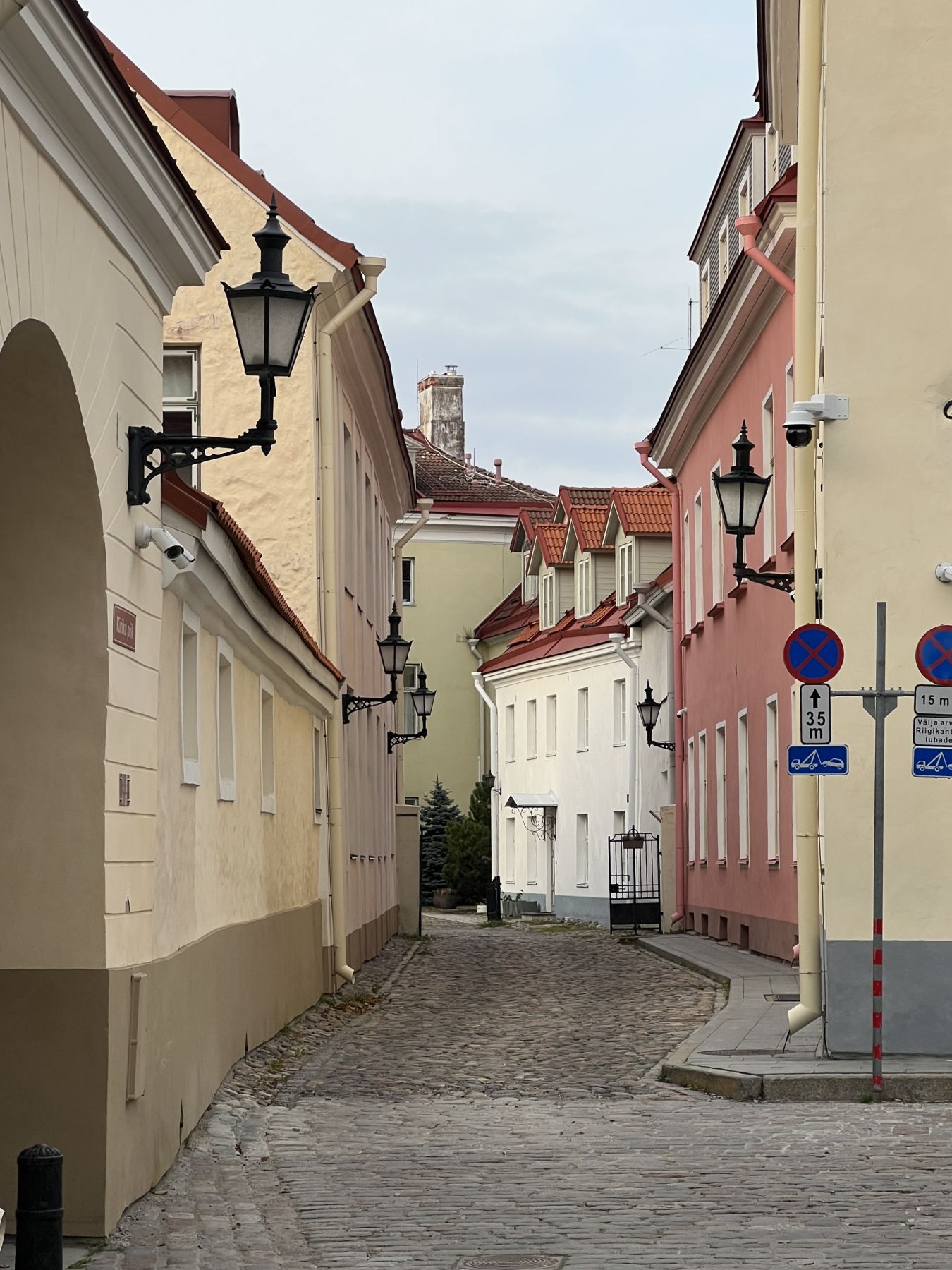
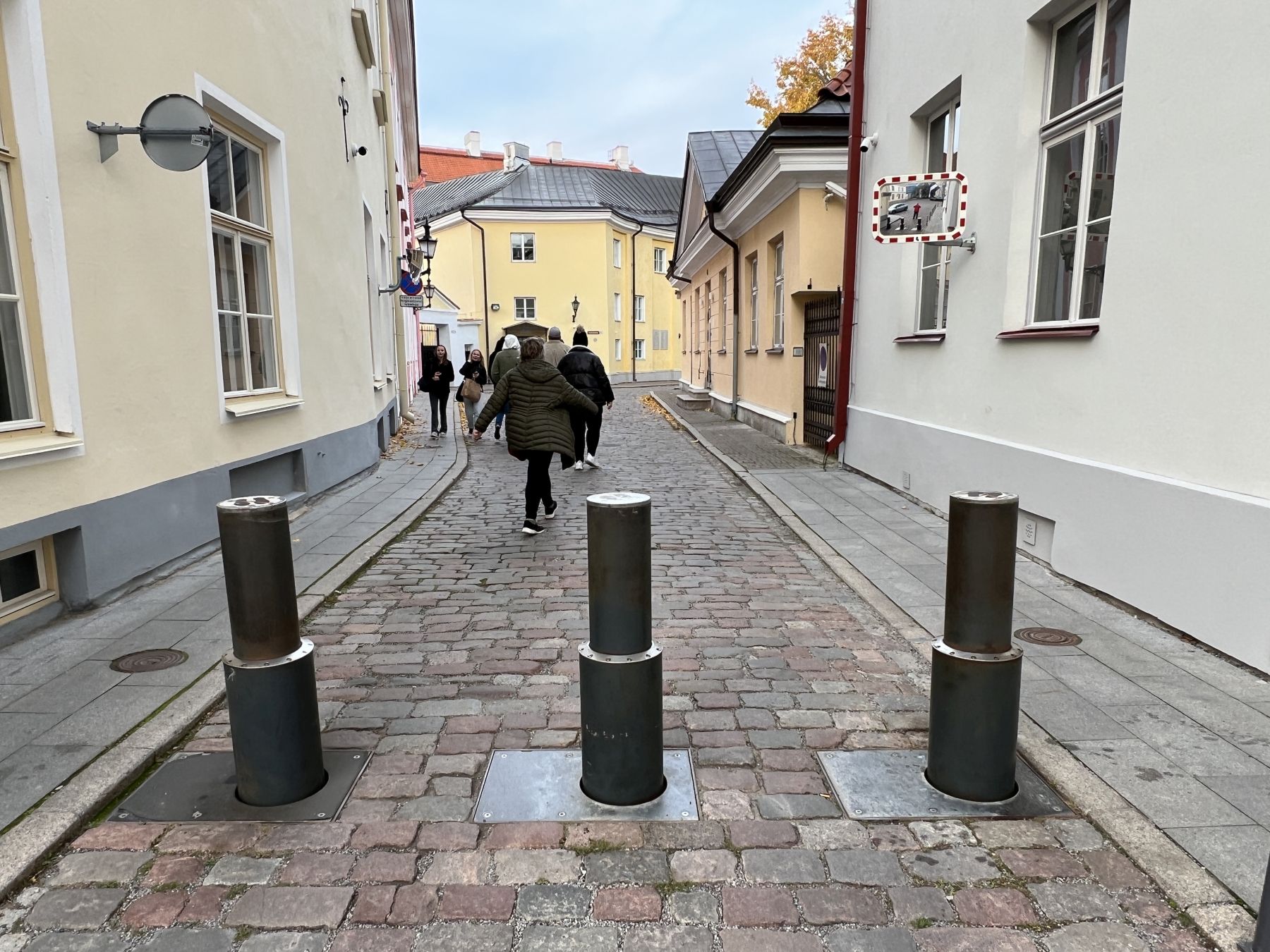
This yellow building below is the Presidents residence, which although there were cameras everywhere, and as you can see from the picture above restricted traffic into the area, it still felt weird that we could sight-see and walk right by his house.
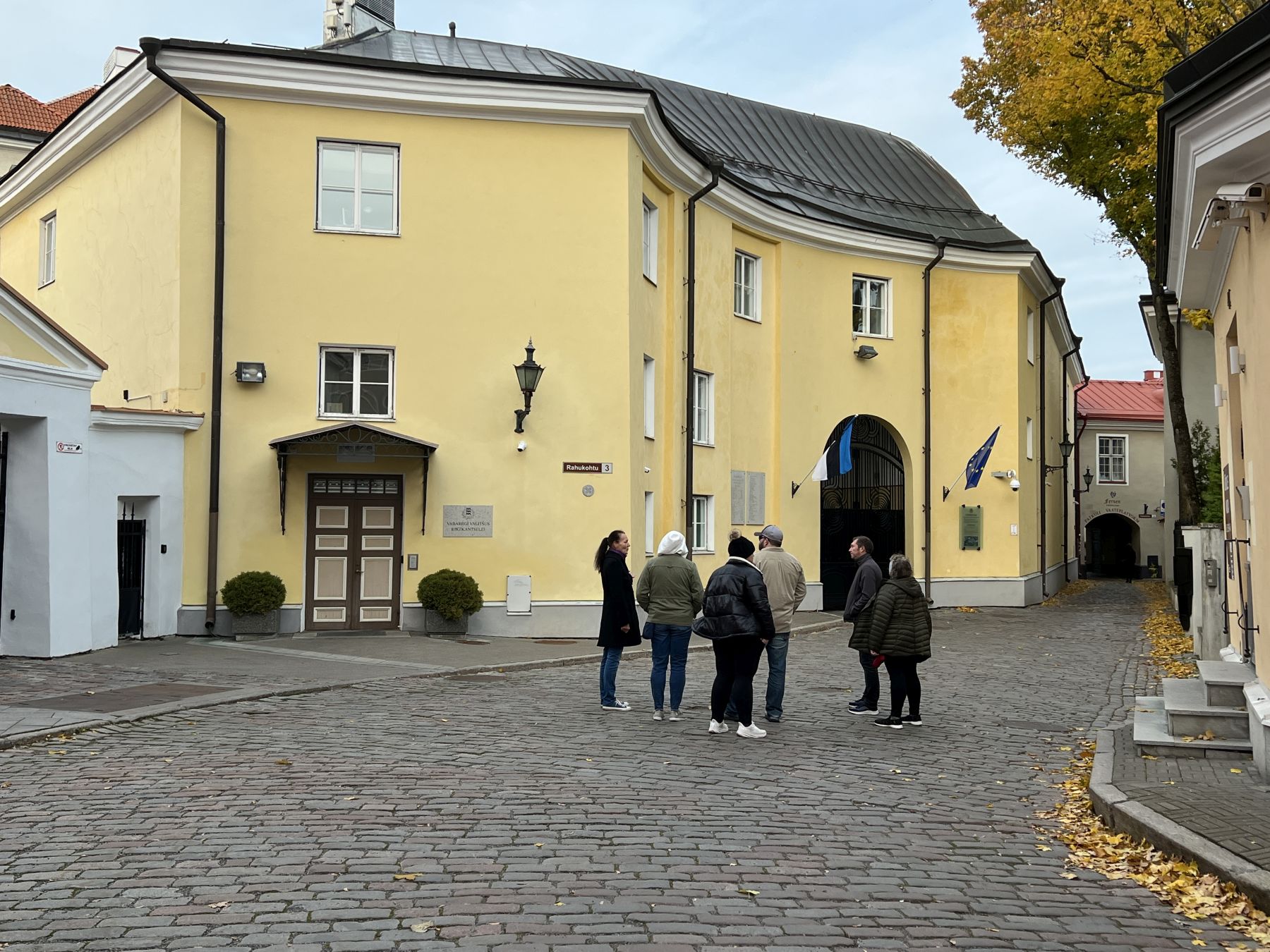
We eventually came to an overlook (which now you understand why we labeled this side of old town as “upper” old town), with wonderful views of the both old town and the city.
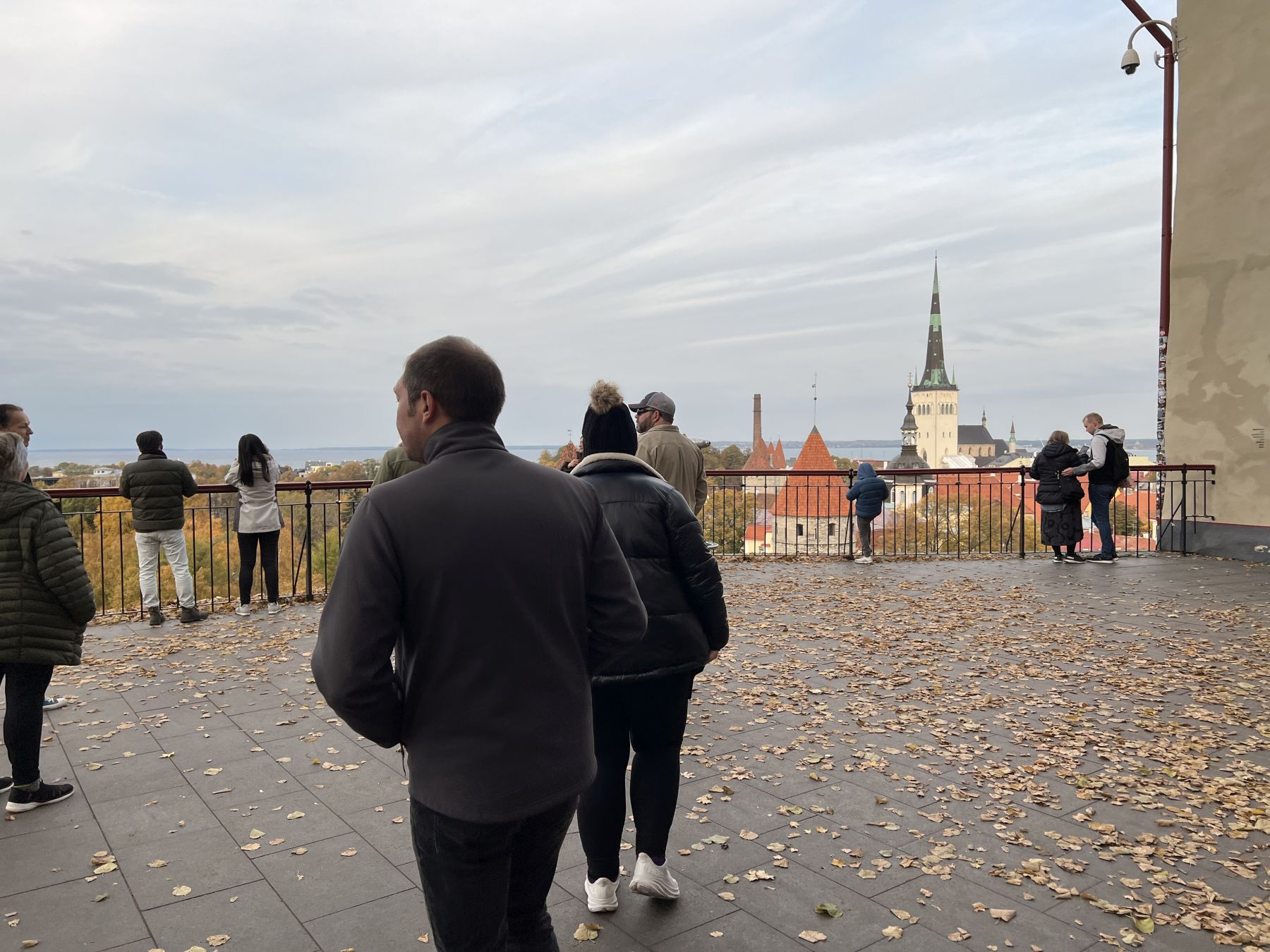
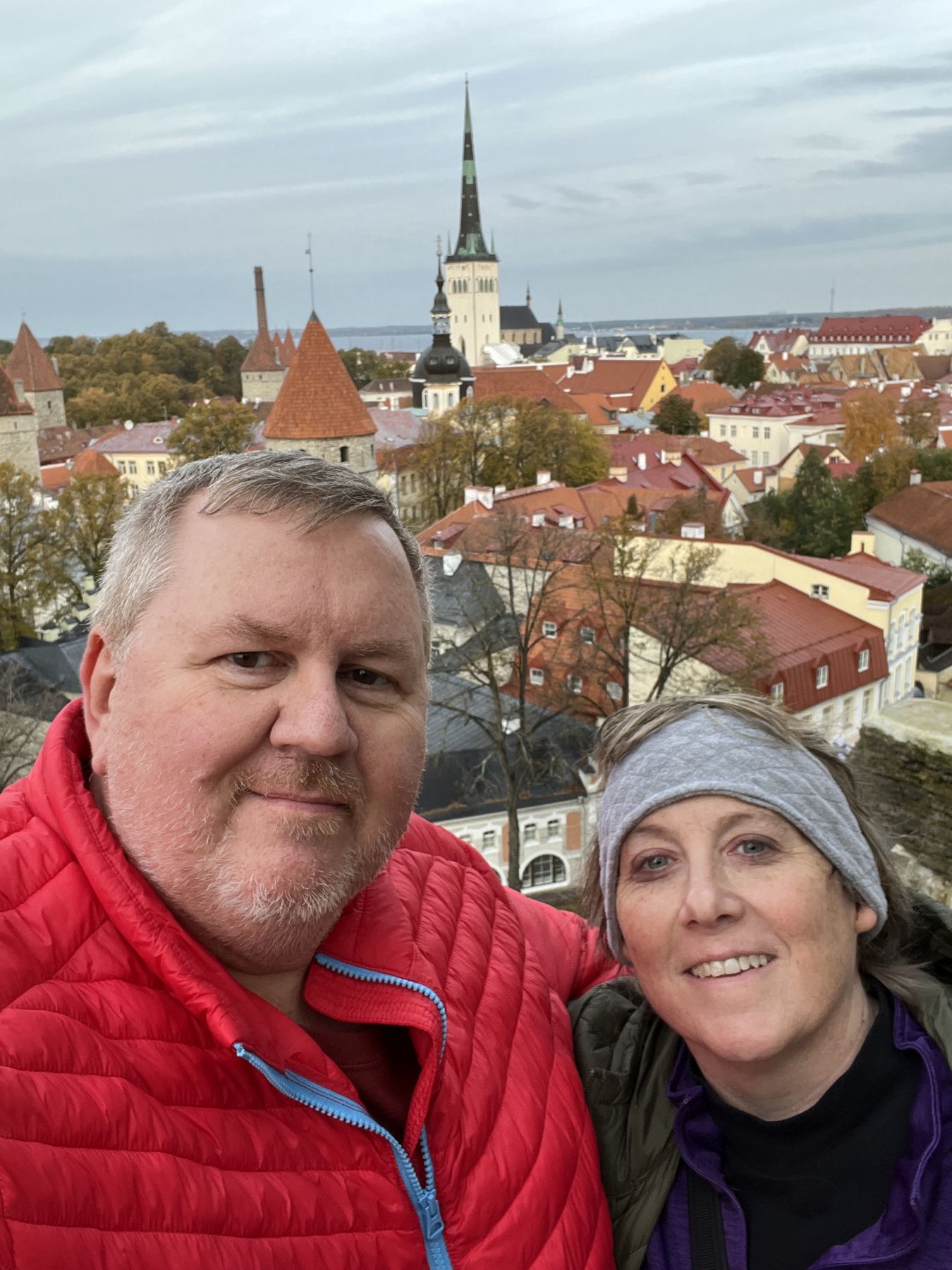
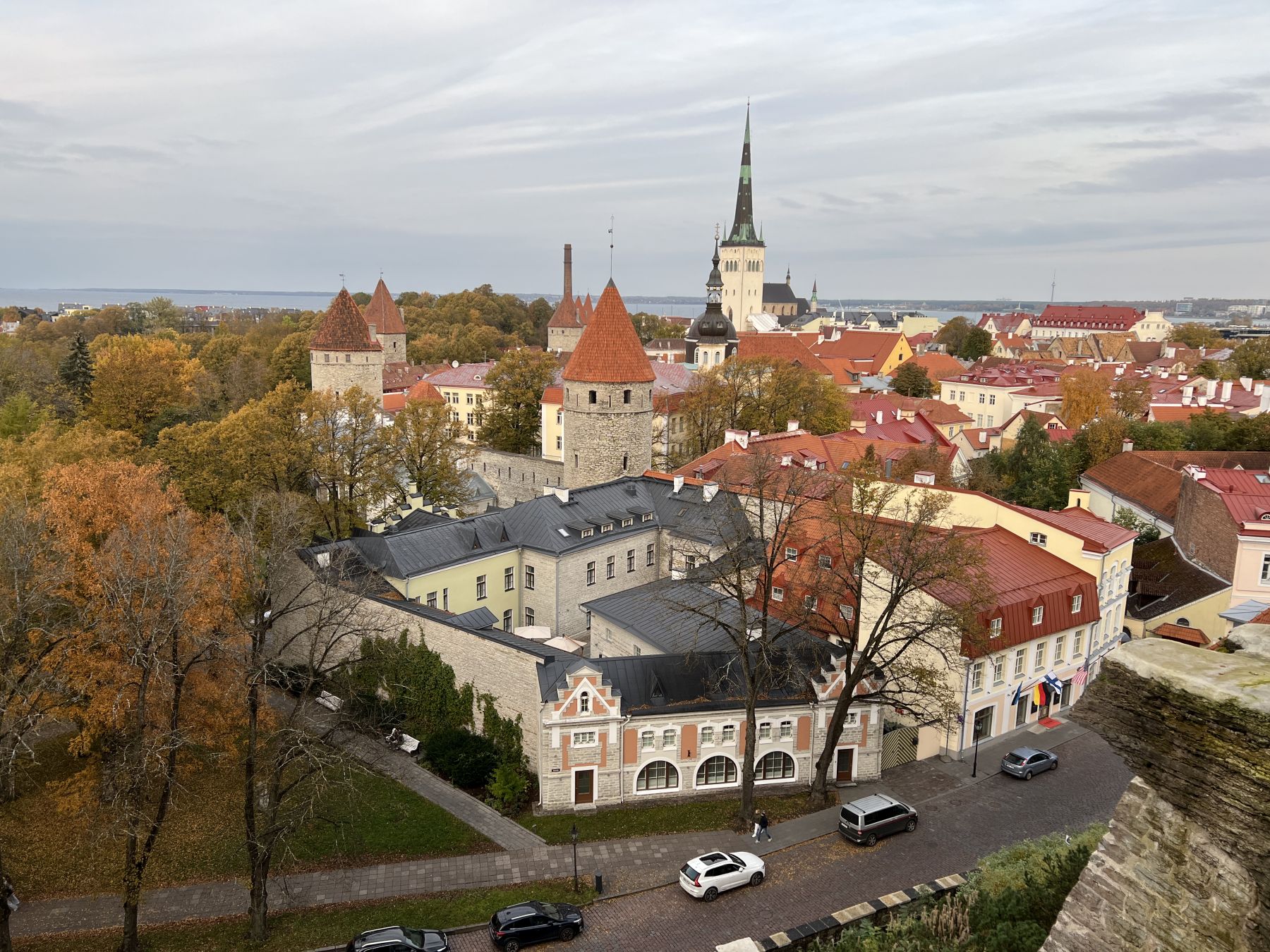
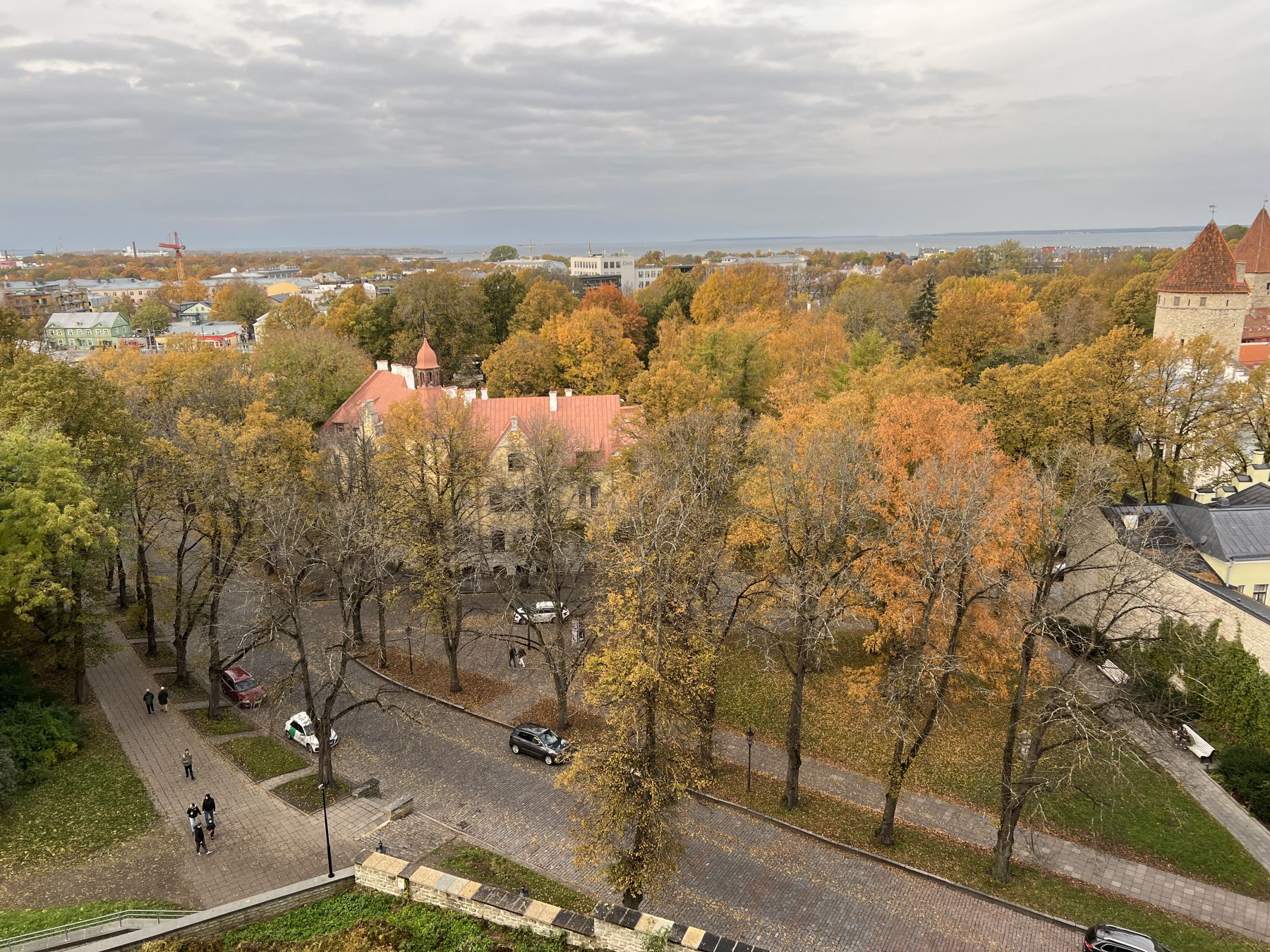
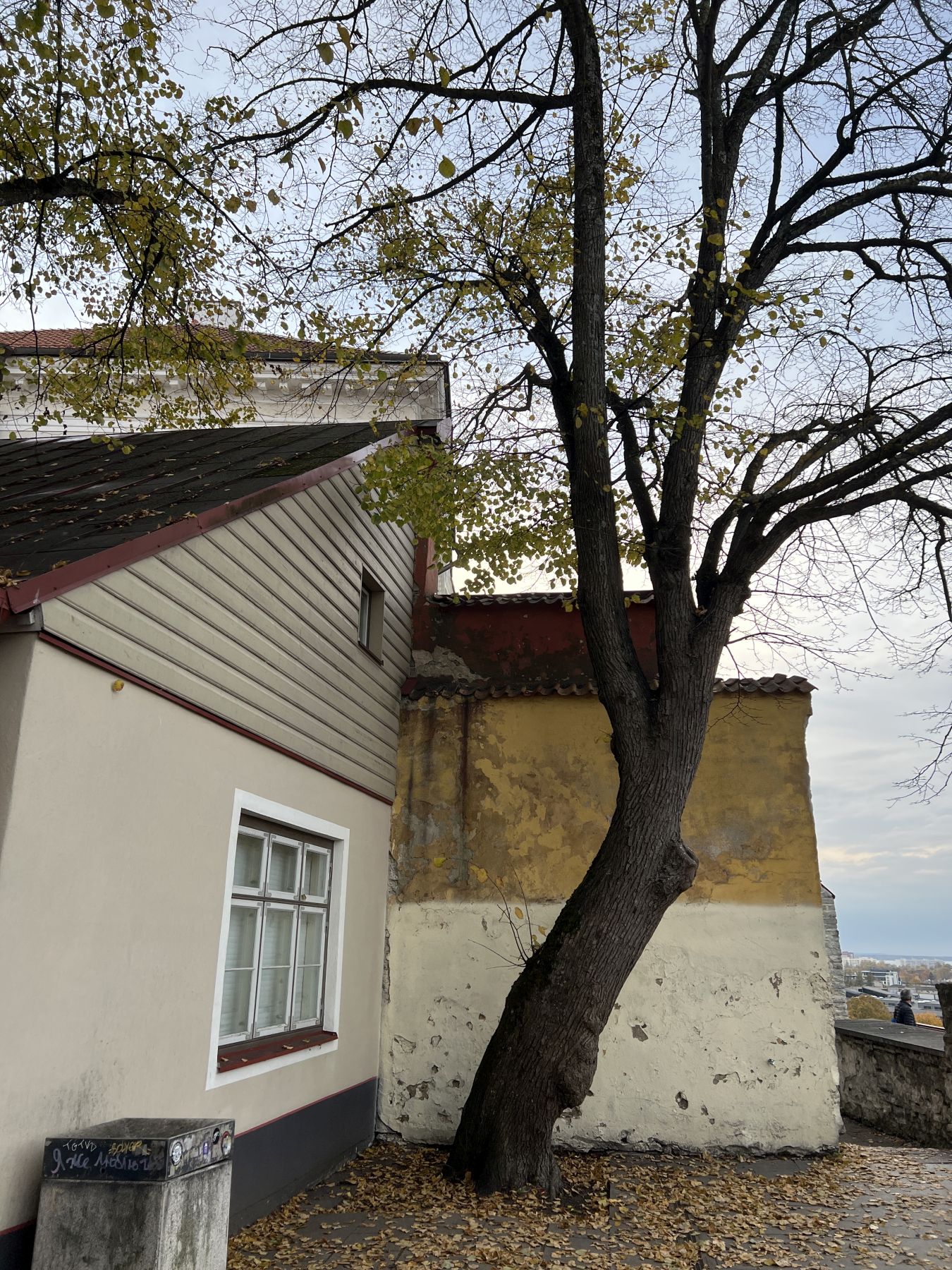
As we left the overlook plaza, we wandered back through more government buildings and residences until we once again reached the city walls, we entered through a different gate, into a very cool little plaza called The 3 Monks of the Danish Garden, which of course had 3 statues of monks. This garden was the birth place of the Danish flag.
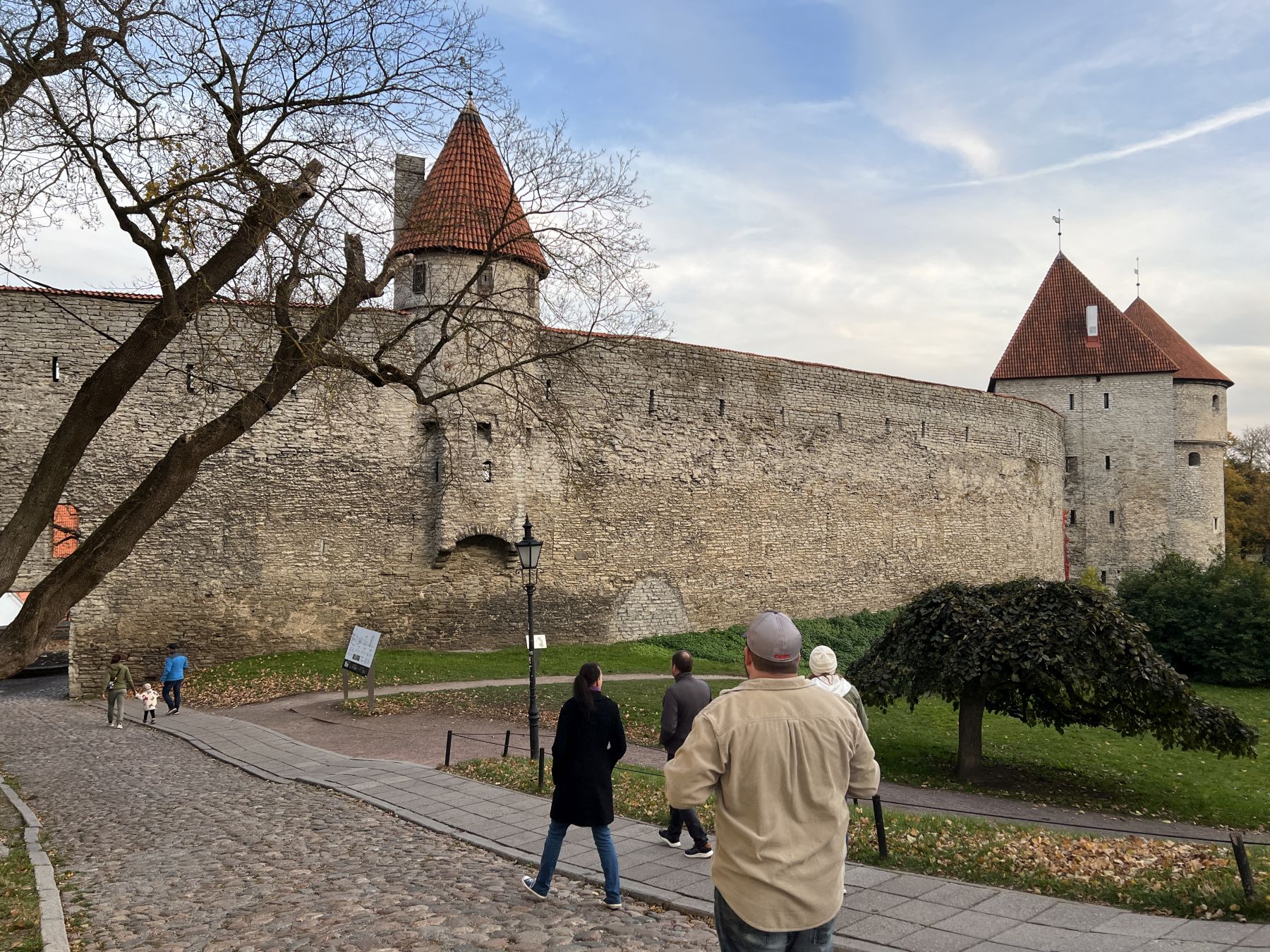
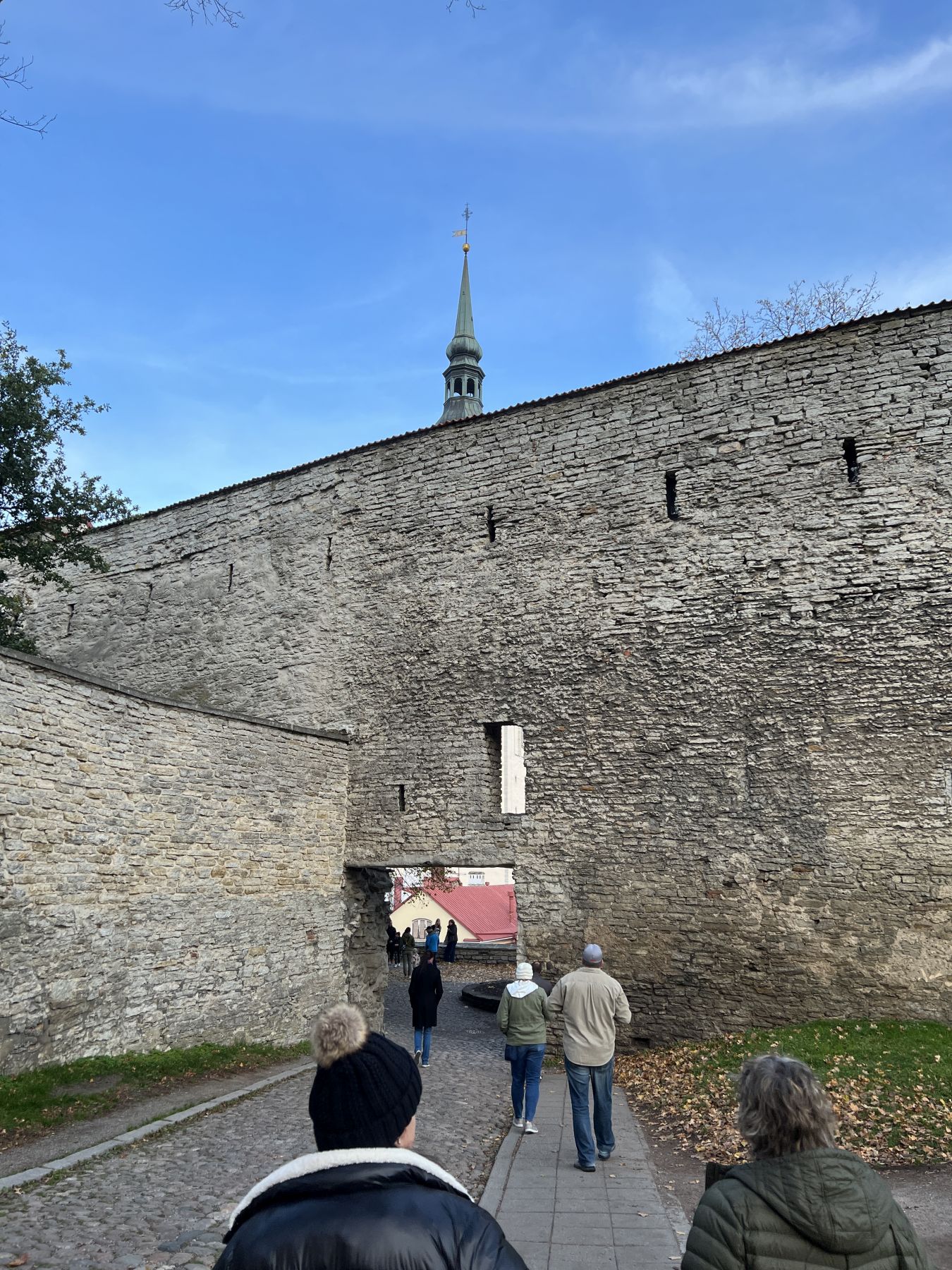
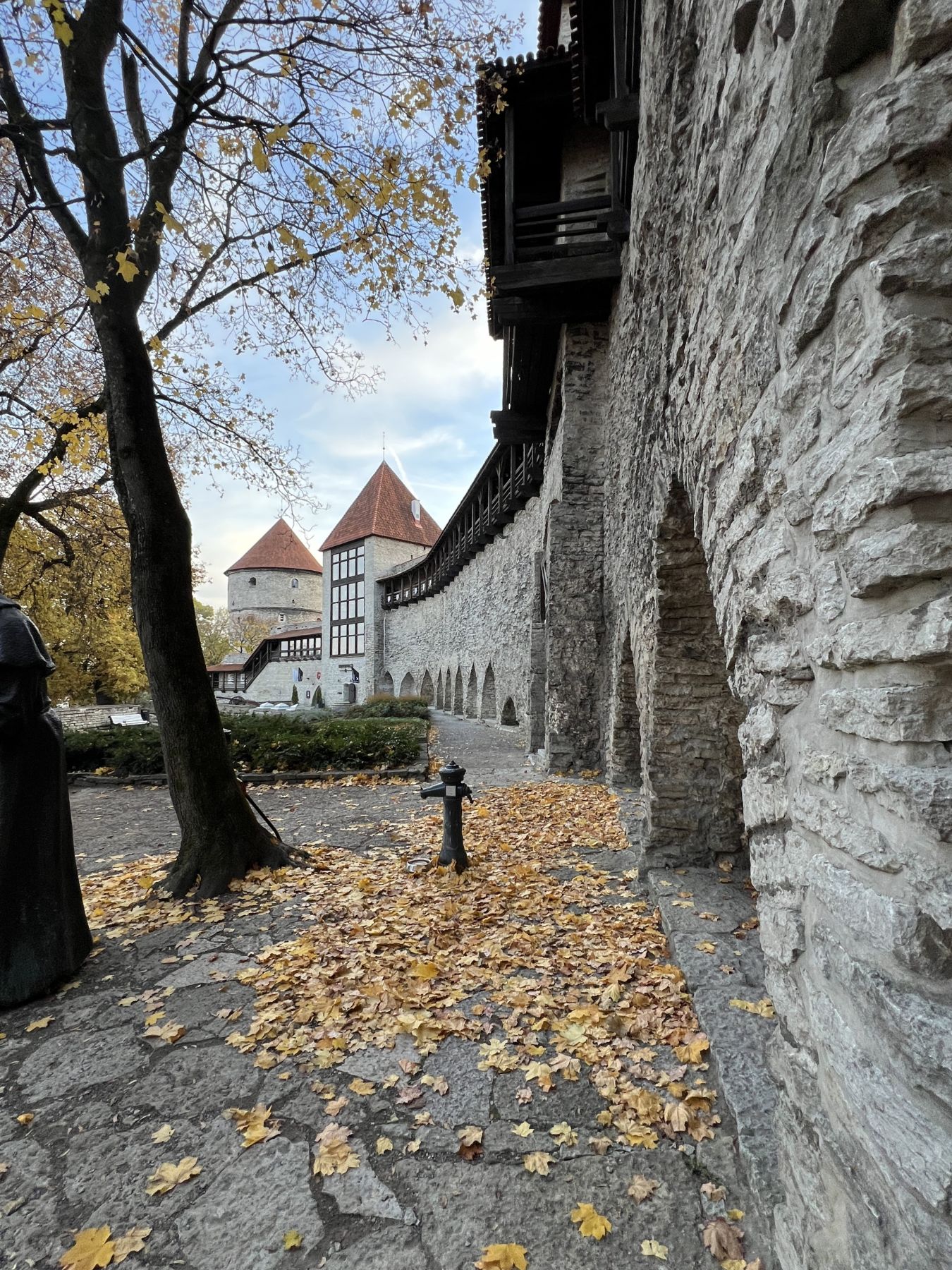
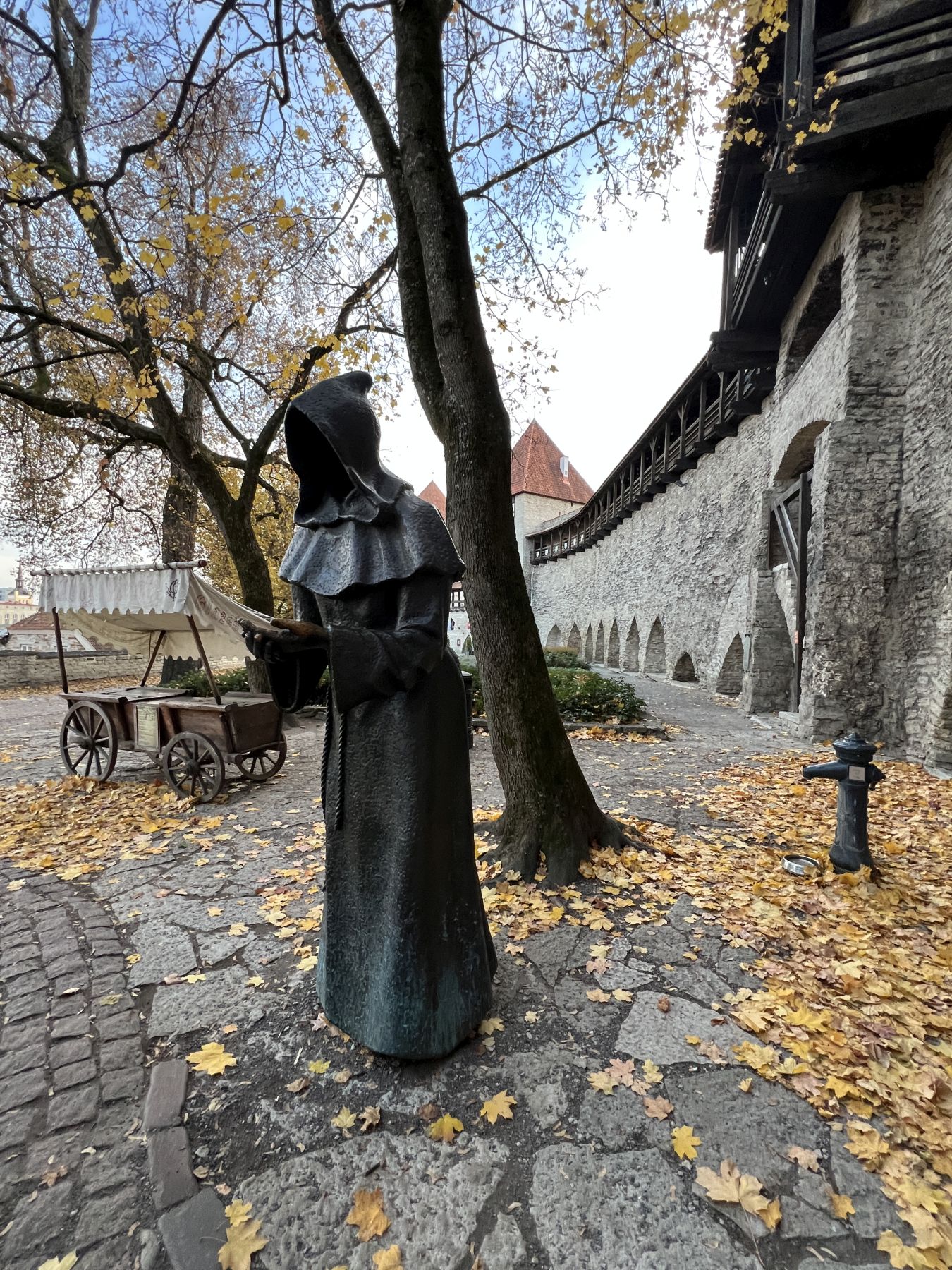
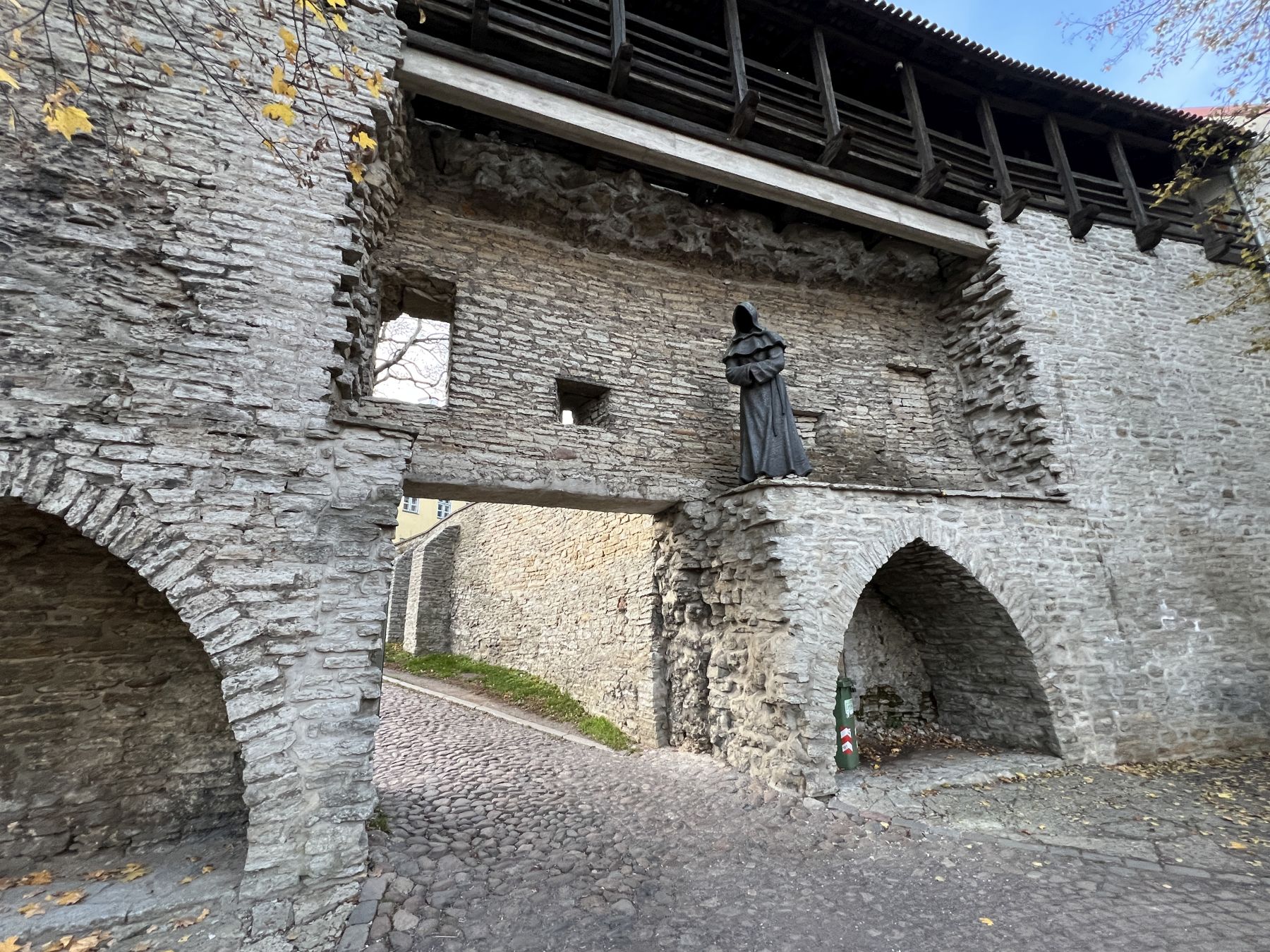

We then began our long walk back DOWN to “lower” old city, where our tour ended (roughly near the central square).
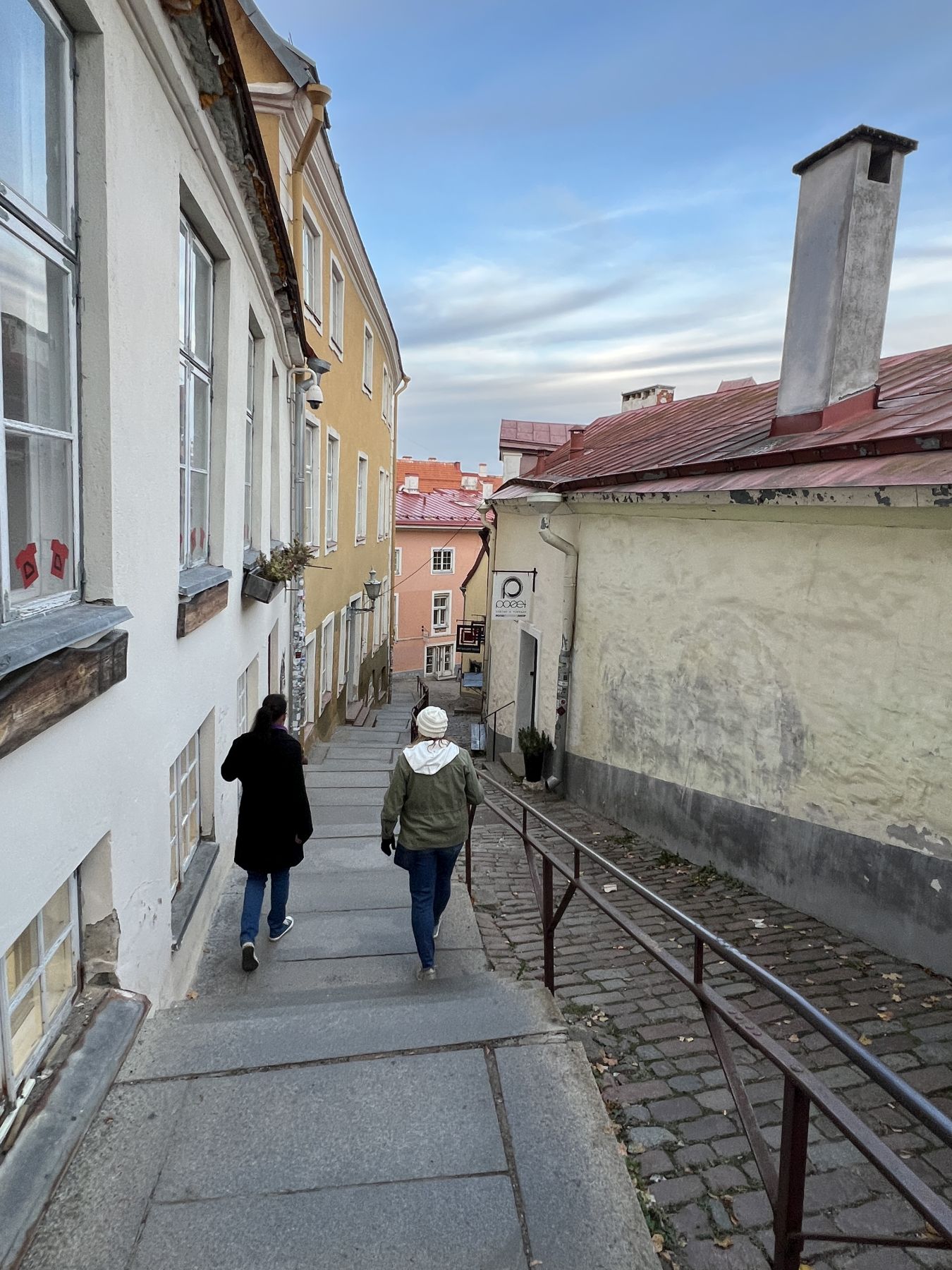
For dinner, we wandered back into the old town which is about a half mile from our hotel. The restaurant we chose was on the central square and had some unique offerings, such as wild boar and bear. Thankfully there were also normal selections like burger, pasta, and ribs.
Blake, who is the most adventuresome eater we know (described by Sondra as “Mikey”), ordered the bear. It was… um…. well….. He can say he ordered and has now had bear. Sondra and Jay can say they tried it. None will order bear again in the future. We couldn’t get confirmation, but we believe it was black bear.
After dinner we went to a different restaurant as their drink and dessert menu caught our eye. A shot of Vana Tallinn (Estonian liqueur, shared by 5 people, as always), a tiramisu, two crème brulees, and two lava cakes. After a relaxing and delicious dessert we headed back to the hotel.
Here are a few pictures of old town at night.
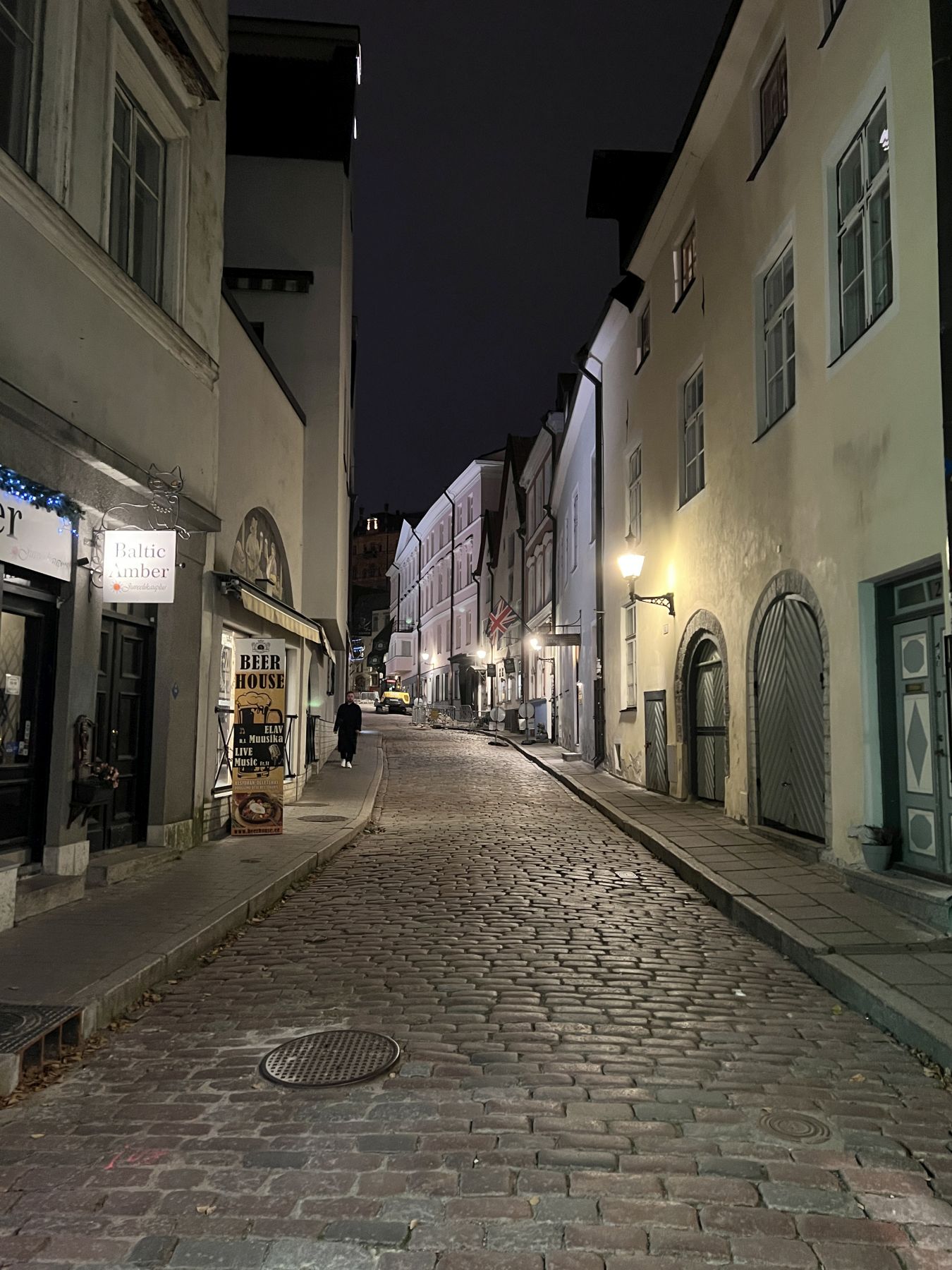
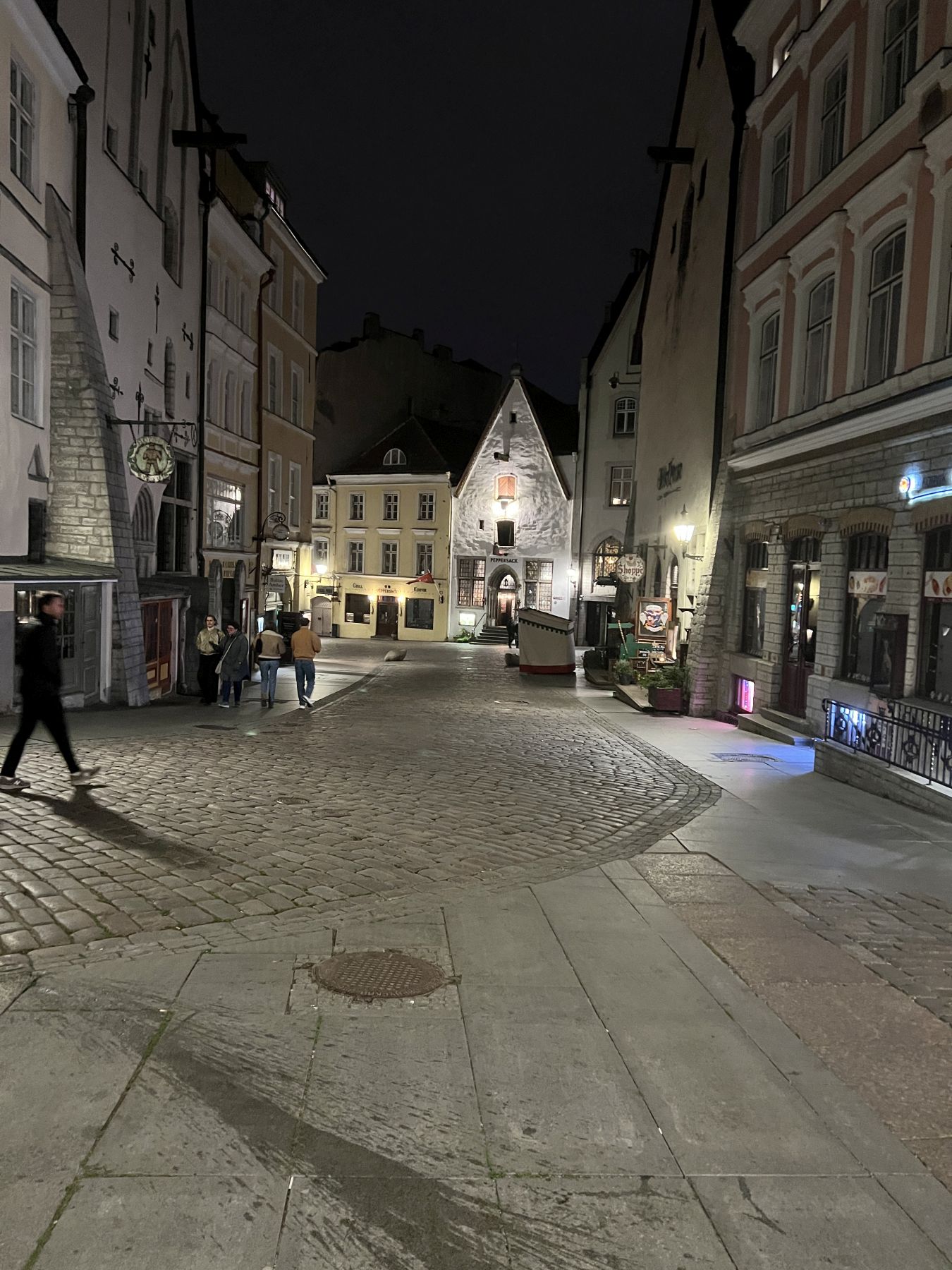
And a view of the square from the dessert restaurant.
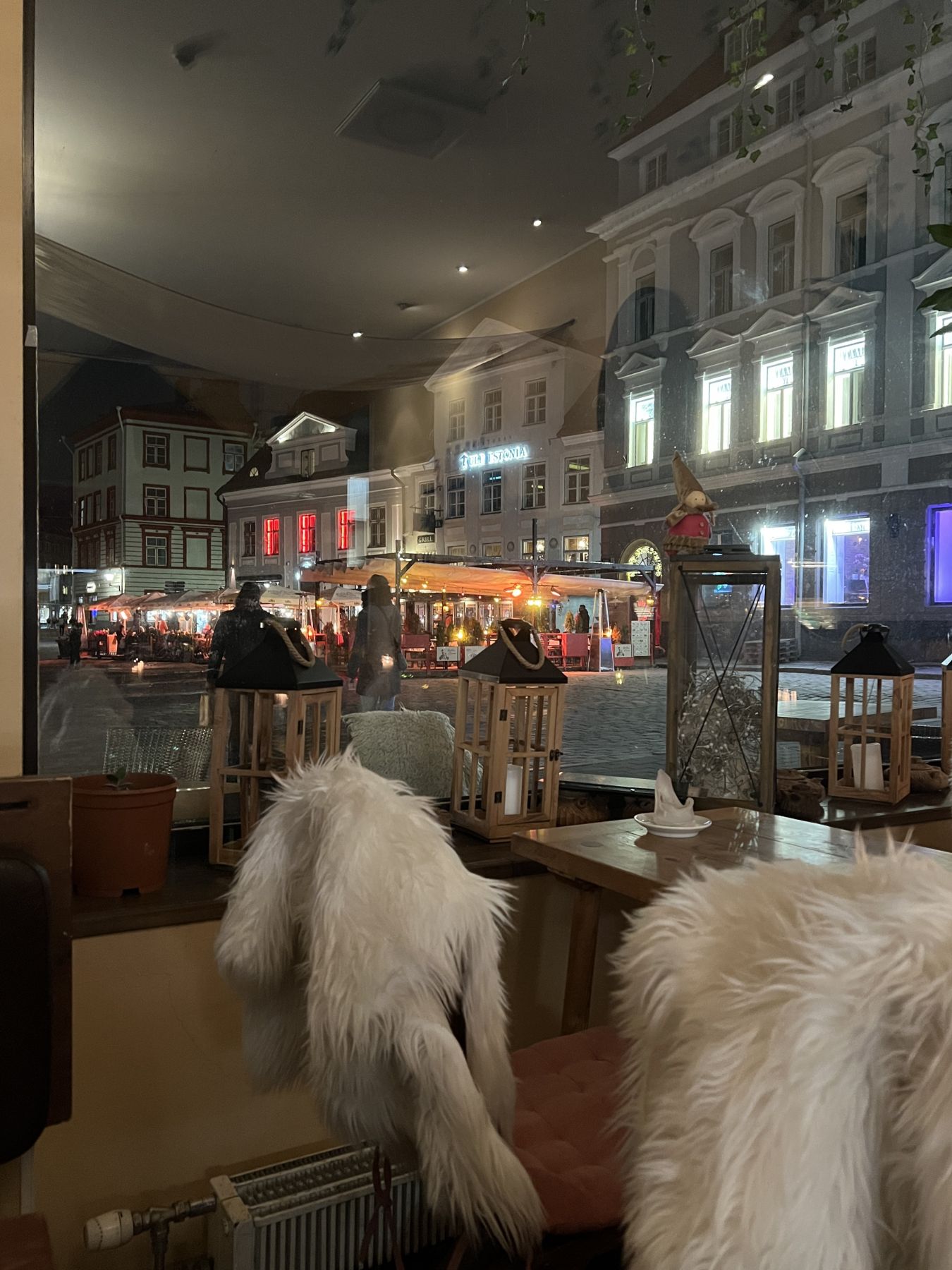
Tomorrow is a driving day, but we are sure it won’t be a slow day!l

Leave a reply